National Museum of Racing and HALL OF FAME











NOV 4 & 5
The Breeders’ Cup World Championships make their triumphant return to Keeneland on Nov 4 & 5. Great seats are still available, but won’t be for long. Buy yours today to secure your spot to witness the world’s top thoroughbreds at one of racing’s most iconic tracks. Your tickets are waiting — buy now before they’re gone.




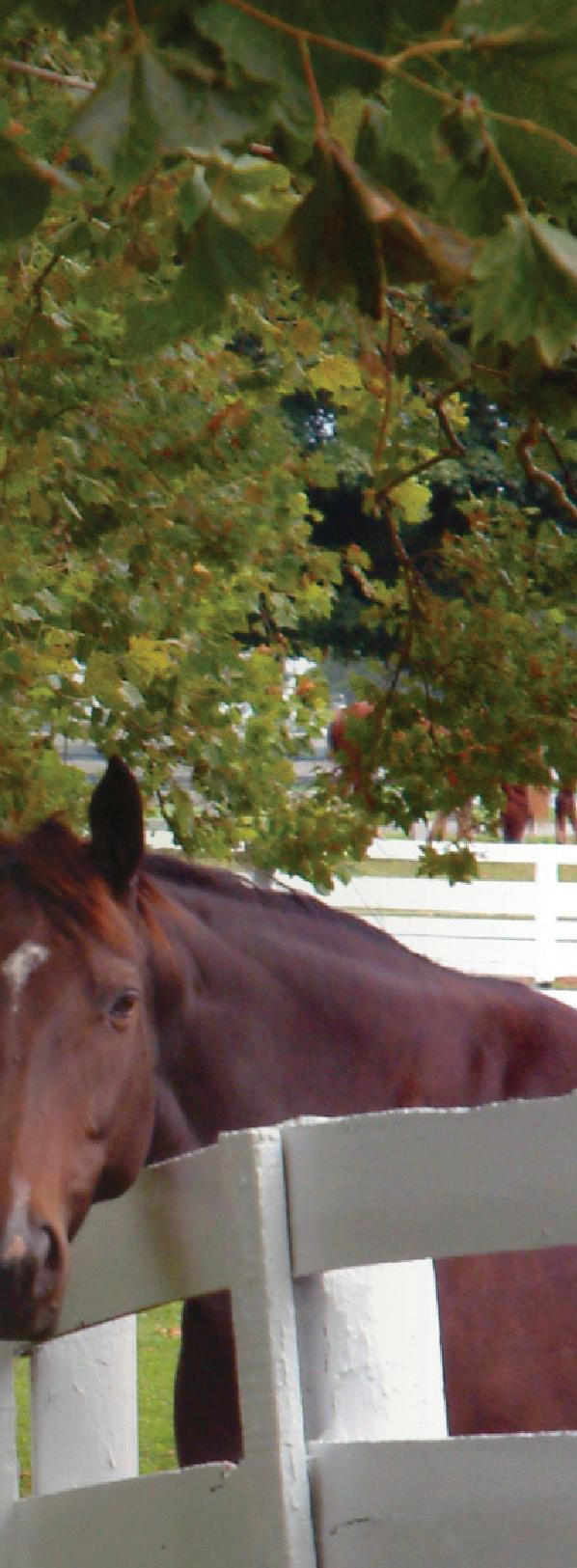

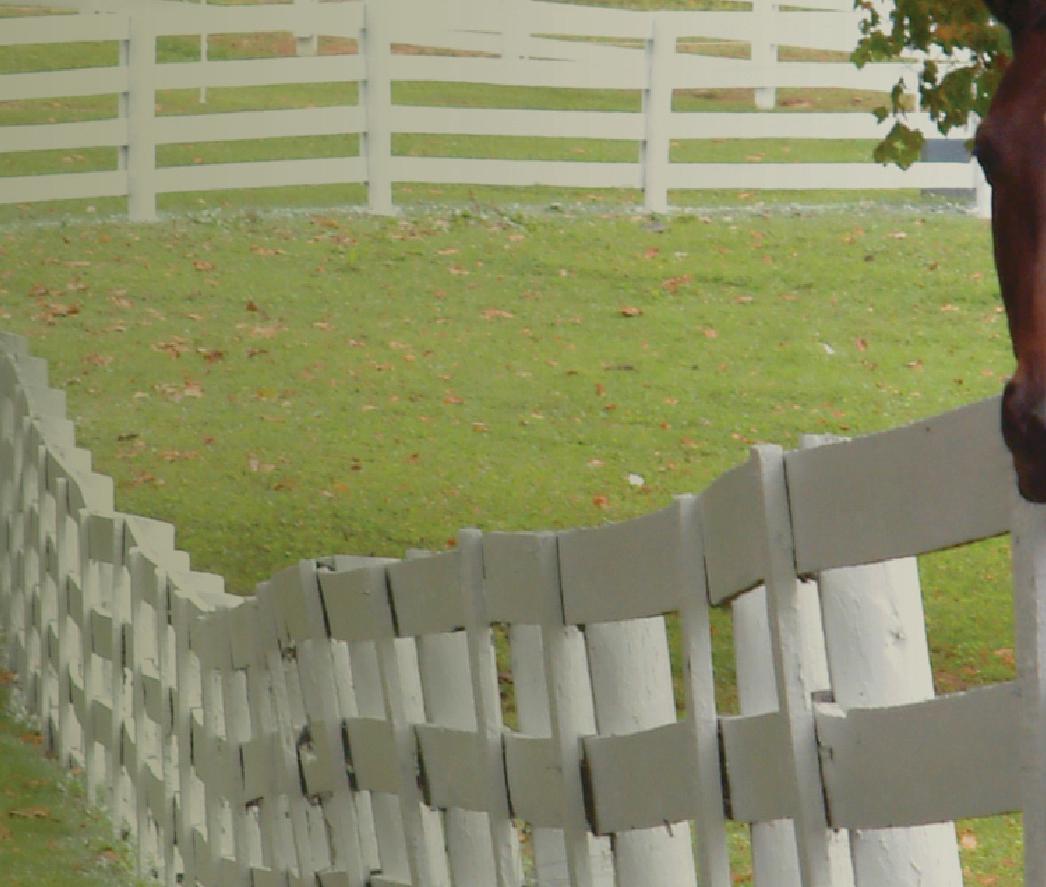
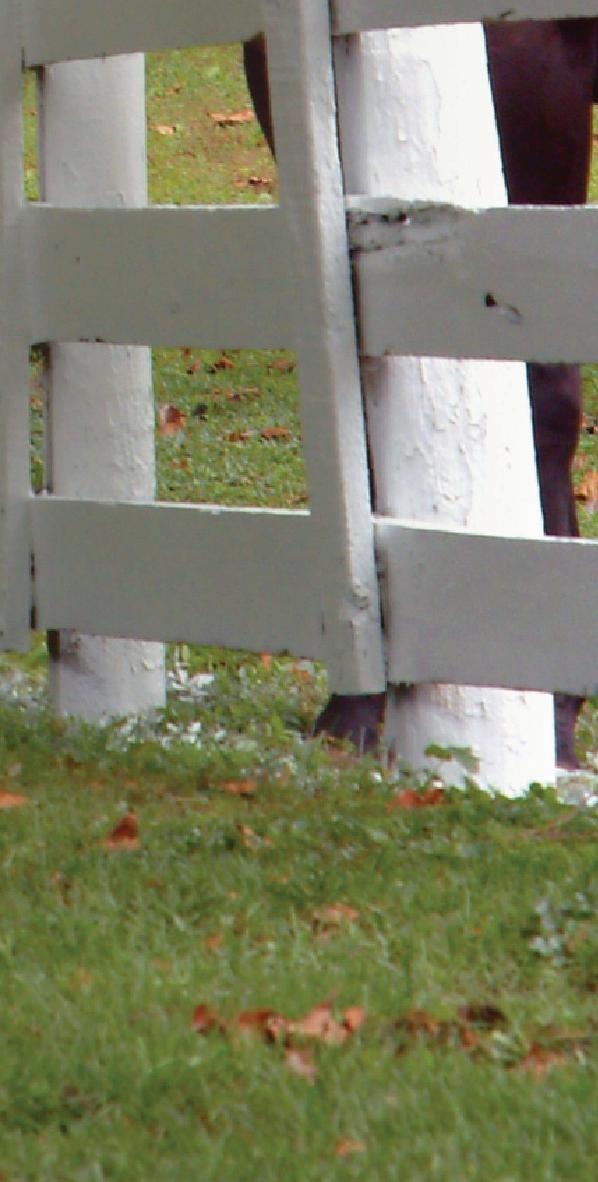













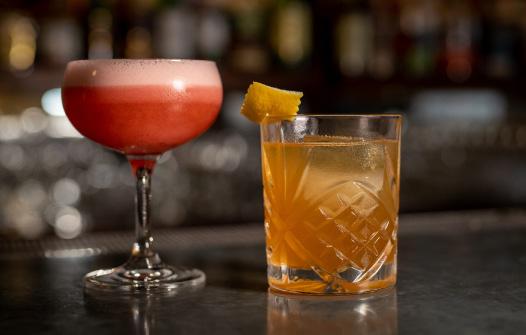


 Photo: Adam Coglianese
Photo: Adam Coglianese









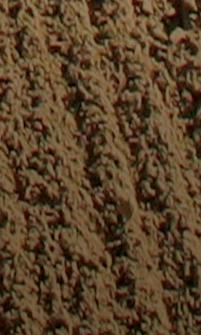


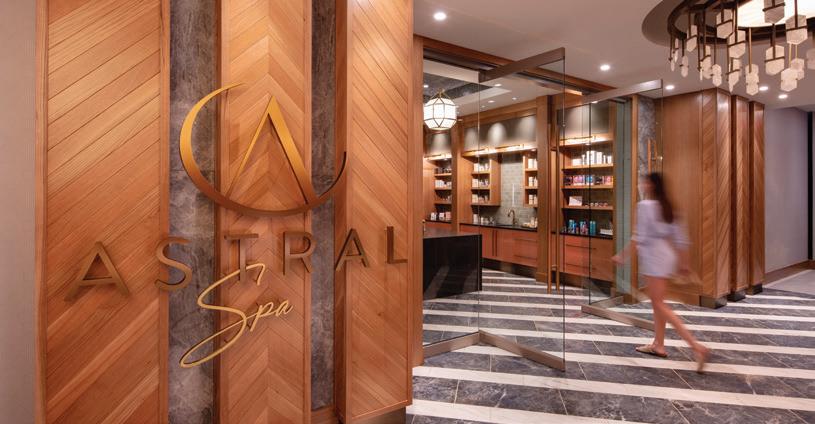







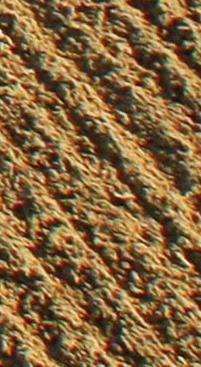






Executive Editor: Brien Bouyea
Creative Designer: Chris Mangini, chrismanginidesign.com
Contributing Editors: Edward L. Bowen, Michael Veitch
Contributing Writers: Brien Bouyea, Edward L. Bowen, Stephanie Luce, Michael Veitch





Advertising: Brien Bouyea, Cate Masterson
Special Thanks: Kelly Coffman, Edward Kip Hannon, Barbara D. Livingston, Bob Mayberger, Pat McDonough, Becky Ryder

Artwork and Photography Credits: See Page 160


NATIONAL MUSEUM OF RACING AND HALL OF FAME 191 Union Avenue

Saratoga Springs, NY 12866 (518) 584-0400 racingmuseum.org
Cate Masterson, Director
Brien Bouyea, Hall of Fame and Communications Director Cathi Jackson, Office Manager
Stephanie Luce, Collections Manager
Maureen Mahoney, Development Director Carolyn Potvin, Gift Shop Manager
Tim Raffile, Facilities Manager Jennifer Rickman, Operations Manager
Sarah Stellmann, Visitor Services Manager and Program Educator Michael Veitch, Historian
Tricia Warrens, Development and Membership Officer
John Hendrickson, President G. Watts Humphrey, Vice President
Debby Oxley, Vice President Richard Palmer, Vice President Daisy Phipps Pulito, Vice President Mike Rogers, Vice President Beverly Steinman, Vice President Stella F. Thayer, Vice President Lisa Troutt, Vice President Charlotte Weber, Vice President

Jeffrey
Price
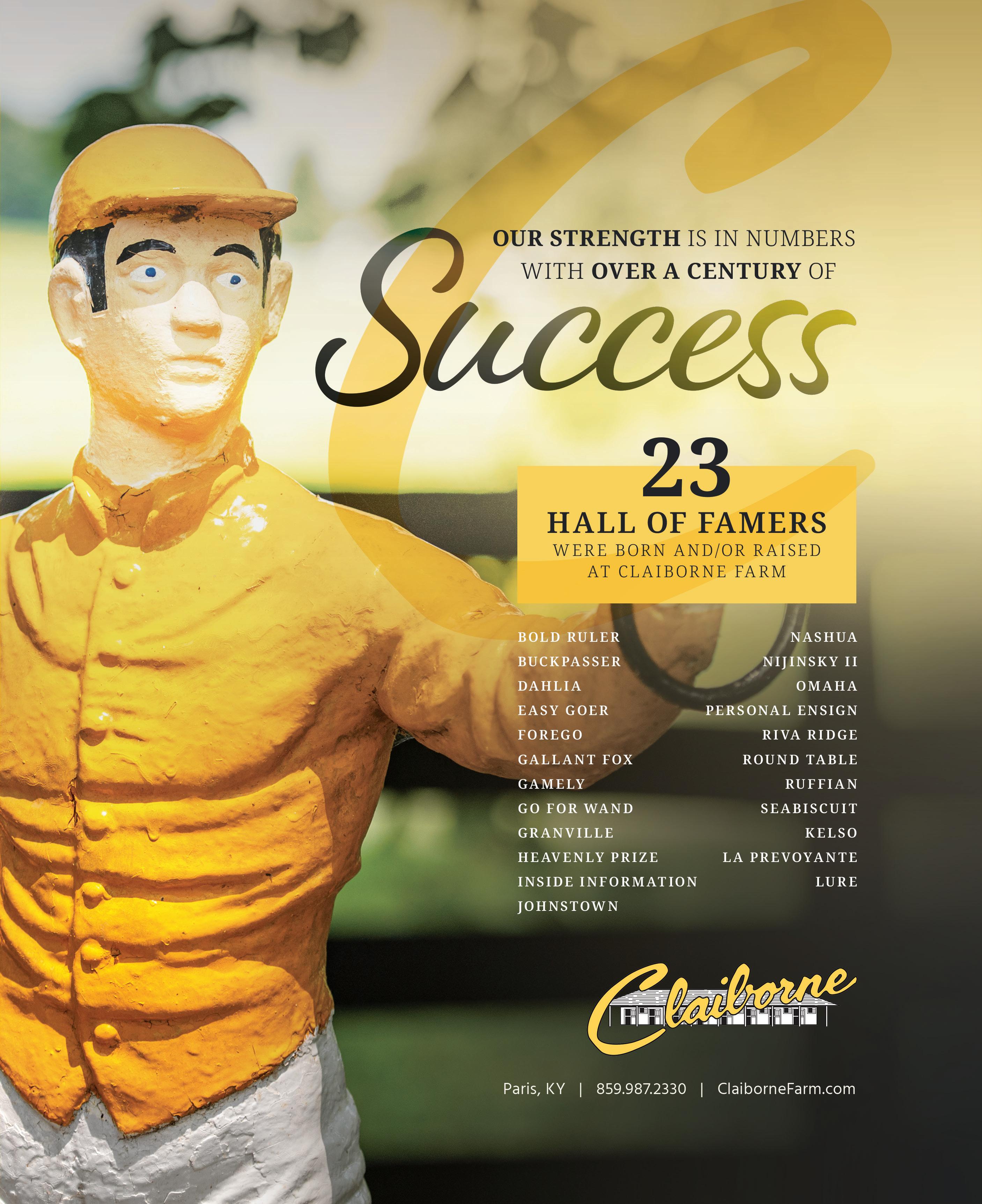
Museum of Racing and HALL OF FAME
20 Welcome to the National Museum of Racing and Hall of Fame
26 History of the National Museum of Racing and Hall of Fame
By Edward L. Bowen, Hall of Fame Nominating Committee Chairman
40 Hall of Fame Horses
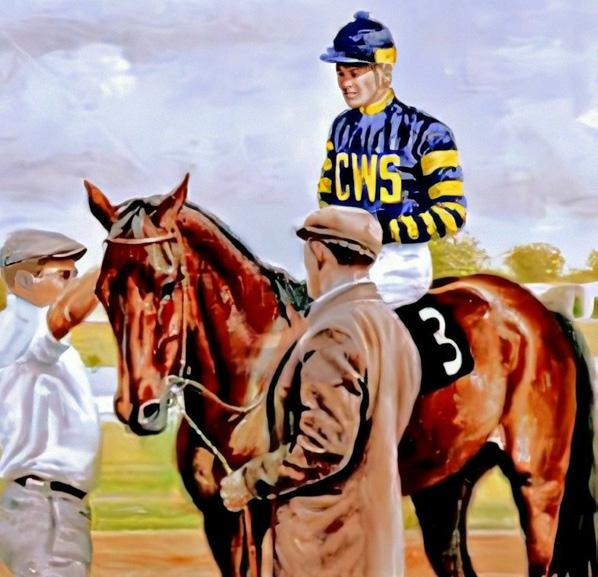

50 Beholder, Hall of Fame Class of 2022

By Brien Bouyea, Hall of Fame and Communications Director
58 Tepin, Hall of Fame Class of 2022

By Brien Bouyea, Hall of Fame and Communications Director
66 Hillsdale, Hall of Fame Class of 2022
By Brien Bouyea, Hall of Fame and Communications Director
72 Royal Heroine, Hall of Fame Class of 2022
By Brien Bouyea, Hall of Fame and Communications Director
78 Hall of Fame Jockeys
84 Hall of Fame Trainers
88 Oscar White, Hall of Fame Class of 2022
By Michael Veitch, Museum Historian
94 Hall of Fame Pillars of the Turf
96 James Cox Brady, Hall of Fame Class of 2022
By Edward L. Bowen, Hall of Fame Nominating Committee Chairman
102 Marshall Cassidy, Hall of Fame Class of 2022
By Edward L. Bowen, Hall of Fame Nominating Committee Chairman


108 James Ben Ali Haggin, Hall of Fame Class of 2022
By Brien Bouyea, Hall of Fame and Communications Director
The Paintings of Richard Stone Reeves will be on exhibition in the National Museum of Racing and Hall of Fame’s Link Gallery through Dec. 31, 2022. Portraits of Hall of Fame members Cicada, Exceller, Gallorette, Ruffian, Susan’s Girl, and Sword Dancer are among those featured in the exhibit. The Museum has a total of 20 paintings by Reeves in the Permanent Collection.




114 Secretariat: Celebrating the 50th anniversary of his 2-year-old Horse of the Year campaign


By Brien Bouyea, Hall of Fame and Communications Director
122 Walter Miller: Remembering one of the early 20th century’s greatest jockeys

By Brien Bouyea, Hall of Fame and Communications Director
128 Edward D. Brown: Hall of Fame trainer overcame long odds to reach racing’s pinnacle




By Brien Bouyea, Hall of Fame and Communications Director
132 Museum Exhibition Spotlight: The Paintings of Richard Stone Reeves
By Edward L. Bowen, Hall of Fame Nominating Committee Chairman



140 Museum Exhibition Spotlight: Jim Raftery: A Turfotos Retrospective

By Stephanie Luce, Museum Collections Manager
147 Joe Hirsch Media Roll of Honor
148 Photo Finish: Selections from the Museum’s Juried Photography Exhibition


When it comes to horses,

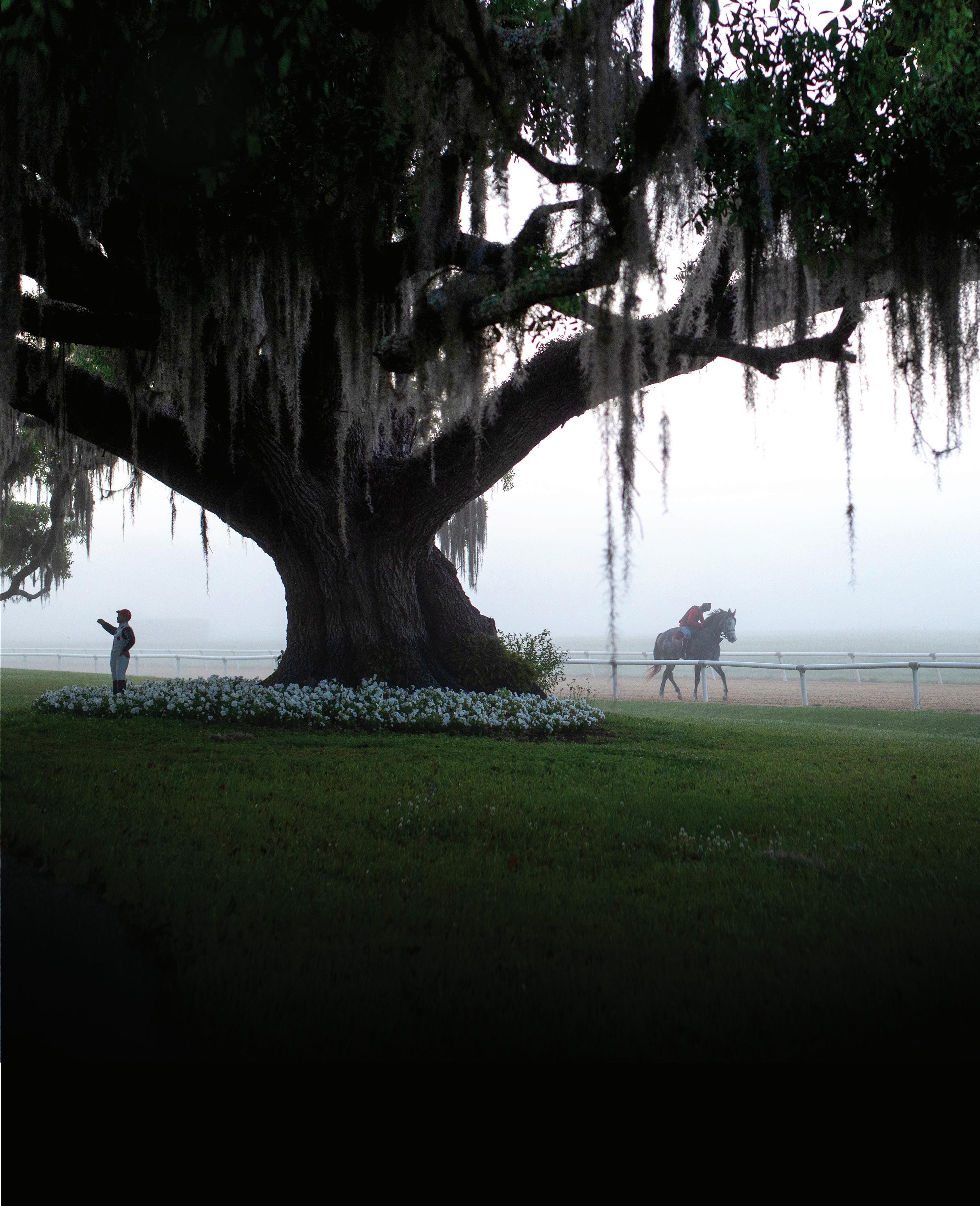
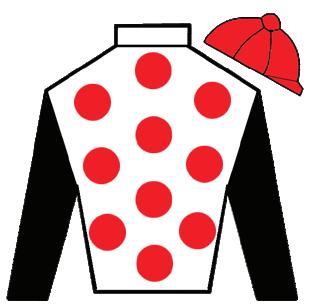





Located in Saratoga Springs, New York, home of the fabled Saratoga Race Course, the National Museum of Racing and Hall of Fame has been chronicling and promoting thoroughbred racing’s rich history for more than 70 years. Established in 1950, the Museum was initially housed within the Canfield Casino in Congress Park before moving to its permanent home on Union Avenue in 1955.
Throughout its history, the Museum has preserved and interpreted the full spectrum of thoroughbred racing in America and honored the sport’s
greatest achievers with racing’s most coveted and prestigious honor — enshrinement in the Hall of Fame.

The Museum features arguably the world’s finest collection of equine art, numerous comprehensive historical exhibits emphasizing prestigious trophies and artifacts, and a variety of interactive displays that convey the excitement of thoroughbred racing and educate fans of all ages. A stateof-the-art Hall of Fame featuring the immersive signature film “What It Takes: Journey to the Hall of Fame” opened to the public in 2020.
As of Hall of Fame Induction Day 2022, the Museum’s Hall of Fame
Gallery includes the interactive plaques and details the tremendous accomplishments of 220 thoroughbreds, 108 jockeys, 101 trainers, and 41 Pillars of the Turf. This year, the Hall of Fame will induct the racehorses Beholder, Royal Heroine, and Tepin; trainer Oscar White; and Pillars of the Turf James Cox Brady, Marshall Cassidy, and James Ben Ali Haggin.

The 2022 induction ceremony will be held at the Fasig-Tipton Sales Pavilion on Friday, Aug. 5. For more information on the ceremony, please visit www.racingmuseum.org.
We also invite you to experience the Museum’s newest exhibits: The Paintings of Richard Stone Reeves (Link Gallery, through December); Jim Raftery: A Turfotos Retrospective (von Stade Gallery, through September); the 4th annual Photo Finish: Juried Photography Exhibition (von Stade Gallery, opening in November); and Betting on America, a wide-ranging exploration of the immigrants who have achieved American racing’s highest honor of being inducted into the Hall of Fame (McBean Gallery).
We look forward to seeing you at the Museum.








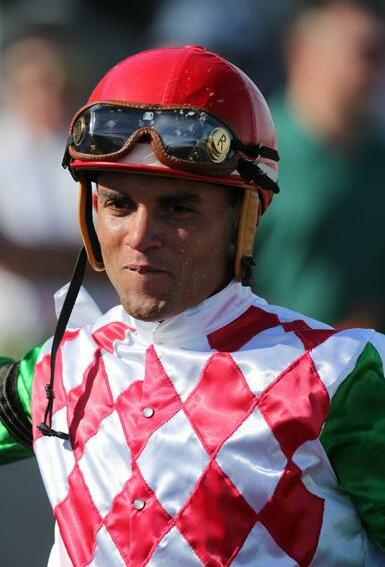
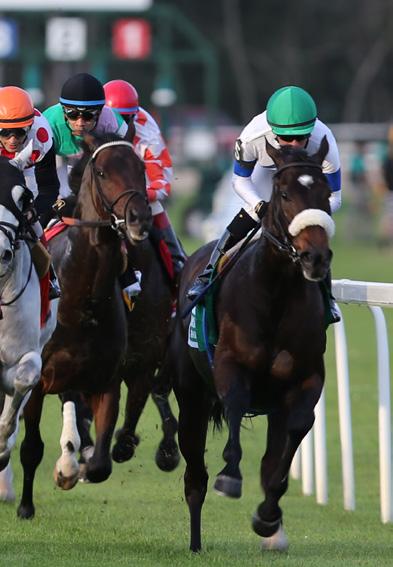




















Since 1950, the National Museum of Racing and Hall of Fame has chronicled, honored, and promoted the sport of thoroughbred racing
 BY EDWARD L. BOWEN Hall of Fame Nominating Committee Chairman
BY EDWARD L. BOWEN Hall of Fame Nominating Committee Chairman
ed by Cornelius Vanderbilt Whitney, a group of people prominent within the sport of thoroughbred racing founded the National Museum of Racing in 1950. The Museum’s location of Saratoga Springs, New York, home of the oldest thoroughbred racetrack in America, proved to be an ideal setting. On Aug. 6, 1951, amid a great deal of fanfare, the Museum made its public debut in a temporary location at the Canfield Casino in Congress Park.
“The long-range purpose,” Whitney said at the opening in the famous old casino, originally opened by John Morrissey in 1870, “is to build a permanent home for the important memorabilia for the sport whose beginnings in this country antedate by 100 years or more the United States of America.”


Joining Whitney in the founding group that signed the charter for the Museum were Carleton F. Burke, Kenneth K. Burke, John C. Clark, Nelson Dunstan, Donald P. Ross, F. Skiddy von Stade, John Hay Whitney, and
The first gift for the Museum project was $5,000 from the Saratoga Association,which owned and operated Saratoga Race Course. Harold O. Vosburgh, a steward for the Saratoga Association, donated the first piece of memorabilia, a shoe from the legendary horse Lexington.
The Museum has evolved with the times while staying true to its core concepts — preserving and promoting the history of thoroughbred racing in America and honoring its most accomplished participants with induction into the Hall of Fame. A major project was completed in 2020, when a dynamic new Hall of Fame and Race Day Gallery opened to the public. The new Hall of Fame includes the immersive signature film “What It Takes: Journey to the Hall of Fame,” which is narrated by iconic broadcaster Bob Costas. The reimagined Hall
George D. Widener, Jr. Also recognized as organizers of the Museum were Francis Dorsey, Spencer Eddy, Howell E. Jackson, Walter M. Jeffords, Robert F. Kelley, Paul Kerr, Addison Mallery, Denis Mansfield, Dr. Charles H. Strub, and Bryce Wing.



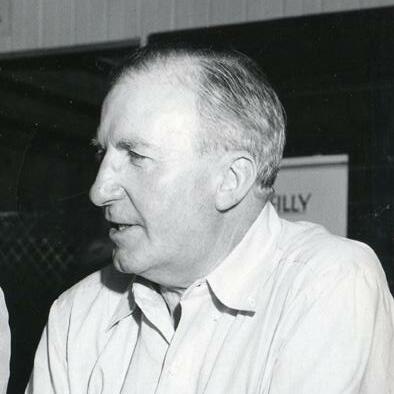


Renovations are completed and historical galleries covering three centuries of racing in America debut to the public
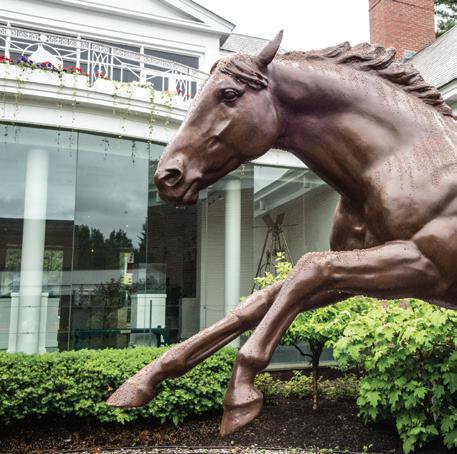


A unique racing simulator opens to the public
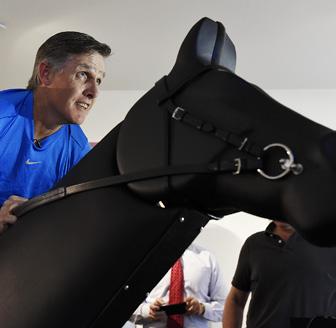
The Museum opens its renovated interior courtyard, named in honor of C. V. Whitney
Whitney Tower succeeds Mather as the Museum’s president
The Museum begins a 10,000 square-foot expansion to improve collections storage and create a changing exhibition space, curatorial workroom, a children’s gallery, and new interactive exhibits
Charles E. Mather II succeeds Hanes as the Museum’s president

The Museum hires an English design team to modernize the facility
The Museum unveils its new interactive Hall of Fame and signature film “What It Takes: Journey to the Hall of Fame”
also features state-of-the-art interactive plaques for all 470 Hall of Fame inductees that include a variety of multimedia content.
“The new Hall of Fame experience is a true game-changer for the Museum. Our sport deserves the best and I believe we now have the greatest sports Hall of Fame in the country,” said John Hendrickson, the Museum’s president. “These are exciting times for the National Museum of Racing and Hall of Fame. This is a vibrant and wonderful sport with a significant history and we are passionate about honoring that. We will always be looking for new ways to give our guests an exceptional visitor experience that is both entertaining and informative.”
The Museum has grown significantly in size and scope since its founding. After a few years in Congress Park, the Museum moved to a
newly constructed facility at 191 Union Avenue, directly across the street from the historic track, in 1955. The Museum now occupies a sprawling building with some 45,000 square feet of space.

C. V. Whitney served as the first president of the Museum from 1950 to 1953. He was followed by Jeffords, 1953 to 1960; Widener, 1960 to 1968; John W. Hanes, 1968 to 1970; Gerard S. Smith, 1970 to 1974; Charles E. Mather II, 1974 to 1982; Whitney Tower, 1982 to 1989; John T. von Stade, 1989 to 2005; Stella F. Thayer, 2005 to 2014; Gretchen Jackson, 2014 to 2017; and Hendrickson, 2017 to present.
The Museum was popular from the beginning. During its first year of operation at the Canfield Casino in 1951, the Museum attracted more than 8,000 visitors. At the end of 1952, the register showed 11,500 names.







Brown Advisory invests in the present, to raise the future and is proud to support the equine community.
When it was announced the Museum would move out of its original quarters in the Canfield Casino into a structure being built specifically to house it, a Saratoga citizen, James E. Benton, applauded. He sparked some of the impetus toward a Hall of Fame with a letter to journalists Nelson Dunstan and Gene Ward. He made an eloquent plea, noting that some aspects of Saratoga were changing — the demise of the Grand Union and United States hotels, for example — but that tradition was an important part of the area and racing.
“If a board of turf writers, for instance, were to elect annually to the Hall of Fame one or more jockeys, horses, or trainers, it would be of national importance,” Benton wrote. “An annual special award would be coveted.”
By early 1955, it was announced by Jeffords that the new building would, indeed, include a Hall of Fame. The Museum board had passed the following: “Resolved that the National Museum of Racing create and be custodian of racing’s Hall of Fame and its president be empowered to appoint a committee whose duties it will be to recommend to the board of trustees ways and means of selecting candidates.”
Given that thoroughbred racing had been a part of life in America since the colonial days, a bit of catching up was needed. It was decided that the first group of Hall of Fame inductees would be comprised of horses which had raced prior to 1900 and jockeys and trainers who were no longer active.
The inaugural class of inductees included the horses Ben Brush, Boston,
Domino, Hanover, Hindoo, Kingston, Lexington, Salvator, and Sir Archy; jockeys Laverne Fator, Edward Garrison, Danny Maher, James McLaughlin, Walter Miller, Isaac Murphy, George Odom, Earl Sande, Tod Sloan, Fred Taral, Nash Turner, and George Woolf; and trainers William P. Burch, Thomas Healey, Sam Hildreth, A. J. Joyner, John Rogers, and James Rowe, Sr.
Ground was broken for the Museum’s permanent home during the final week of November 1954. The cornerstone was laid the following April and New York Gov. W. Averell Harriman presided over the formal dedication during the 1955 Saratoga racing season. Harriman spoke briefly prior to the ribbon-cutting ceremony.
“Racing must remain as a sport,” he said, “and not as a commercial enterprise. We must maintain the traditions of racing, and Saratoga is rich in such traditions.”
The National Museum of Racing opened to the public on June 2, 1956. The building was designed by New York City architect Augustus Noel. The New York Times’ report on the dedication said the building cost $300,000. In 1957, the first addition, called the Patrons of the Turf Gallery, was completed. More expansion followed. A third wing was added in 1979 and became the home of the Hall of Fame.
Until the mid-l980s, the Museum functioned primarily as a diversified set of galleries and was open only during the summer. The
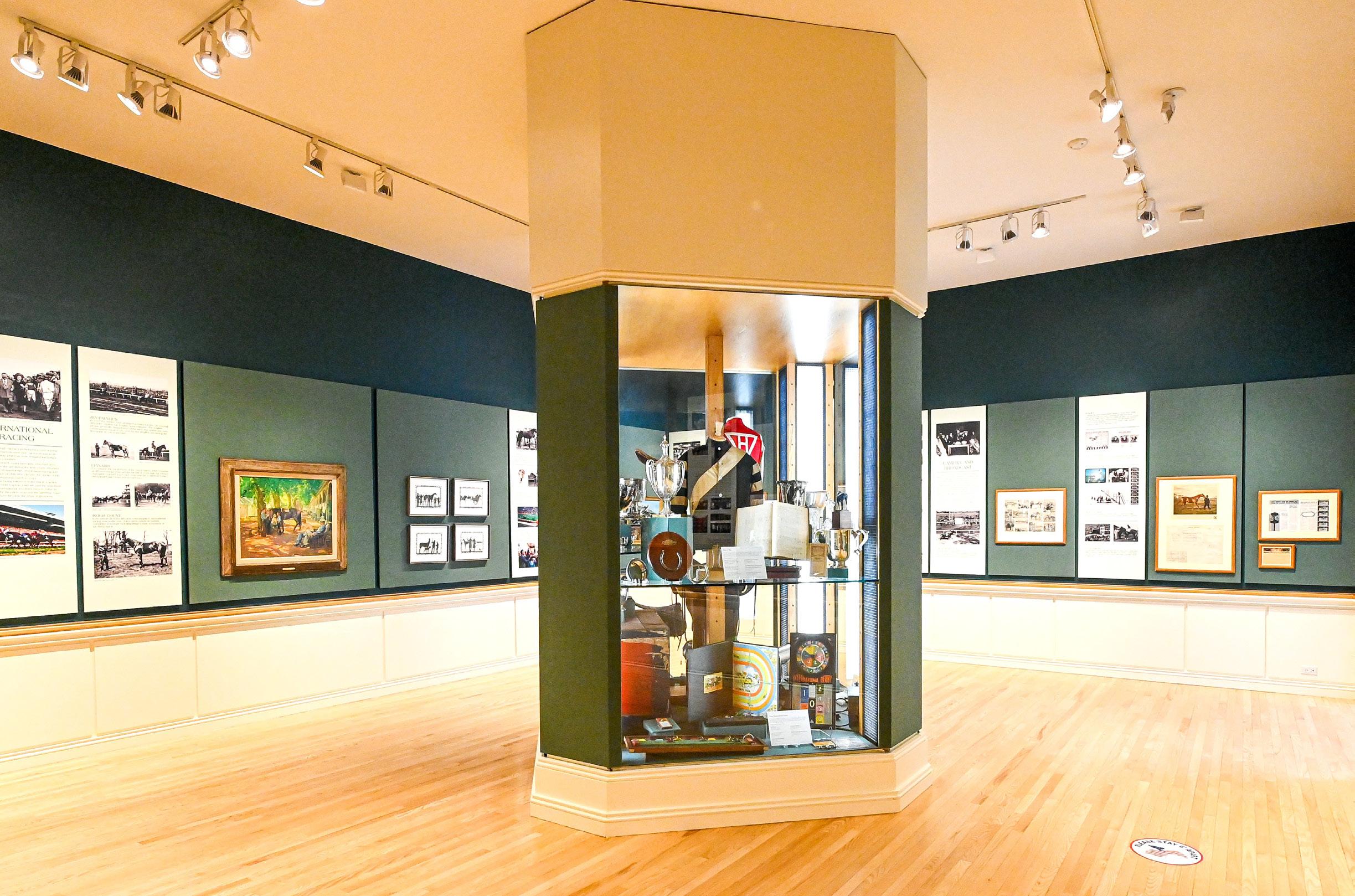




CONGRATULATIONS TO THE 2022 INDUCTEES TO THE NATIONAL MUSEUM OF RACING AND HALL OF FAME!
Museum then began evolving into a professionally managed institution. The Board of Trustees raised $6.4 million and hired an English design team experienced with thoroughbred racing to completely renovate the building and develop historical galleries covering three centuries of racing in America. The renovation took 10 months and the building reopened on July 14, 1988.
Between 1999 and 2000, a major renovation and a 10,000 square-foot expansion of the physical plant costing $18 million improved collections storage and created a changing exhibition space, a curatorial workroom, and a children’s gallery. The story line of the semi-permanent historical galleries also expanded to include 20th century history and current events in racing. Extensive audio and video presentations, as well as interactive exhibits for all ages, were added throughout the Museum.

There has been tremendous change in all areas of Museum operations in the 21st century. The unique horse racing simulator was developed and opened to the public in 2006; a new interactive Steeplechase Gallery opened in 2012; the Museum celebrated 150 years of racing at Saratoga with a two-year exhibit that opened in June 2013; in 2016, the Museum opened the Edward P. Evans Gallery, which displays some of the most coveted and prestigious trophies in the history of American racing; and in 2018, the Museum unveiled its renovated interior courtyard, named in honor of C. V. Whitney.
Now in its eighth decade — with a new state-of-the-art Hall of Fame experience to inspire current racing fans and cultivate new ones — the National Museum of Racing and Hall of Fame continues to thrive as a dynamic and integral part of the sport it celebrates.
York’s horse racing industry provides jobs and supports families. Farmers,





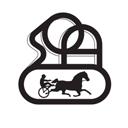



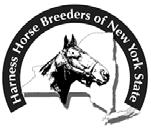




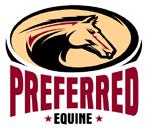


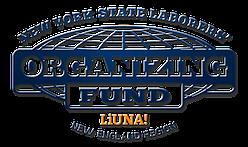








trainers,
local

business
union workers,

employees and more all
to New York Horse Racing. The impact of our industry is felt far beyond the


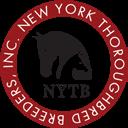


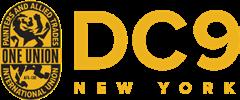









that exist in New York State.
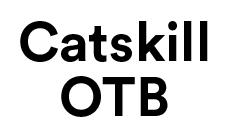




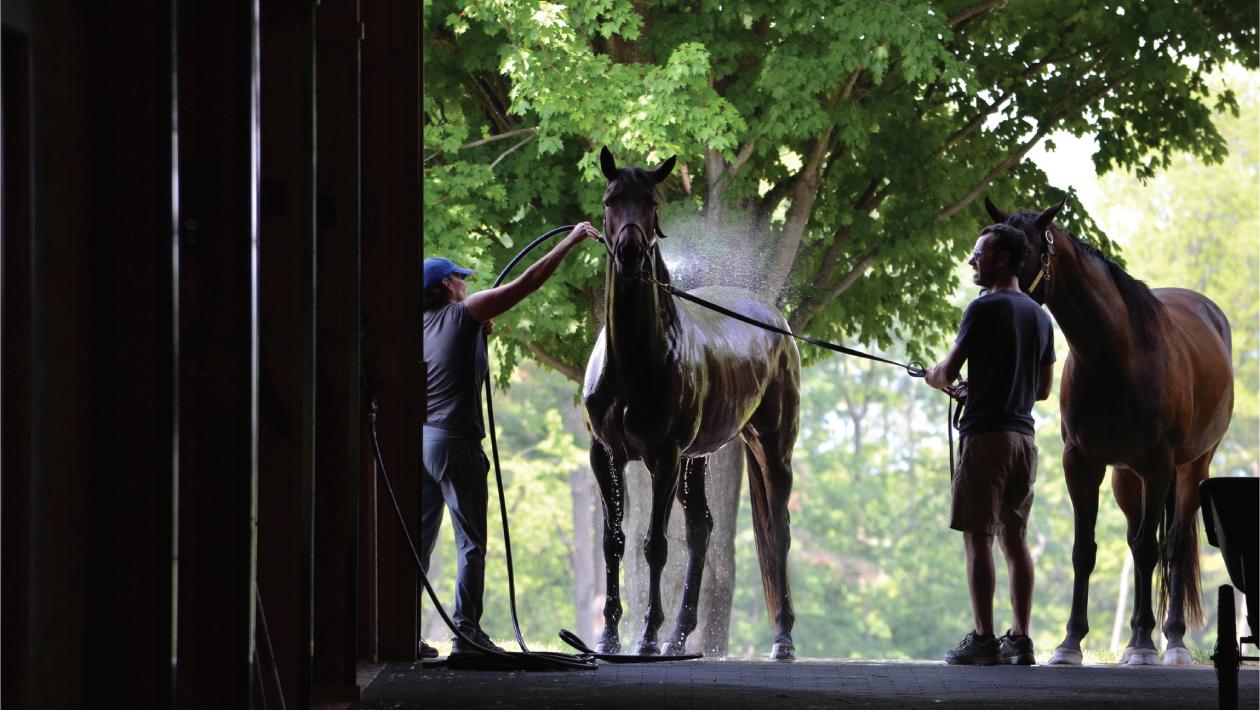

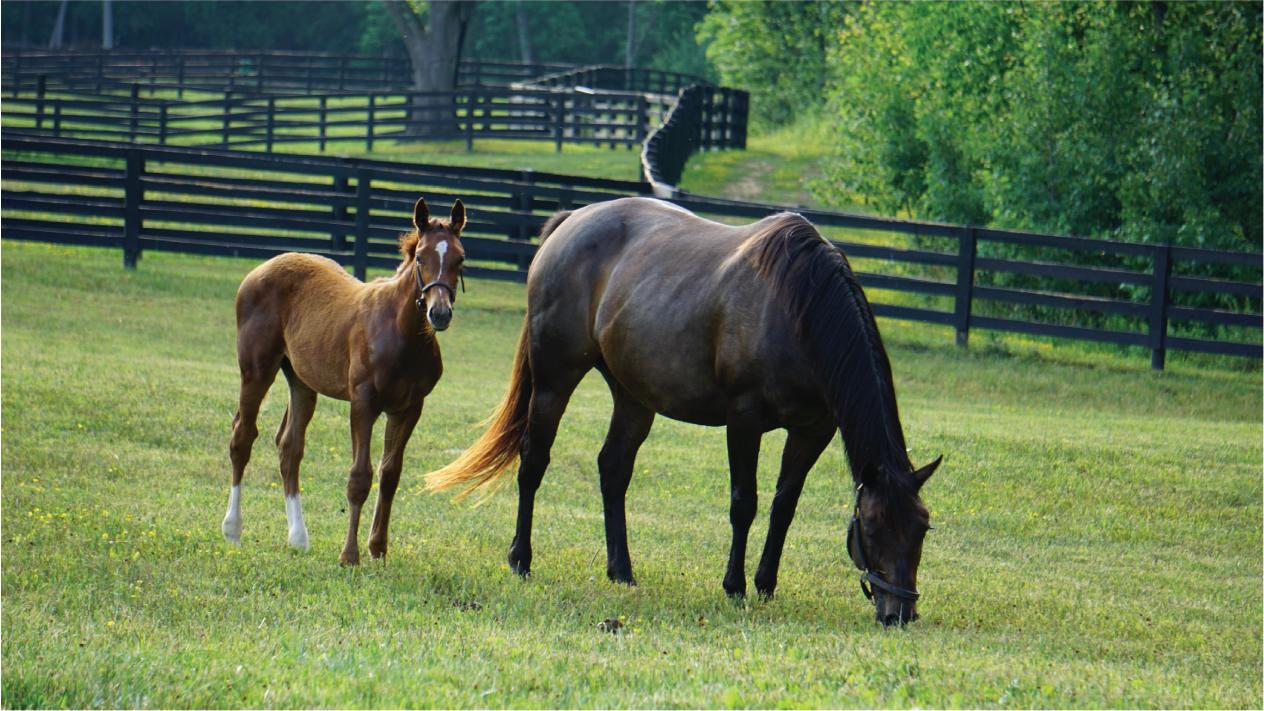





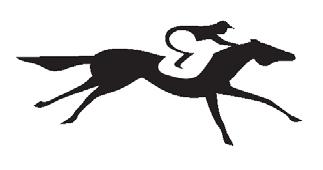
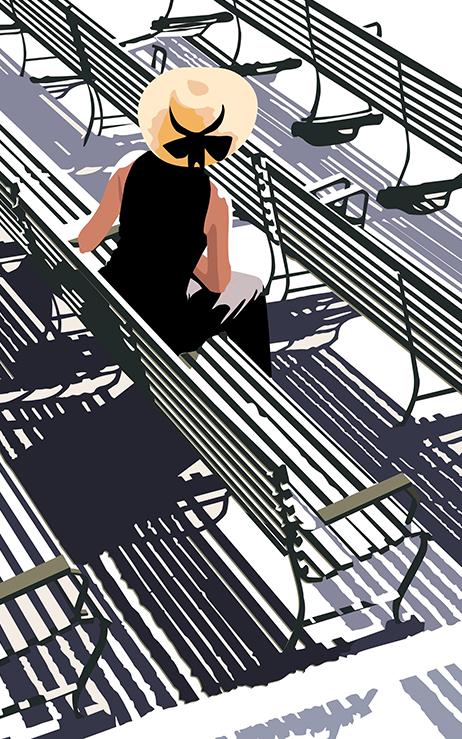


Horse Gender Foaled Career Dates Starts First Second Third Earnings Inducted



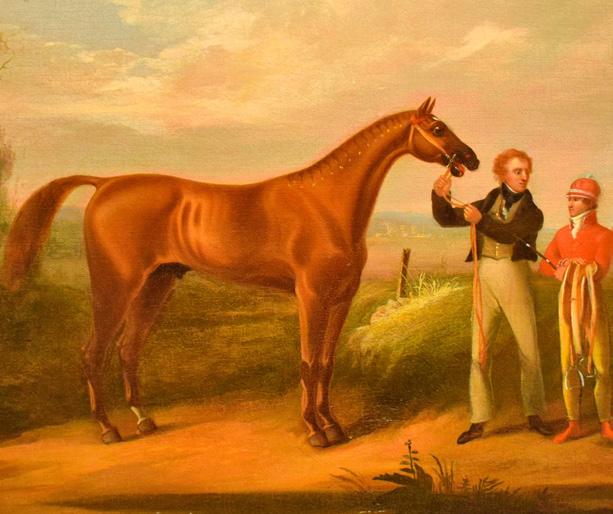
Sir Archy (VA) M 1805 1808-1809 8 5 1 1 N/A 1955 American Eclipse (NY) M 1814 1818-1823 8 8 0 0 $25,000 1970 Boston (VA) M 1833 1836-1843 45 40 2 1 $51,700 1955 Fashion (NJ) F 1837 1840-1848 36 32 4 0 $41,500 1980 Lexington (KY) M 1850 1853-1854 7 6 1 0 $56,600 1955 Planet (VA) M 1855 1858-1861 31 27 4 0 $69,700 2012 Kentucky (KY) M 1861 1863-1866 22 21 0 0 $33,700 1983 Ruthless (NY) F 1864 1866-1867 11 7 4 0 $11,000 1975 Longfellow (KY) M 1867 1870-1872 16 13 2 0 $11,200 1971 Preakness (KY) M 1867 1870-1876 39 18 12 2 $39,820 2018 Harry Bassett (KY) M 1868 1870-1874 36 23 5 3 $55,920 2010

Tom Bowling (KY) M 1870 1872-1874 17 14 3 0 $36,350 2020 Ten Broeck (KY) M 1872 1874-1878 30 23 3 1 $27,550 1982 Tom Ochiltree (KY) M 1872 1875-1877 33 21 5 3 $41,445 2016 Parole (PA) M 1873 1875-1885 138 59 28 17 $82,816 1984 Duke of Magenta (KY) M 1875 1877-1878 19 15 3 1 $45,912 2011 Luke Blackburn (TN) M 1877 1879-1881 39 25 6 2 $49,460 1956 Hindoo (KY) M 1878 1880-1882 35 30 3 2 $71,785 1955
Miss Woodford (KY) F 1880 1882-1886 48 37 7 2 $118,270 1967 Firenze (KY) F 1884 1886-1891 82 47 21 9 $112,471 1981 Hanover (KY) M 1884 1886-1889 50 32 14 2 $118,887 1955 Kingston (KY) M 1884 1886-1894 138 89 33 12 $140,195 1955 Emperor of Norfolk (CA) M 1885 1887-1888 29 21 2 4 $72,400 1988 Salvator (KY) M 1886 1888-1890 19 16 1 1 $113,240 1955
Foaled 1890-1899
Clifford (TN) M 1890 1892-1897 62 42 10 8 $65,143 2014 Domino (KY) M 1891 1893-1895 25 19 2 1 $193,550 1955 Henry of Navarre (NJ) M 1891 1893-1896 42 29 8 3 $68,985 1985 Ben Brush (KY) M 1893 1895-1897 40 25 5 5 $65,208 1955 Imp (OH) F 1894 1896-1901 171 62 35 29 $70,069 1965 Hamburg (KY) M 1895 1897-1898 21 16 3 2 $60,380 1986 Commando (KY) M 1898 1900-1901 9 7 2 0 $58,196 1956

Good and Plenty (KY) M 1900 1904-1907 21 14 4 1 $45,815 1956 (S) Beldame (KY) F 1901 1903-1905 31 17 6 4 $102,135 1956 Broomstick (KY) M 1901 1903-1905 39 14 11 5 $74,730 1956 Roseben (KY) M 1901 1903-1909 111 52 25 12 $75,110 1956 Artful (KY) F 1902 1904-1905 8 6 2 0 $81,125 1956 Sysonby (KY) M 1902 1904-1905 15 14 0 1 $184,438 1956 Peter Pan (KY) M 1904 1906-1907 17 10 3 1 $115,450 1956 Colin (KY) M 1905 1907-1908 15 15 0 0 $178,110 1956 Fair Play (KY) M 1905 1907-1909 32 10 11 3 $86,950 1956 Maskette (KY) F 1906 1908-1910 17 12 3 0 $77,090 2001
Whisk Broom II (KY) M 1907 1909-1913 26 10 7 1 $37,931 1979

Foaled 1910-1919



Pan Zareta (TX) F 1910 1912-1917 151 76 31 21 $39,082 1972 Old Rosebud (KY) M 1911 1913-1922 80 40 13 8 $74,729 1968 Roamer (KY) M 1911 1913-1919 98 39 26 9 $98,828 1981 Regret (NJ) F 1912 1914-1917 11 9 1 0 $35,093 1957
Exterminator (KY) M 1915 1917-1924 100 50 17 17 $252,996 1957
Billy Kelly (KY) M 1916 1918-1923 69 39 14 7 $99,782 2015
Sir Barton (KY) M 1916 1918-1920 31 13 6 5 $116,857 1957
Man o’ War (KY) M 1917 1919-1920 21 20 1 0 $249,645 1957
Grey Lag (KY) M 1918 1920-1931 47 25 9 6 $136,715 1957

Zev (KY) M 1920 1922-1924 43 23 8 5 $313,639 1983 Black Gold (KY) M 1921 1923-1928 35 18 5 4 $110,553 1989 Fairmount (KY) M 1921 1923-1931 22 12 5 0 $74,075 1985 (S) Princess Doreen (KY) F 1921 1923-1927 94 34 15 17 $174,745 1982 Sarazen (KY) M 1921 1923-1928 55 27 2 6 $225,000 1957 Jolly Roger (KY) M 1922 1924-1930 49 18 9 9 $143,240 1965 (S) Crusader (KY) M 1923 1925-1928 42 18 8 4 $203,261 1995 Reigh Count (VA) M 1925 1927-1929 27 12 4 0 $178,170 1978 Sun Beau (VA) M 1925 1927-1931 74 33 12 10 $376,444 1996 Blue Larkspur (KY) M 1926 1928-1930 16 10 3 1 $272,070 1957 Battleship (KY) M 1927 1929-1938 55 24 6 4 $71,641 1969 (S) Gallant Fox (KY) M 1927 1929-1930 17 11 3 2 $328,165 1957 Equipoise (KY) M 1928 1930-1935 51 29 10 4 $338,610 1957 Twenty Grand (KY) M 1928 1930-1935 25 14 4 3 $261,790 1957 Top Flight (KY) F 1929 1931-1932 16 12 0 0 $275,900 1966
Foaled 1930-1939
Bushranger (KY) M 1930 1932-1936 21 11 3 1 $20,635 1967 (S) Cavalcade (NJ) M 1931 1933-1936 22 8 5 3 $127,165 1993 Discovery (KY) M 1931 1933-1936 63 27 10 10 $195,287 1969 Black Helen (KY) F 1932 1934-1935 22 15 0 2 $61,800 1991 Myrtlewood (KY) F 1932 1934-1936 22 15 4 2 $40,620 1979 Omaha (KY) M 1932 1934-1936 22 9 7 2 $154,755 1965 Granville (KY) M 1933 1935-1936 18 8 4 3 $111,820 1997 Seabiscuit (KY) M 1933 1935-1940 89 33 15 13 $437,730 1958
War Admiral (KY) M 1934 1936-1939 26 21 3 1 $273,240 1958 Challedon (MD) M 1936 1938-1942 44 20 7 6 $334,660 1977



Eight Thirty (KY) M 1936 1938-1941 27 16 3 5 $155,475 1994 Johnstown (KY) M 1936 1938-1939 21 14 0 3 $169,315 1992 Bimelech (KY) M 1937 1939-1941 15 11 2 1 $248,745 1990 Elkridge (MD) M 1938 1941-1951 123 31 18 15 $230,680 1966 (S)


Whirlaway (KY) M 1938 1940-1943 60 32 15 9 $561,161 1959 Alsab (KY) M 1939 1941-1944 51 25 11 5 $350,015 1976 Devil Diver (KY) M 1939 1941-1945 47 22 12 3 $261,064 1980
Foaled 1940-1949

Count Fleet (KY) M 1940 1942-1943 21 16 4 1 $250,300 1962 Armed (KY) M 1941 1944-1950 81 41 20 10 $817,475 1963 Stymie (TX) M 1941 1943-1949 131 35 33 28 $922,485 1975 Twilight Tear (KY) F 1941 1943-1945 24 18 2 2 $202,165 1963 Busher (KY) F 1942 1944-1947 21 15 3 1 $334,035 1964 Gallorette (MD) F 1942 1944-1948 72 21 20 13 $445,535 1962 Assault (TX) M 1943 1945-1950 42 18 6 8 $675,470 1964 Bewitch (KY) F 1945 1947-1951 55 20 10 11 $462,605 1977 Citation (KY) M 1945 1947-1951 45 32 10 2 $1,085,760 1959 Coaltown (KY) M 1945 1948-1951 39 23 6 3 $415,675 1983 *Noor (IRE) M 1945 1947-1950 31 12 6 6 $383,968 2002 Oedipus (KY) M 1946 1948-1954 58 14 12 9 $132,405 1978 (S) Two Lea (KY) F 1946 1948-1952 26 15 6 3 $309,250 1982 Bed o’ Roses (CA) F 1947 1949-1952 46 18 8 6 $383,925 1976 Hill Prince (VA) M 1947 1949-1952 30 17 5 4 $422,140 1991 Real Delight (KY) F 1949 1952-1953 15 12 1 0 $261,822 1987 Tom Fool (KY) M 1949 1951-1953 30 21 7 1 $570,165 1960
Foaled 1950-1959 Native Dancer (KY) M 1950 1952-1954 22 21 1 0 $785,240 1963 *Neji (ENG) M 1950 1953-1960 49 17 11 9 $274,027 1966 (S) Nashua (KY) M 1952 1954-1956 30 22 4 1 $1,288,565 1965 Searching (KY) F 1952 1954-1958 89 25 14 16 $327,381 1978 Swaps (CA) M 1952 1954-1956 25 19 2 2 $848,900 1966 Needles (FL) M 1953 1955-1957 21 11 3 3 $600,355 2000 Swoon’s Son (KY) M 1953 1955-1958 51 30 10 3 $970,605 2007 Bold Ruler (KY) M 1954 1956-1958 33 23 4 2 $764,204 1973 *Gallant Man (ENG) M 1954 1956-1958 26 14 4 1 $510,355 1987



Horse Gender Foaled Career Dates Starts First Second Third Earnings Inducted
Round Table (KY) M 1954 1956-1959 66 43 8 5 $1,749,869 1972
Hillsdale (IN) M 1955 1957-1959 41 23 6 4 $646,935 2022
Tim Tam (KY) M 1955 1957-1958 14 10 1 2 $467,475 1985
Silver Spoon (KY) F 1956 1958-1960 27 13 3 4 $313,930 1978 Sword Dancer (VA) M 1956 1958-1960 39 15 7 4 $829,610 1977


Jay Trump (MD) M 1957 1959-1966 26 12 3 1 $64,425 1971 (S) Kelso (KY) M 1957 1959-1966 63 39 12 2 $1,977,896 1967 Bowl of Flowers (KY) F 1958 1960-1961 16 10 3 3 $398,504 2004
Carry Back (FL) M 1958 1960-1963 61 21 11 11 $1,241,165 1975 Cicada (KY) F 1959 1961-1964 42 23 8 6 $783,674 1967 Native Diver (CA) M 1959 1961-1967 81 37 7 12 $1,026,500 1978
Foaled 1960-1969
Affectionately (KY) F 1960 1962-1965 52 28 8 6 $546,660 1989 Bon Nouvel (VA) M 1960 1963-1968 51 16 11 7 $176,148 1976 (S) Gun Bow (KY) M 1960 1963-1965 42 17 8 4 $798,722 1999 Tuscalee (MD) M 1960 1963-1972 89 39 14 10 $130,917 2013 (S)
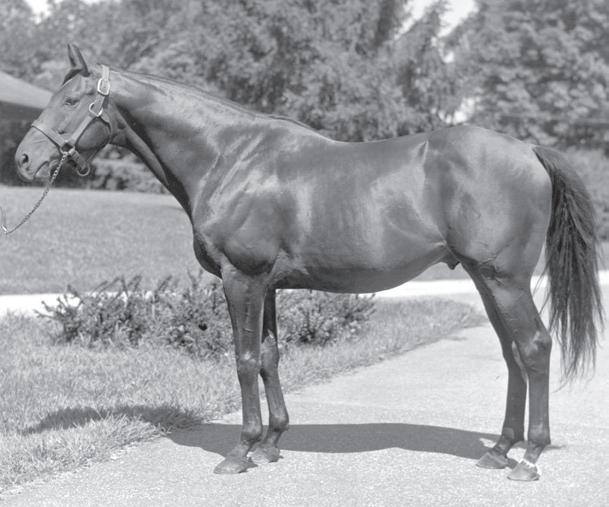
*Northern Dancer (CAN) M 1961 1963-1964 18 14 2 2 $580,737 1976 Tosmah (KY) F 1961 1963-1966 39 23 6 2 $612,588 1984 Buckpasser (KY) M 1963 1965-1967 31 25 4 1 $1,462,014 1970

*L’Escargot (ENG) M 1963 1969-1975 53 12 13 7 $213,765 1977 (S) Damascus (KY) M 1964 1966-1968 32 21 7 3 $1,176,781 1974 Dr. Fager (FL) M 1964 1966-1968 22 18 2 1 $1,002,642 1971 Fort Marcy (VA) M 1964 1966-1971 75 21 18 14 $1,110,791 1998 Gamely (KY) F 1964 1967-1969 41 16 9 6 $574,961 1980 Dark Mirage (KY) F 1965 1967-1969 27 12 3 2 $362,789 1974
Ack (KY) M 1966 1968-1971 27 19 6 0 $636,641 1986 Arts and Letters (VA) M 1966 1968-1970 23 11 6 1 $632,404 1994 Cougar II (CHI) M 1966 1968-1973 50 20 7 17 $1,169,058 2006 Gallant Bloom (KY) F 1966 1968-1970 22 16 1 1 $535,739 1977 Majestic Prince (KY) M 1966 1968-1969 10 9 1 0 $414,200 1988 Shuvee (VA) F 1966 1968-1971 44 16 10 6 $890,445 1975
Ta Wee (FL) F 1966 1968-1970 21 15 2 1 $284,941 1994

*Ben Nevis II (ENG) M 1968 1976-1980 21 9 3 2 $124,199 2009 (S) Riva Ridge (KY) M 1969 1971-1973 30 17 3 1 $1,111,347 1998 Susan’s Girl (FL) F 1969 1971-1975 63 29 14 11 $1,251,668 1976
Foaled 1970-1979

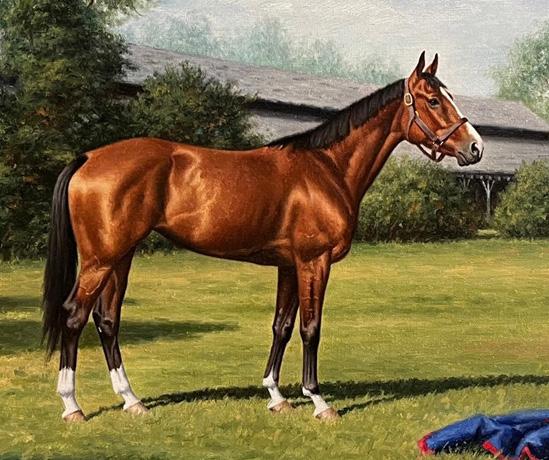

Ancient Title (CA) M 1970 1972-1978 57 24 11 9 $1,252,791 2008 Café Prince (CA) M 1970 1972-1980 52 18 5 4 $228,238 1985 (S) Dahlia (KY) F 1970 1972-1976 48 15 3 7 $1,489,105 1981 Desert Vixen (FL) F 1970 1972-1975 28 13 6 3 $421,538 1979 Forego (KY) M 1970 1973-1978 57 34 9 7 $1,938,957 1979 *La Prevoyante (CAN) F 1970 1972-1974 39 25 5 3 $572,417 1995 Secretariat (VA) M 1970 1972-1973 21 16 3 1 $1,316,808 1974 Chris Evert (KY) F 1971 1973-1975 15 10 2 2 $679,475 1988 Foolish Pleasure (FL) M 1972 1974-1976 26 16 4 3 $1,216,705 1995
My Juliet (KY) F 1972 1974-1977 36 24 4 2 $548,859 2019 Ruffian (KY) F 1972 1974-1975 11 10 0 0 $313,429 1976 Exceller (KY) F 1973 1975-1979 33 15 5 6 $1,654,003 1999 Seattle Slew (KY) M 1974 1976-1978 17 14 2 0 $1,208,726 1981 *Waya (FR) F 1974 1977-1979 29 14 6 4 $822,948 2019 Affirmed (FL) M 1975 1977-1979 29 22 5 1 $2,393,818 1980 Alydar (KY) M 1975 1977-1979 26 14 9 1 $957,195 1989 John Henry (KY) M 1975 1977-1984 83 39 15 9 $6,591,860 1990 Davona Dale (KY) F 1976 1978-1980 18 11 2 1 $641,612 1985 Spectacular Bid (KY) M 1976 1978-1980 30 26 2 1 $2,781,607 1982 Zaccio (KY) M 1976 1979-1984 42 22 7 3 $288,124 1990 (S) Bold ’n Determined (KY) F 1977 1979-1981 20 16 2 0 $949,599 1997 Genuine Risk (KY) F 1977 1979-1981 15 10 3 2 $646,587 1986

*All Along (FR) F 1979 1981-1984 21 9 4 2 $3,015,764 1990 Flatterer (PA) M 1979 1982-1987 51 24 7 5 $538,708 1994 (S)

Princess Rooney (KY) F 1980 1982-1984 21 17 2 1 $1,343,339 1991
Royal Heroine (IRE) F 1980 1982-1984 21 10 4 2 $1,229,449 2022

Slew o’ Gold (KY) M 1980 1982-1984 20 12 5 1 $3,533,534 1992
Precisionist (FL) M 1981 1983-1988 46 20 10 4 $3,485,398 2003
Lady’s Secret (OK) F 1982 1984-1987 45 25 9 3 $3,021,325 1992
Mom’s Command (KY) F 1982 1984-1985 16 11 2 1 $902,972 2007 Manila (KY) M 1983 1985-1987 18 12 5 0 $2,692,799 2008 Alysheba (KY) M 1984 1986-1988 26 11 8 2 $6,679,242 1993 *Bayakoa (ARG) F 1984 1986-1991 39 21 9 0 $2,856,414 1998 Miesque (KY) F 1984 1986-1988 16 12 3 1 $2,096,517 1999
Personal Ensign (KY) F 1984 1986-1988 13 13 0 0 $1,679,880 1993
Winning Colors (KY) F 1985 1987-1989 19 8 3 1 $1,526,837 2000

Easy Goer (KY) M 1986 1988-1990 20 14 5 1 $4,873,770 1997
Open Mind (NJ) F 1986 1988-1990 19 12 2 2 $1,844,372 2011 Safely Kept (MD) F 1986 1988-1992 31 24 2 3 $2,194,206 2011
Sunday Silence (KY) M 1986 1988-1990 14 9 5 0 $4,968,554 1996 Go for Wand (PA) F 1987 1989-1990 13 10 2 0 $1,373,838 1996
Housebuster (KY) M 1987 1989-1991 22 15 3 1 $1,229,696 2013 *Paseana (ARG) F 1987 1990-1995 36 19 9 3 $3,171,203 2001


Best Pal (CA) M 1988 1990-1996 47 18 11 4 $5,668,245 2010
*Dance Smartly (CAN) F 1988 1990-1992 17 12 2 3 $3,263,835 2003
Flawlessly (KY) F 1988 1990-1994 28 16 4 3 $2,572,536 2004
Lonesome Glory (KY) M 1988 1991-1999 42 23 5 5 $1,223,669 2005 (S)

A.P. Indy (KY) M 1989 1991-1992 11 8 0 1 $2,979,815 2000 Lure (KY) M 1989 1991-1994 25 14 8 0 $2,515,289 2013
Foaled 1990-1999
Cigar (MD) M 1990 1993-1996 33 19 4 5 $9,999,815 2002
Sky Beauty (KY) F 1990 1992-1995 21 15 2 2 $1,336,000 2011
Heavenly Prize (KY) F 1991 1993-1996 18 9 6 3 $1,825,940 2018
www.racingmuseum.org
Hall
Fame member
Holy Bull (FL) M 1991 1993-1995 16 13 0 0 $2,481,760 2001
Inside Information (KY) F 1991 1993-1995 17 14 1 2 $1,641,806 2008
Serena’s Song (KY) F 1992 1994-1996 38 18 11 3 $3,286,388 2002 Skip Away (FL) M 1993 1995-1998 38 18 10 6 $9,616,360 2004
Silver Charm (FL) M 1994 1996-1999 24 12 7 2 $6,943,809 2007
Silverbulletday (KY) F 1996 1998-2000 23 15 3 1 $3,093,207 2009 McDynamo (KY) M 1997 2000-2007 34 17 6 1 $1,354,994 2013 (S) Tiznow (CA) M 1997 2000-2001 15 8 4 2 $6,427,830 2009 Azeri (KY) F 1998 2001-2004 24 17 4 0 $4,079,820 2010
Point Given (KY) M 1998 2000-2001 13 9 3 0 $3,968,500 2010 Xtra Heat (KY) M 1998 2000-2003 35 26 5 2 $2,389,735 2015
Ghostzapper (KY) M 2000 2002-2005 11 9 0 1 $3,446,120 2012 Ashado (KY) F 2001 2003-2005 21 12 4 3 $3,931,440 2014 Good Night Shirt (MD) M 2001 2004-2009 33 14 5 3 $1,041,083 2017 (S) Lava Man (CA) M 2001 2003-2009 47 17 8 5 $5,268,706 2015

*Invasor (ARG) M 2002 2004-2007 12 11 0 0 $7,804,070 2013 Curlin (KY) M 2004 2007-2008 16 11 2 2 $10,501,800 2014 Zenyatta (KY) F 2004 2007-2010 20 19 1 0 $7,304,580 2016 *Goldikova (IRE) F 2005 2007-2011 27 17 6 3 $7,176,551 2017 Rachel Alexandra (KY) F 2006 2008-2010 19 13 5 0 $3,506,730 2016
Wise Dan (KY) M 2007 2010-2014 31 23 2 0 $7,552,920 2020

Royal Delta (KY) F 2008 2010-2013 22 12 5 1 $4,811,126 2019 Beholder (KY) F 2010 2012-2016 26 18 6 0 $6,156,600 2022 Tepin (KY) F 2011 2013-2016 23 13 5 1 $4,437,918 2022 American Pharoah (KY) M 2012 2014-2015 11 9 1 0 $8,650,300 2021 (S) indicates steeplechase inductee

Where the Hall of Fame horses were bred:

Kentucky (145) Florida (12) Virginia (12)
California (9) Maryland (8) New Jersey (5)
England (4) Argentina (3) Canada (3)
Pennsylvania (3) Texas (3) France (2)
Ireland (3) New York (2) Tennessee (2)
Chile (1) Indiana (1) Ohio (1)
Oklahoma (1)




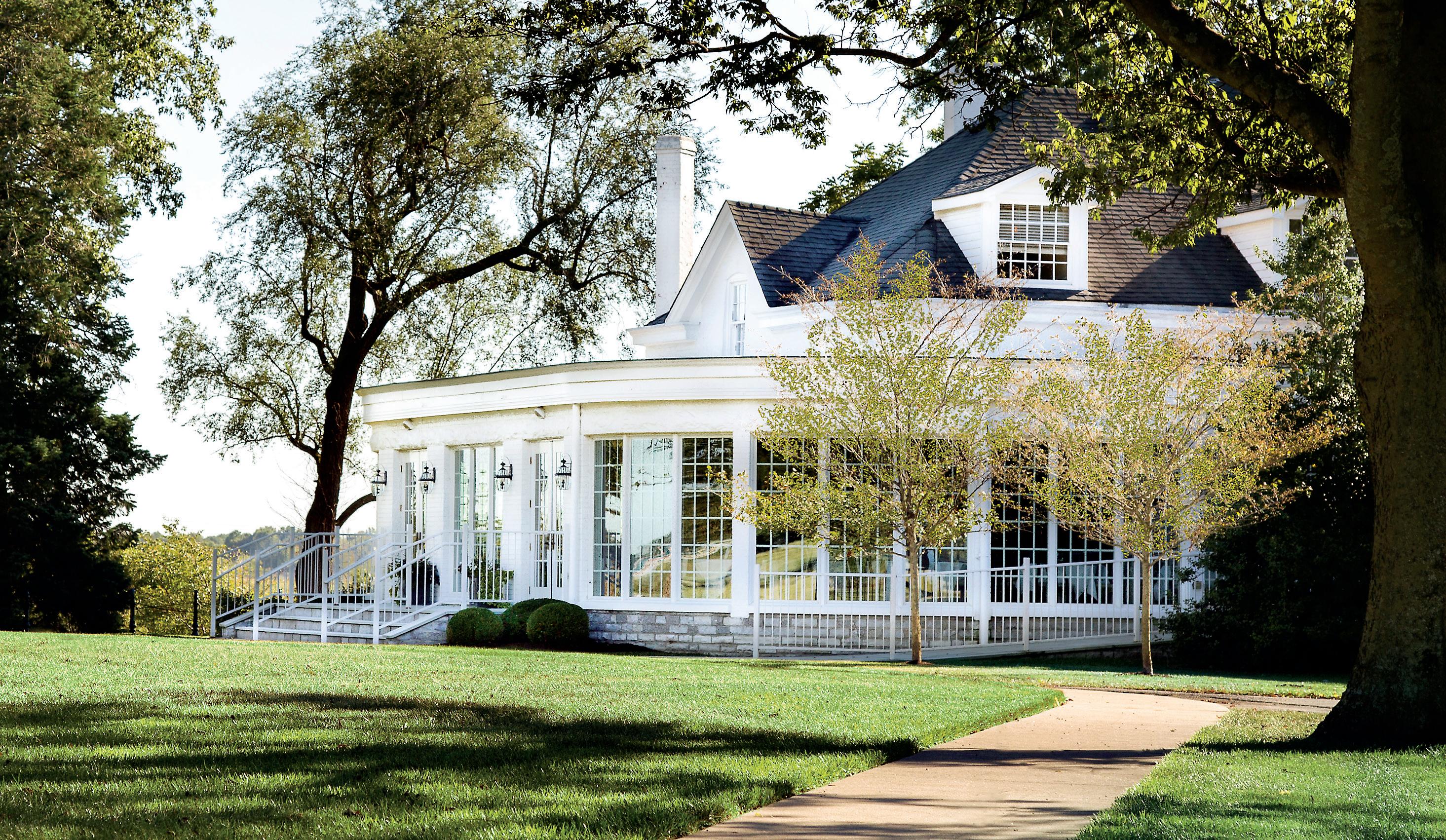

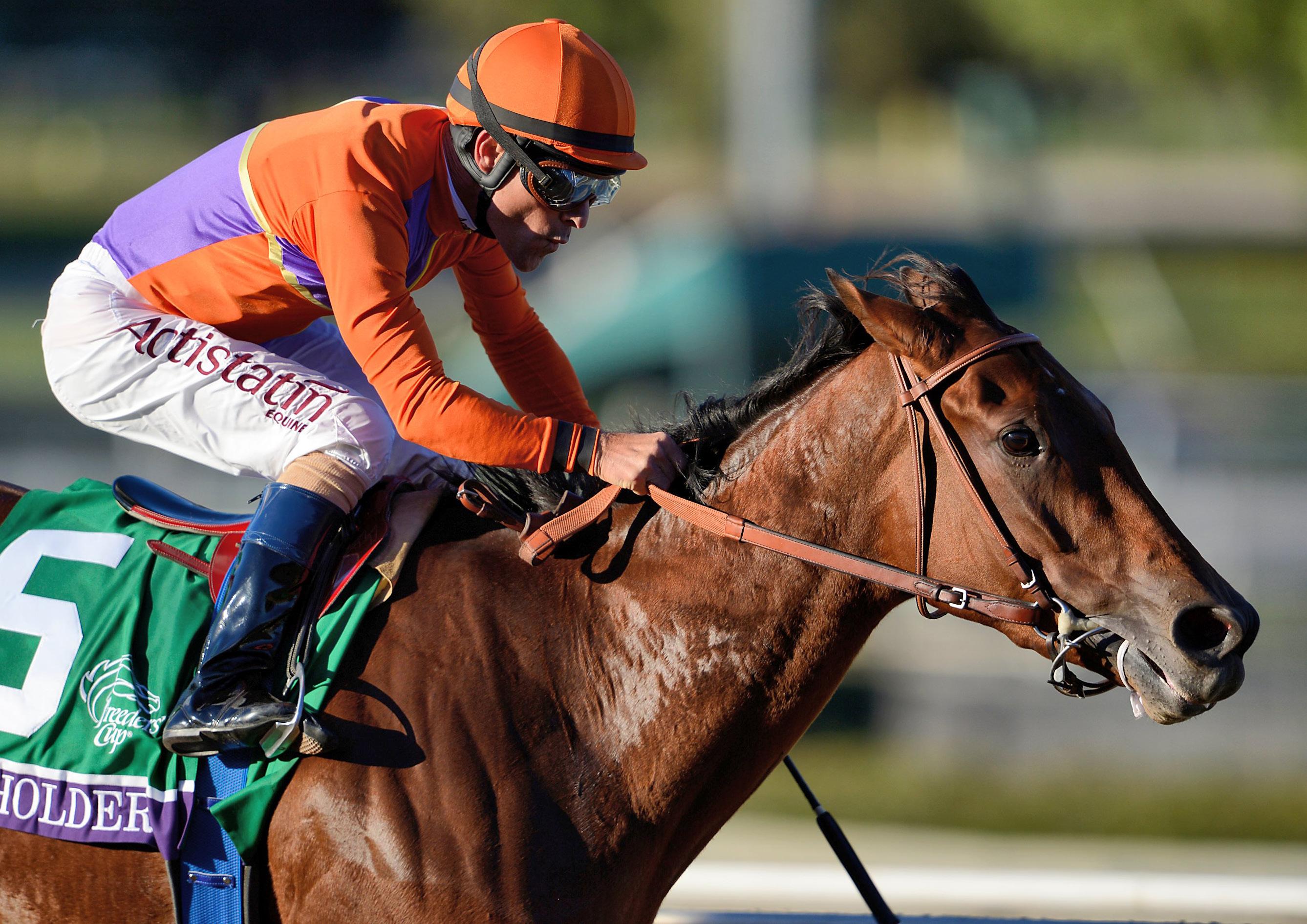
Spendthrift Farm superstar thrived at the highest levels of the sport for half a decade
BY BRIEN BOUYEA Hall of Fame and Communications Directorhampion as a juvenile, champion as a 3-year-old, twice champion as an older mare. Those are just some of the numerous remarkable exploits of the marvelous Beholder, one of the most consistently spectacular racehorses of the 21st century.
“She was exceptional for a long, long time,” said Richard Mandella, Beholder’s Hall of Fame trainer. “When you think about the best horses, the ones in the Hall of Fame, many were either sensational for a short period, maybe a year, or they were consistently good for an extended stretch of time. A long run of greatness, however, doesn’t happen all that often. Beholder was both great and enduring. She’s a Hall of Famer any way you want to define it.”
In a five-year career from 2012 through 2016, Beholder made 26 starts with a record of 18-6-0 and earnings of $6,156,600. She won four Eclipse Awards and became only the second horse to win three Breeders’ Cup races (joining fellow Hall of Famer Goldikova). Along the way, she won 13 graded stakes, including 11 Grade 1s, and became the first filly or mare to defeat males in the Grade 1 Pacific Classic. Since 1976, she is the only horse to win at least one Grade 1 race every year from ages 2 through 6.
Bred in Kentucky by Clarkland Farm, Beholder was sired by multiple Grade 1 winner Henny Hughes out of stakes-winning mare Leslie’s Lady (Tricky Creek). Purchased by Spendthrift Farm for $180,000 at the 2011 Keeneland September Yearling Sale, Beholder finished fourth in her career debut on June 28, 2012, at Hollywood Park. Less than a month
later, she broke her maiden at Del Mar. Advancing to stakes company for the first time in her third start, Beholder finished second by a nose to Executiveprivilege in the Grade 1 Del Mar Debutante.
Mandella set Beholder up for a shot at the Breeders’ Cup with a sixfurlong allowance at Santa Anita in early October. Announcing her presence with authority, she romped by 11 lengths to set up a rematch with Executiveprivilege a month later at Santa Anita in the Breeders’ Cup Juvenile with division championship honors on the line. With her regular pilot Garrett Gomez in the irons, Beholder turned the tables on Executiveprivilege, defeating her by a length to secure her first Breeders’ Cup and lock up the Eclipse Award for Champion 2-Year-Old Filly.
After beginning her sophomore season with a nose defeat in the Santa Ynez Stakes, Beholder returned to her winning ways with consecutive Grade 1 victories in the Las Virgenes Stakes and Santa Anita Oaks before finishing a half-length behind longshot Princess of Sylmar in the Kentucky Oaks. Following the Oaks, Beholder did not race again until September, returning with new rider Gary Stevens to win the Torrey Pines Stakes and Zenyatta Stakes before capping her campaign with a 4¼-length victory over Close Hatches in the Breeders’ Cup Distaff. It was the first time a Juvenile Fillies winner went on to win the Distaff the following year. The Eclipse for Champion 3-Year-Old Filly followed.
In an abbreviated season as a 4-year-old in 2014, Beholder raced only three times. She suffered an injury in the Ogden Phipps Stakes and was later unable to contest the Breeders’ Cup because she spiked a fever in



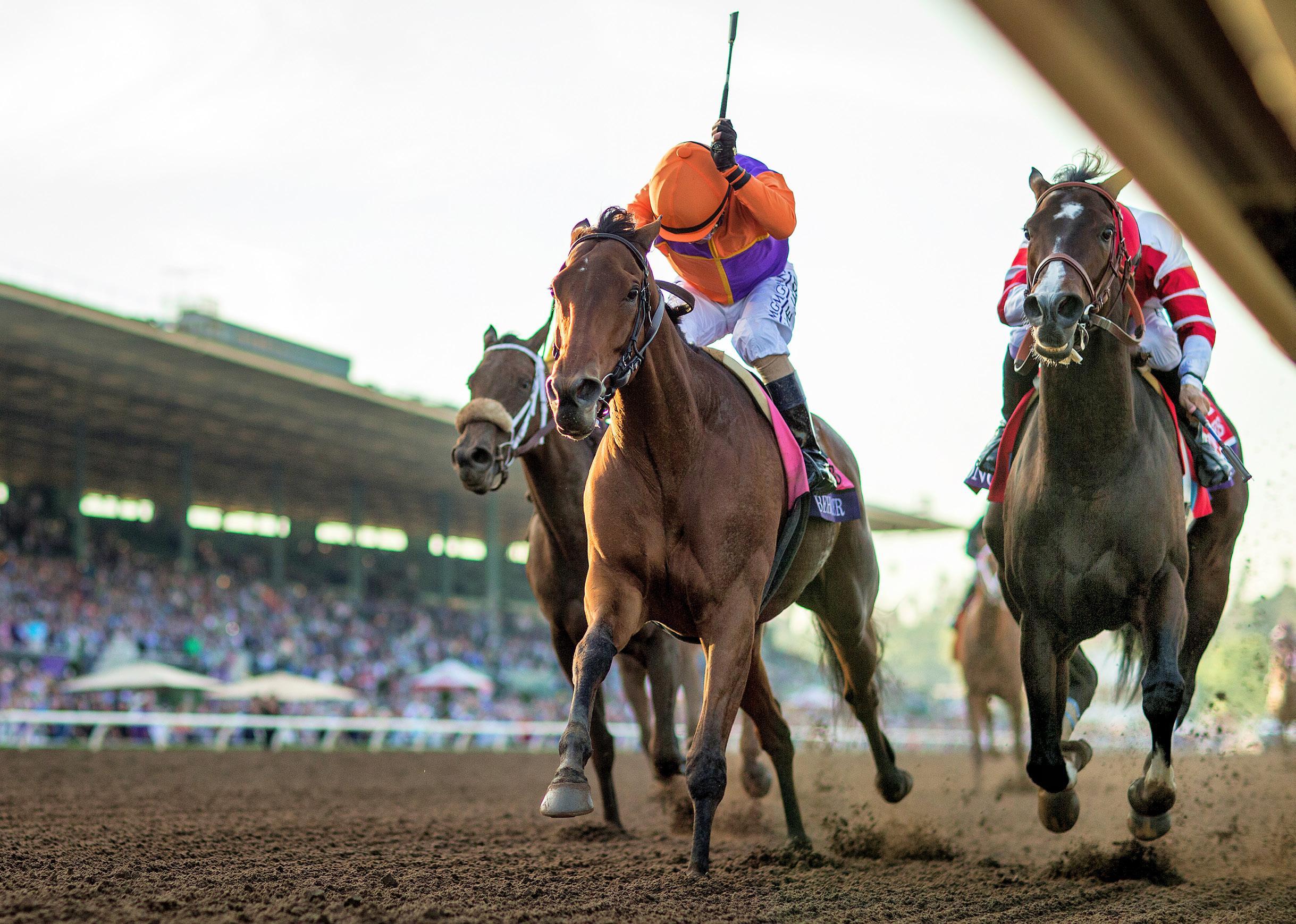
training. Spendthrift’s owner, the late B. Wayne Hughes, had planned to enter Beholder in Fasig-Tipton’s November Sale that year, but he changed his mind and decided she would remain in training for a 2015 campaign.
Beholder was unbeatable upon her return in 2015, winning all five of her starts, including Grade 1s in the Clement L. Hirsch, Pacific Classic, and a third consecutive Zenyatta Stakes. The Pacific Classic performance was one for the ages. The only female in the field of nine, Beholder cruised to an 8¼-length victory in the 1¼-mile test at Del Mar. Her time of 1:59.77 was the third-fastest in the history of the race and her margin of victory was the second-largest. Following the race, Hughes said Beholder was “the first horse who has made me feel lucky to be her owner.” Mandella added: “We didn’t think she would do it quite like that. We thought it was the girls she was picking on. I think the boys pissed her off.”
Following the Zenyatta win, Mandella planned to take on the boys
again in the Breeders’ Cup Classic at Keeneland, but Beholder didn’t handle the trip well. After arriving in Kentucky, she developed a fever and was scratched a couple days prior to the race because of irritated lungs. Although she had to pass on the Breeders’ Cup, Beholder had earned her third Eclipse Award, this one as Champion Older Dirt Female.
In her 2016 debut, Beholder won the Adoration Stakes at Santa Anita for the second consecutive year. She then pushed her win streak to eight with a victory in the Grade 1 Vanity Mile, defeating champion Stellar Wind to match Hall of Famer John Henry with a Grade 1 win in five consecutive years. Stellar Wind, however, got the best of Beholder next out in the Clement L. Hirsch, earning a half-length victory following a furious stretch duel. Three weeks later, Beholder looked to repeat in the Pacific Classic, but two-time Horse of the Year California Chrome led from gate to wire and defeated her by five lengths. In October, Beholder finished second for the third consecutive time when Stellar Wind turned

then returned to Santa Anita
Wind
undefeated
Breeders’
from the outside post in the eight-horse field, Beholder
the leaders along the backstretch before moving alongside Songbird entering the turn for home in what developed into a breathtaking dash for immortality. Stevens described the stretch run as “a quarter of a mile of just a street fight.” Matching strides, Beholder and Stevens slugged it out with Songbird and Hall of Fame rider Mike Smith. At the wire, Beholder had a scant nose in front in one of the most memorable Breeders’ Cup races in the event’s extraordinary history.
“I’ve been in battles before, but never the length of the stretch,” Stevens said. “Racing doesn’t get better than that. What a way to go out.”
The Breeders’ Cup victory put a bow on the five-year gift that was Beholder’s storybook career. More honors followed, as she took home another Eclipse Award, her second as Champion Older Dirt Female, and her fourth overall. Beholder was retired to Spendthrift Farm in Kentucky, where she resides as a broodmare. In 2017, Santa Anita renamed the Vanity Mile the Beholder Mile. The Vanity was one of 14 races Beholder won in her 16 starts at the famous California track.


In summing up his experiences with Beholder, the witty Stevens said it was like “driving a Mack truck with the speed of a Porsche and the brain of a rocket scientist.”
“It’s been something I wouldn’t have been able to have imagined,” Mandella said of training Beholder. “I won four races on Breeders’ Cup day in (1993) … and I thought ‘Boy, this will never happen again.’ Then in 2003 we won four Breeders’ Cup races and this mare just keeps on running.
“I don’t know what I did to deserve it.”







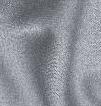















epin wasn’t an immediate phenomenon on the racetrack. Sure, she showed some promise as a 2-year-old, but a winless sophomore season relegated the bay filly to afterthought status when she began her 4-year-old campaign in 2015. By the end of that year, however, on the strength of three Grade 1 victories and an Eclipse Award, Tepin was a no-doubt-about-it superstar — and the best was yet to come.
When she was retired following her 2016 season, Tepin had won 11 graded or group stakes at eight different tracks, beat the boys on three occasions, won in three different countries, and was a multi-year champion who was beloved throughout the sport.

Bred in Kentucky by Machmer Hall, Tepin was sired by Bernstein out of the unraced Stravinsky mare Life Happened. Bernstein, a sprinter who won the Railway Stakes and Concorde Stakes when trained by Aidan O’Brien in Ireland, notably sired 2014 Breeders’ Cup Mile winner
Karakontie. Stravinsky, meanwhile, was also trained by O’Brien and was Europe’s Champion Sprinter in 1999. Before foaling Tepin, Life Happened produced multiple graded stakes winner Vyjack.
As a yearling, Tepin was consigned to the 2012 Fasig-Tipton Saratoga Select Sale, where she was purchased by Robert Masterson for $140,000. Masterson turned the filly over to future Hall of Fame trainer Mark Casse, whose son, Norman, also played a key role in Tepin’s day-to-day training.
Tepin finished fourth in her career debut in September 2013 on the dirt at Churchill Downs. She broke her maiden next out a month later at seven furlongs by 3¼ lengths over Keeneland’s synthetic surface. Later that October, Tepin returned to Churchill for her first stakes race, finishing third to Clever Beauty in the one-mile Rags to Riches. She closed out her juvenile campaign with her best performance of the year, winning the Grade III Princess Stakes, a $500,000 one-mile event on the dirt at Delta Downs. Fourth choice in the wagering, Tepin defeated
a quality field that included Matron Stakes winner Miss Behaviour and Sorrento Stakes winner Concave. Tepin took the lead in the stretch under jockey Miguel Mena and defeated Bahnah by 1¼ lengths. The BloodHorse described Tepin’s first graded stakes victory as a “mild surprise.”
As a 3-year-old in 2014, Tepin didn’t accomplish anything of note. She was unplaced in both the Miss Preakness Stakes at Pimlico Race Course in May and the Regret Stakes at Churchill in June. A trip to California in July resulted in Tepin’s best effort of the year. At odds of 18-1, she closed strongly in the stretch to finish second in the Grade II San Clemente at one

mile on the turf at Del Mar, 2½ lengths behind Istanford. Tepin, however, was unable to build on the effort, finishing last of eight in the Grade 1 Del Mar Oaks in August. That was it for her season, winless in four starts.
Julien Leparoux took over as Tepin’s rider beginning in 2015 and he found immediate success with his new mount. Tepin began her 4-year-old season with an allowance victory at Gulfstream Park and followed with an impressive win in the Grade 2 Churchill Distaff Turf Mile. She stepped up again in June to earn her first Grade 1 victory in the Just a Game Stakes at Belmont Park. Tepin continued to run well that summer but finished
second at Saratoga in both the Grade 1 Diana Stakes and Grade 2 Ballston Spa Handicap. She was a nose short of Hard Not to Like in the Diana and beaten a head by Dacita in the Ballston Spa.
Tepin returned to Keeneland that autumn and won the Grade 1 First Lady Stakes, defeating My Miss Sophia and the talented European trio of Easter and Outstanding from the Irish barn of Aidan O’Brien and English standout Crowley’s Law. Casse was beaming following Tepin’s sevenlength romp.
“She was fired up today; she went a little wild in the paddock and stepped on my toe,” he said. “But I told Julien when I put him up, ‘She’s on her game.’ She was impressive. We’ll probably go to the Breeders’ Cup Mile.”
Indeed, Tepin was entered in the Mile at Keeneland on Halloween. The race had not been won by a North American-based female since Royal Heroine from John Gosden’s California stable won the inaugural edition at Hollywood Park in 1984. On paper, the race looked like the French invaders of Make Believe (the favorite), Esoterique, Impassable, and defending Mile winner Karakontie would be most formidable, while the British entries Mondialiste and Time Test would also figure prominently. At odds of 7-1, Tepin was the lone North American entry at odds of less than 25-1. Tepin broke well then settled into second behind Obviously. She stayed close to the lead throughout and had plenty left when Leparoux put her into high gear in the final furlong. When asked,
Tepin quickly drew clear of the field to score a 2½-length victory over Mondialiste. Casse was in awe of the performance.
“To be in the same company with Goldikova, Miesque, and Royal Heroine, beating the boys in the Mile, I’m not sure I have the words,” he said. “Am I dreaming? She just continues to amaze me.”
Tepin was named the Eclipse Award winner for Champion Turf Female in January 2016. A month later, she opened her 5-year-old campaign with consecutive victories in the Grade 3 Endeavour Stakes and Grade 2 Hillsborough Stakes at Tampa Bay Downs. Next out, in the Grade 1 Jenny Wiley at Keeneland, Tepin cruised to a five-length victory in stakesrecord time of 1:40.53 for 11 16 miles on turf.
The blistering performance convinced Masterson and Casse to take on some of the best European milers in the Group 1 Queen Anne Stakes at Royal Ascot in England. Facing a top field that included Amazing Maria, Belardo, Ervedya, Esoterique, and Toormore, Tepin made the front in the final quarter mile and held off a fierce late drive from Belardo to win by half a length. Tepin’s victory was the first in the race by a horse based outside of Europe.

“We didn’t expect to win,” Masterson said. “We took her because we thought it was the right thing to do. She’d done everything she could do in the United States. We actually wanted to show her off in England because they were kind enough to invite us over there.”
Nearly three months later, Tepin showed up in Canada to win her

eighth consecutive race, the Grade 1 Woodbine Mile, again defeating a field featuring accomplished males. She raced twice more, finishing second in her attempts to repeat in the First Lady at Keeneland and the Breeders’ Cup Mile at Santa Anita. In the latter, she made a late charge but came up half a length short of Tourist, who ran the fastest Breeders’ Cup Mile (1:31.71) in history and just missed the Santa Anita course mark of 1:31.69.
“We ran a good race, but the winner got a dream trip on the inside” Leparoux said. “What else can you say about her? She had an incredible
year. We were hoping she would end the year with a win, but it’s been a pleasure to ride her.”
Tepin repeated as the Eclipse Award winner for Champion Female Turf Horse and a 2017 campaign was being planned, but after a mild bout of colic and some dull training efforts, the decision was made to retire the remarkable mare. Tepin’s final record was a magnificent 13-5-1 from 23 starts with earnings of $4,437,918.
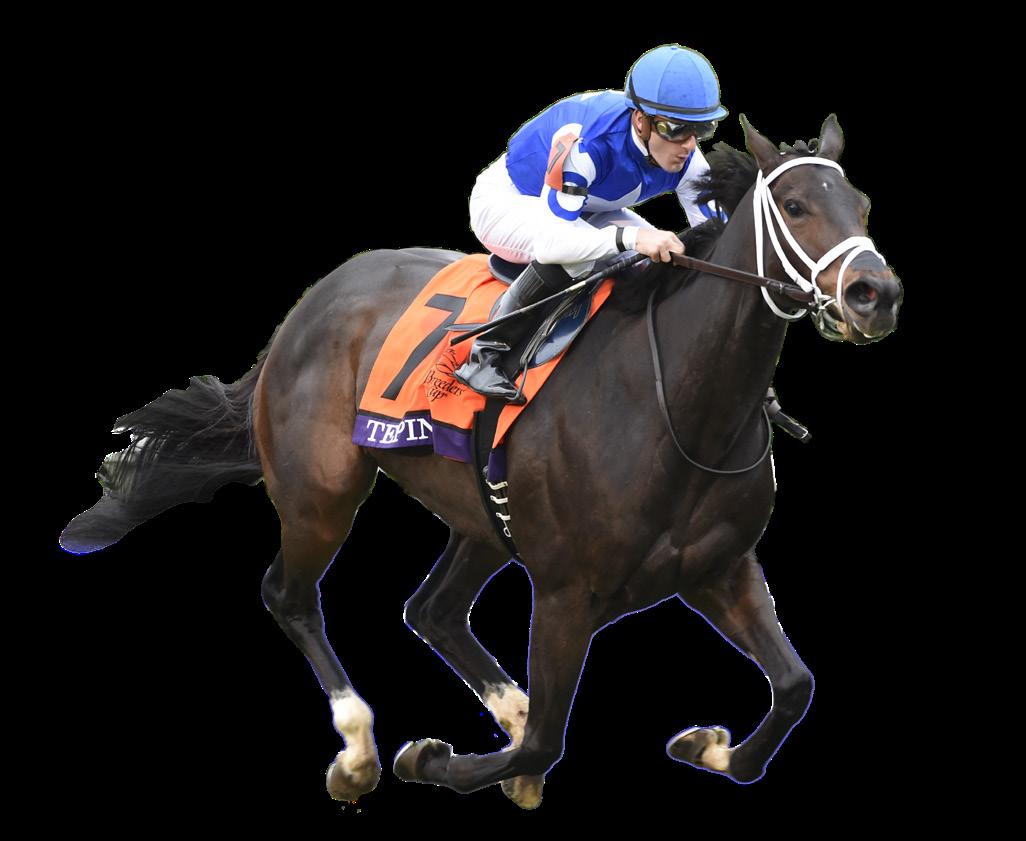
a joy this mare’s been,” Masterson said. “The only thing she wants in return is a peppermint.”



Thought you couldn’t afford it? Well, think again! Thanks to the No. 1 thoroughbred racing partnership, UTCB Stud, you too can now afford to own a fractional share in a racehorse!



Just $1,000 buys you a one-percent (1%) Interest in an unraced 2-year-old where the sky’s the limit! You don’t need to spend like a millionaire to actually feel like one!

A winner of 16 stakes races during his career, Hillsdale is the first Indiana-bred elected to the Hall of Fame
 BY BRIEN BOUYEA Hall of Fame and Communications Director
BY BRIEN BOUYEA Hall of Fame and Communications Director
illsdale was understandably unnoticed at Churchill Downs on the first Saturday in May of 1957. The Kentucky Derby, of course, was the main event, with that year’s Run for the Roses featuring future Hall of Famers Bold Ruler, Gallant Man, and Round Table being infamously upset by Calumet Farm’s Iron Liege. Hillsdale, meanwhile, was an unknown Indiana-bred making his second career start on the Derby undercard. Six days after he finished fourth in his career debut, Hillsdale went off at odds of 73-1 in a 4½-furlong maiden event. The bettors were right to ignore him — he finished 10th. Better days, however, were ahead.
By the time he was retired at the conclusion of his 4-year-old campaign in 1959, Hillsdale had won 23 of 41 starts — including 16 stakes — and ranked 13th all time in earnings with $646,935. Bred at Helen Kellogg’s Murlogg Farm, Hillsdale was named after Hillsdale Road, which ran past the farm, located near Evansville. Hillsdale was sired by Take Away, a workhorse who won 32 of 132 career starts in 10 years on the track. Hillsdale was out of the dam Johann, a daughter of Hall of Famer Johnstown.
Trained initially by Odie Clelland for Kellogg, Hillsdale was dropped into a maiden claiming race 12 days after losing his second start. Unclaimed,
Hillsdale broke his maiden that day at Churchill before Clelland took him to race on the New England circuit with mixed results. From late May through November 1957, Hillsdale won five of 11 starts at Narragansett, Rockingham, and Suffolk Downs. His lone stakes victory was the Granite State Stakes at Rockingham.
Hillsdale began to show promise in the spring of 1958 when he finished a half-length behind eventual Kentucky Derby and Preakness Stakes winner Tim Tam in an allowance race at Keeneland. By this time, Kellogg had sold Hillsdale for $25,000 to Clarence W. “Catfish” Smith, a former football player with the Chicago Bears who was the head of an engineering firm in Detroit. At the time of his purchase of Hillsdale, Smith had dabbled in horse ownership for the better part of a decade with minimal success.
Following his strong showing at Keeneland, Hillsdale was shipped to California and placed in the barn of former jockey Marty Fallon, a protégé of Clelland’s who had been the colt’s initial exercise rider at Murlogg Farm. That summer at Hollywood Park, Hillsdale won the Will Rogers Stakes and El Dorado Handicap, and also placed in the Westerner Stakes (later renamed the Hollywood Derby). Hillsdale then finished sixth in the American Derby and second on turf in the Atlantic City Handicap before going on a remarkable run of glory. In his next 16 stakes appearances, Hillsdale won 13 times and finished second in the other three.

Hillsdale concluded his sophomore year with victories in the Michigan Derby at Hazel Park, the Boardwalk Handicap at Atlantic City, and the Malibu Stakes at Santa Anita. Journeyman rider Tommy Barrow took over in the irons aboard Hillsdale prior to the Boardwalk and proceeded to win 12 stakes with him in less than a year. The win streak stretched into 1959, with Hillsdale turning back Round Table by a head in the seven-furlong San Carlos Handicap while in receipt of 17 pounds. Victories in the San Fernando and Santa Anita Maturity (later renamed the Charles H. Strub) followed, giving Hillsdale the distinction of becoming the second horse to win the Strub Series (Round Table was
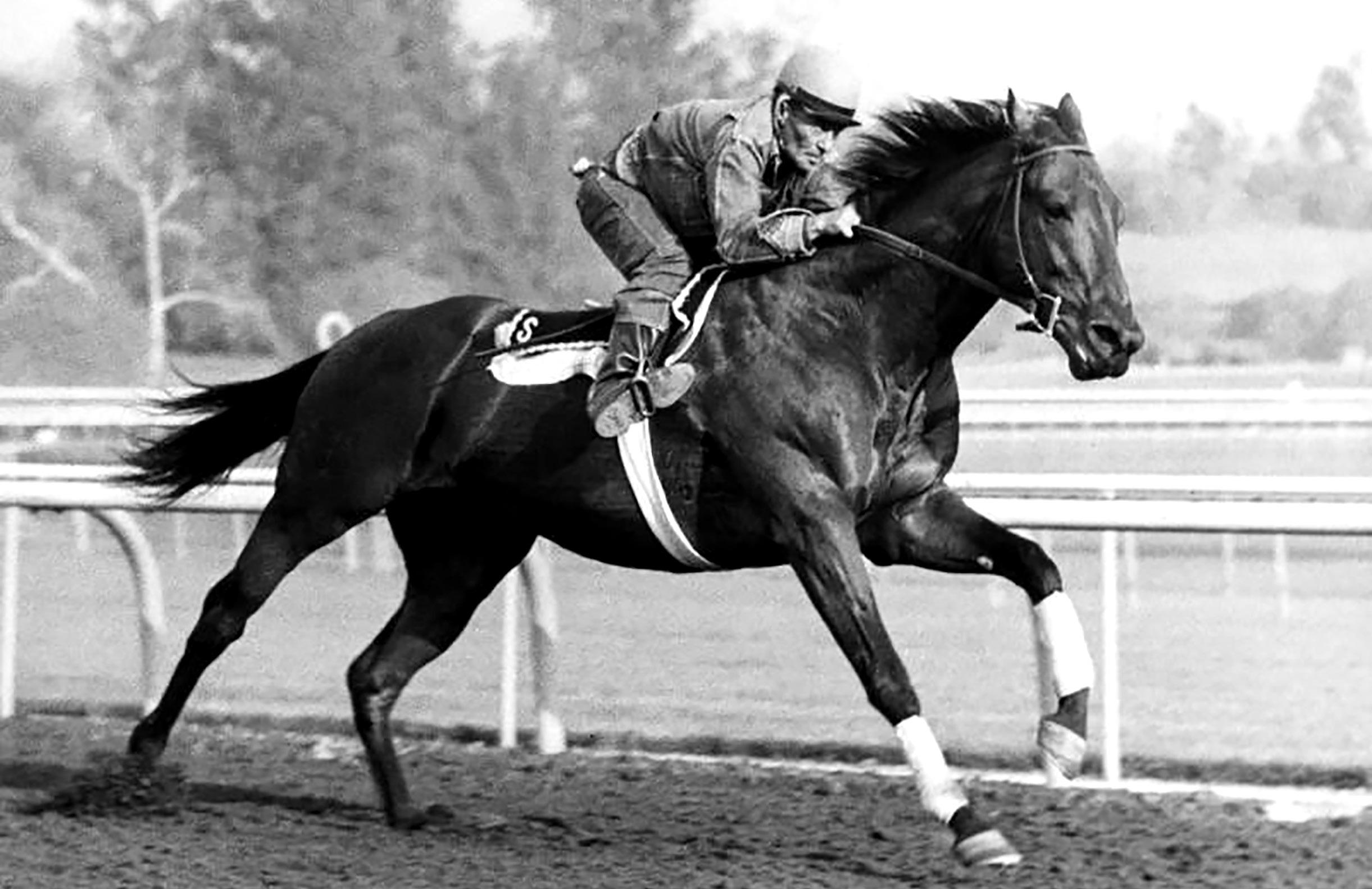
the first to do so). Hillsdale was then an unbeatable in the early part of his 1959 season took place in the San Antonio Handicap on Feb. 14, when he was second by three-quarters of a length to Bug Brush, who set a new world record for nine furlongs, and two weeks later when he was a half-length back of Terrang in the Santa Anita Handicap.

Hillsdale was then an unbeatable sensation at Hollywood Park, winning the Los Angeles Handicap, Californian, Argonaut Handicap, American Handicap, and Hollywood Gold Cup. The win streak reached seven with an overnight handicap victory at Belmont Park followed by a gutsy win over future champion Bald Eagle in the Aqueduct Handicap.

The win streak was snapped in the Woodward at Aqueduct in late September. In a thrilling finish, Eddie Arcaro masterfully piloted Sword Dancer to a head victory over Hillsdale. Round Table finished third. The victory gave Sword Dancer the Horse of the Year title and a split of the champion handicap honors with Round Table. The Woodward was a tough beat for Hillsdale, who never raced again and missed out on championship honors.
Hillsdale’s accomplishments, however, were still momentous. He retired with a record of 23-6-4 from 41 starts and his 1959 earnings of $502,090 were second only to Sword Dancer. The only older horse to earn more in a


year to that point was Round Table, in 1958 ($662,780). Hillsdale stood at Claiborne Farm until the mid-1960s but was a disappointment as a stallion, siring only eight stakes winners.
His most noted offspring were fillies. Bravery II was one of Ireland’s top juveniles in 1965, winning the Anglesey Stakes. She later placed in the Cheveley Park Stakes at Newmarket and Coronation Stakes at Royal Ascot. In America, Hillsdale’s best daughter was Hi Q., winner of the 1971 Vanity Handicap at Hollywood Park. He also sired Acroterion, the broodmare sire of nine-time graded stakes winner Flying Paster.
Hillsdale died in 1972 at Three Rings Farm in Beaumont, California.







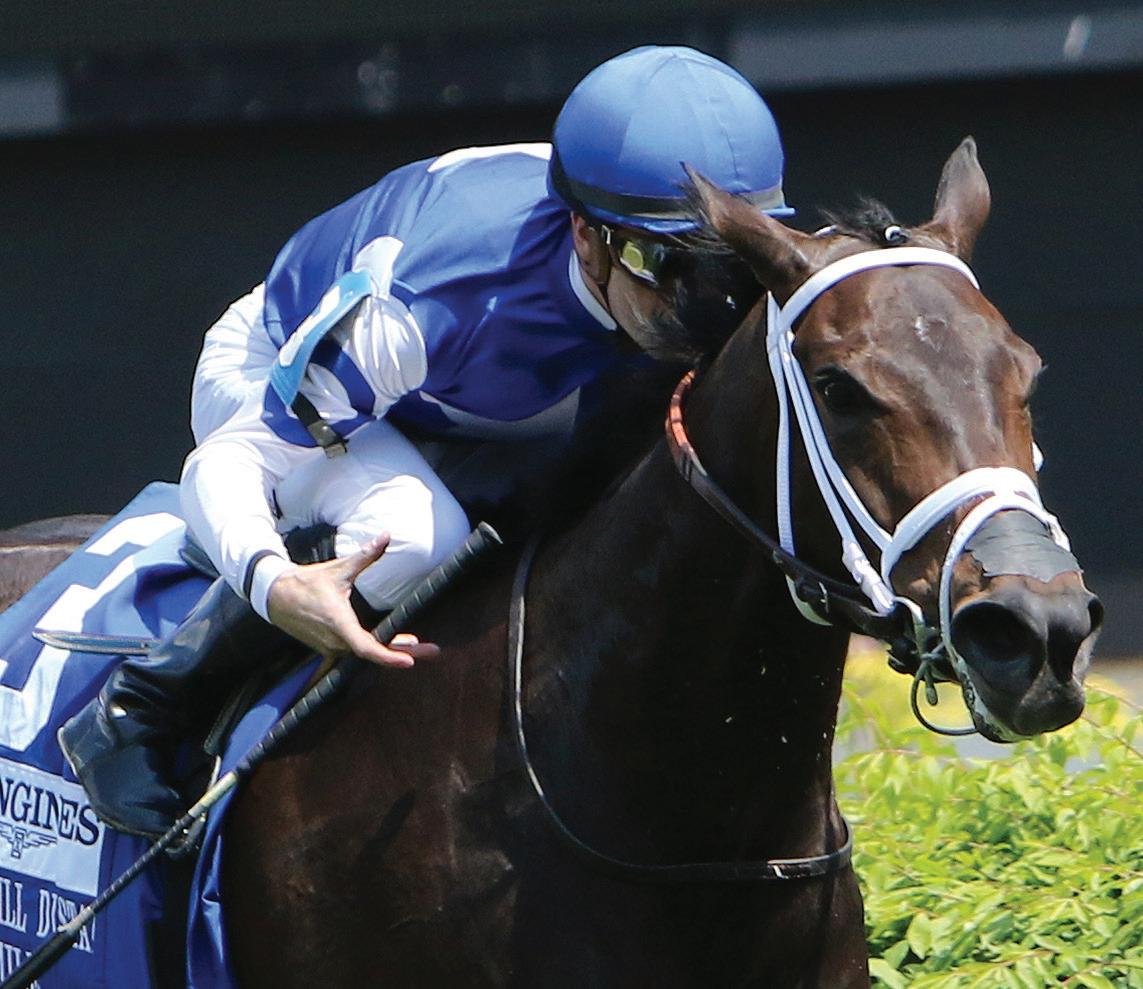

Irish-bred champion Royal Heroine enjoyed success in Europe and America, including a record-setting performance in the inaugural Breeders’ Cup Mile
 BY BRIEN BOUYEA Hall of Fame and Communications Director
BY BRIEN BOUYEA Hall of Fame and Communications Director
Royal Heroine was an international star. She beat the boys. She set a North American record on racing’s biggest stage. She was a champion. There wasn’t much she didn’t accomplish.
Bred in Ireland by B. Larry Ryan, Royal Heroine was impeccably bred. A dark bay, she was a daughter of Lypheor (GB) out of the Relko (GB) mare My Sierra Leone (GB). Lypheor was a son of two-time leading French sire and Group 1 winner Lyphard (PA). Relko, meanwhile, won or placed in 11 of 13 career starts, including a victory in the 1963 Epsom Derby.
Royal Heroine was campaigned by Englishman Robert Sangster, who had developed an international racing and breeding empire. Sangster engaged the legendary Sir Michael Stoute to train Royal Heroine when she began her career in Europe as a juvenile. After finishing fourth in her debut at England’s Doncaster Racecourse on June 26, 1982, Royal Heroine broke her maiden next out at Newmarket on July 7. Two weeks later at Ascot, she stepped up into stakes competition, winning the listed Princess Margaret by 2½ lengths. Royal Heroine raced once more that year, finishing second
to multiple Group 1 winner and future champion Habibti in the Group 2 Lowther Stakes at York.
As a 3-year-old, Royal Heroine won the Group 3 Child Stakes at Newmarket, the listed Sceptre Stakes at Doncaster, and the Group 2 Prix de l’Opera at Longchamp in France before Sangster made the decision to send her to America.
After 11 starts in Europe, Sangster took aim at California and transferred Royal Heroine into the barn of trainer John Gosden. After finishing off the board in her American debut in the Grade 1 Yellow Ribbon Stakes in early November 1983 at Santa Anita, Royal Heroine was entered in a division of the Grade 1 Hollywood Derby two weeks later at Hollywood Park. With new rider Fernando Toro in the irons, Royal Heroine defeated multiple Grade 1 winner Interco by three-quarters of a length to earn her first victory in the United States in the final start of her sophomore season.
Returning to the races at Santa Anita as a 4-year-old, Royal Heroine was injured in the Garde 1 Santa Ana Handicap and sidelined three months. Upon her return in June, she defeated males, including multiple graded stakes winner Bel Bolide, in the Grade 3 Inglewood Handicap at Hollywood Park.
 Opposite page: Royal Heroine, depicted by artist Richard Stone Reeves, won the Eclipse Award for Champion Turf Female in 1984 when she won the inaugural Breeders’ Cup Mile at Hollywood Park. Above: Royal Heroine, Fernando Toro up, defeats Interco in a division of the 1983 Hollywood Derby. Royal Heroine was undefeated in five starts at Hollywood Park.
Opposite page: Royal Heroine, depicted by artist Richard Stone Reeves, won the Eclipse Award for Champion Turf Female in 1984 when she won the inaugural Breeders’ Cup Mile at Hollywood Park. Above: Royal Heroine, Fernando Toro up, defeats Interco in a division of the 1983 Hollywood Derby. Royal Heroine was undefeated in five starts at Hollywood Park.
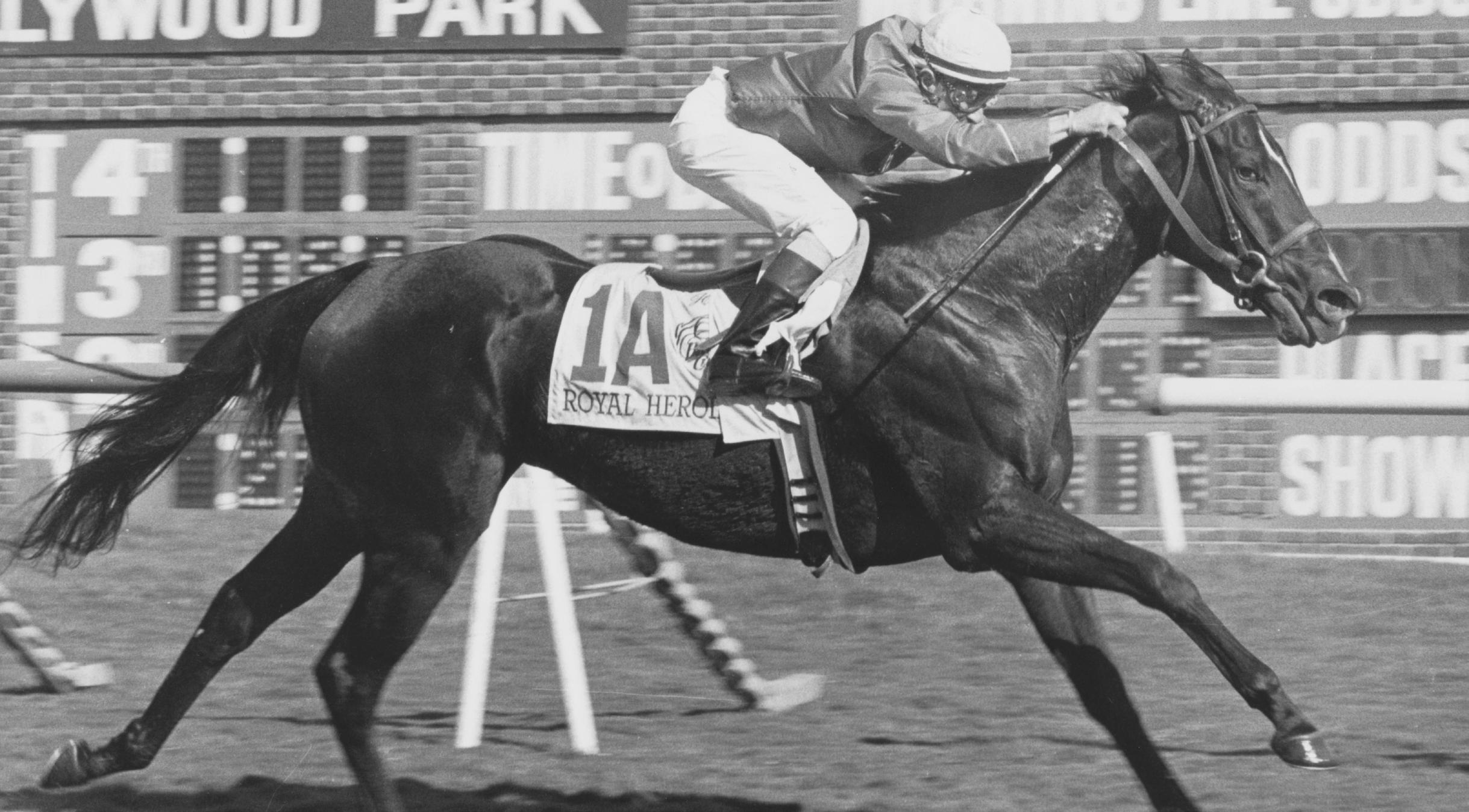
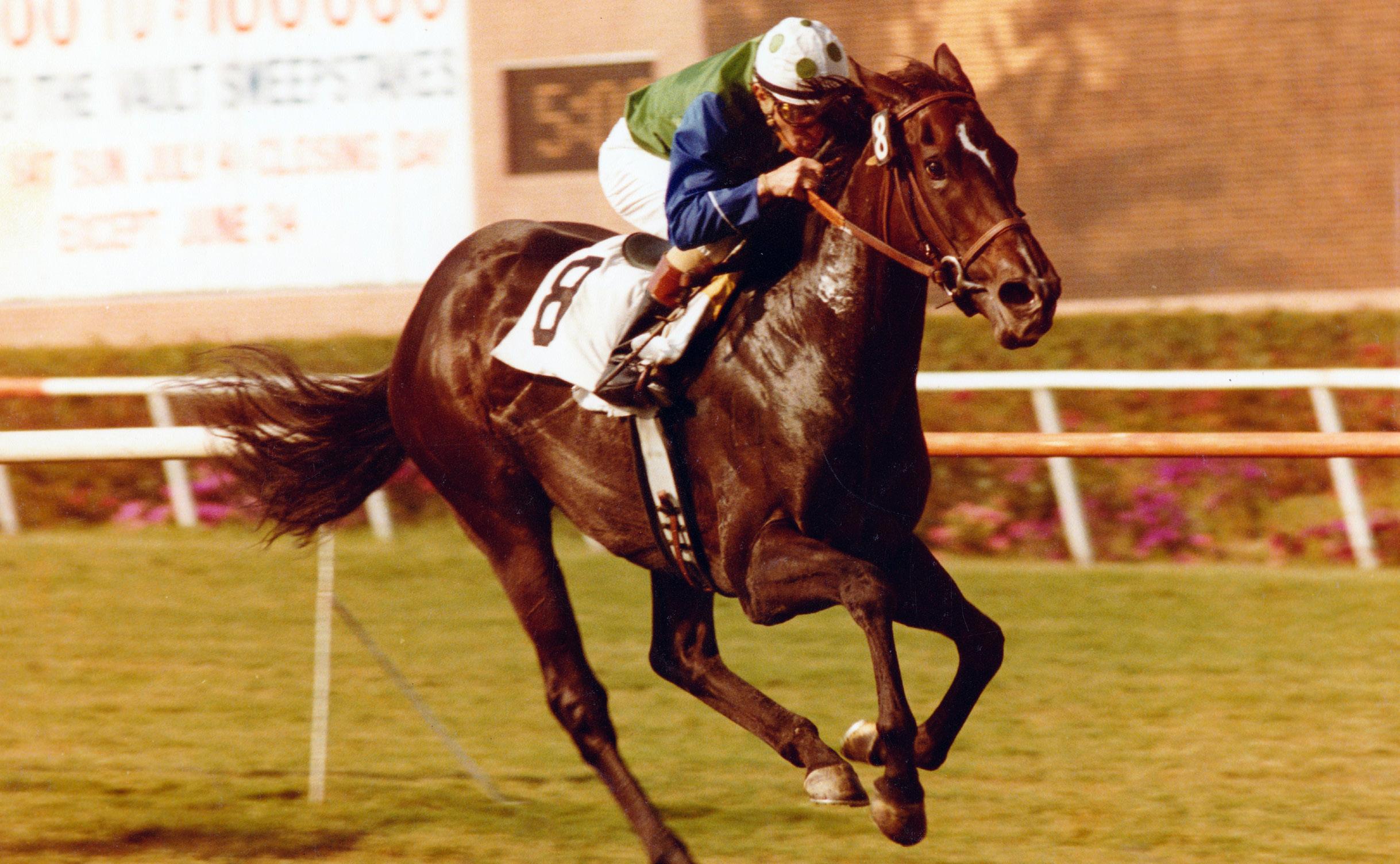
Two weeks later, Royal Heroine bested multiple Grade 1 winner Adored by 1¾ lengths in the Grade 2 Beverly Hills Handicap at Hollywood. Next out, she crossed the finish line first but was placed third by disqualification in the Grade 3 Palomar Handicap at Del Mar.
Royal Heroine then ventured outside of California to meet future Hall of Famer John Henry in the Arlington Million in Chicago. She acquitted herself well, finishing second to the legendary gelding and well ahead of the remainder of the field. Returning to her California base, Royal Heroine finished a strong second to multiple stakes winner Flag de Lune in the Grade 1 Ramona Handicap at Del Mar.
With the inaugural Breeders’ Cup taking place at Hollywood Park, Royal Heroine was returning to a venue she thrived at, having won all three of her previous starts there. The grand stage of the Breeders’ Cup proved no different. With regular rider Toro aboard, Royal Heroine delivered a recordsetting performance against a field of nine elite males. At the wire, she was 1½ lengths clear of multiple graded stakes winner Star Choice. Cozzene, who went on to win the Breeders’ Cup Mile and an Eclipse Award in 1985,
finished third. The final time was 1:32.60, a new North American mile record for turf.
Two weeks after the Breeders’ Cup, Royal Heroine won her fifth race without a defeat at Hollywood Park, defeating graded stakes winner Reine Mathilde by a length in the Grade 1 Matriarch in her final career start. Royal Heroine was retired with a record of 10-4-2 from 21 starts and earnings of $1,229,449. She was voted the Eclipse Award for Champion Female Turf Horse for 1984. Overall, she won nine stakes, seven of which were graded or group events, including three Grade 1s.


Hollywood Park named a stakes race in Royal Heroine’s honor. When the track closed at the end of 2013, the race was moved to Santa Anita. In retirement, Royal Heroine produced seven foals as a broodmare, but none had any notable success despite being sired by the likes of Affirmed and Sadler’s Wells. One of Royal Heroine’s daughters, Castilian Queen (by Diesis) did produce French Group 1 Prix de l’Abbaye winner Carmine Lake (by Royal Academy).

Royal
at the
of 22 in 2002.

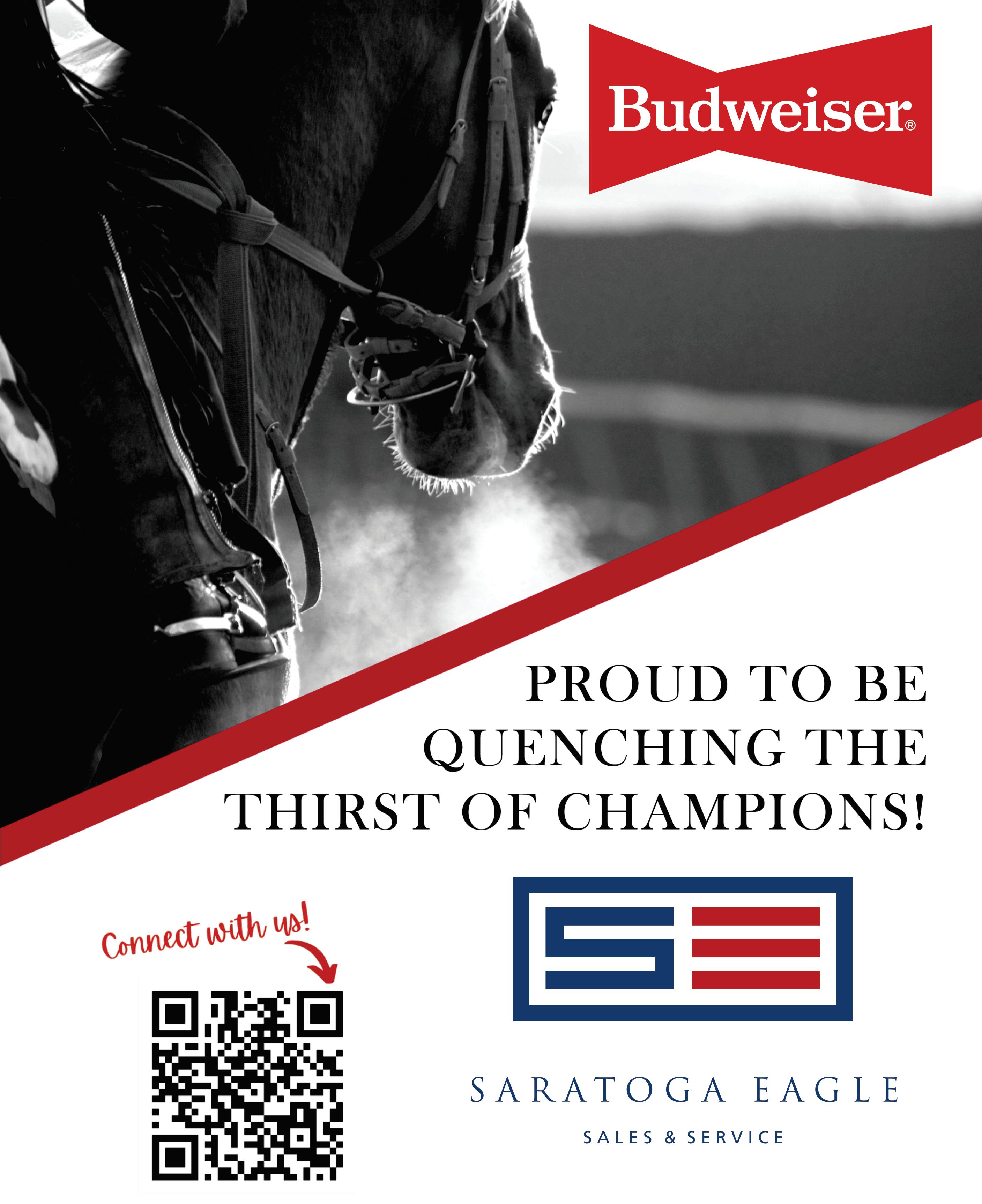
Frank D. Adams 1970 1944-1956

Eight-time leading steeplechase rider, won 301 career steeplechase races
John Adams 1965 1934-1958 Three-time national riding leader, won 3,270 races, including the Preakness Joe Aitcheson, Jr. 1978 1957-1977 Seven-time leading steeplechase rider, won record 440 career steeplechase races
Chris W. Antley 2015 1983-2000 Won 3,480 races, including two editions of the Kentucky Derby, one Preakness

G. Edward Arcaro 1958 1931-1951 Six-time national riding leader, won 4,779 races, including record 17 in Triple Crown series, rode Whirlaway, Citation, Kelso Ted F. Atkinson 1957 1938-1959 Two-time national riding leader, won 3,795 races, including Preakness and Belmont, rode Tom Fool, Nashua, Bold Ruler Braulio Baeza 1976 1960-1976 Two-time Eclipse Award winner, won 4,013 races, including three editions of the Belmont, one Kentucky Derby
Jerry D. Bailey 1995 1974-2006 Seven-time Eclipse Award winner, won 5,893 races, including 15 Breeders’ Cup races, six Triple Crown events
George Barbee 1996 1872-1884 Three-time Preakness winner, won Travers and Saratoga Cup twice each, Belmont once Shelby “Pike” Barnes 2011 1885-1892 Two-time national riding leader, won the Belmont, Travers, Alabama, and inaugural Futurity Carroll K. Bassett 1972 1929-1936 Won more than 100 steeplechase races, including several aboard Battleship Russell Baze 1999 1974-2016 Won record 12,842 races, national leader in wins 13 times, George Woolf Award winner Walter Blum 1987 1953-1975 Two-time national riding leader, won 4,382 races, including Belmont, Santa Anita Derby, Whitney Bill Boland 2006 1949-1969 Won 2,049 races, including two editions of the Belmont, one Kentucky Derby Calvin H. Borel* 2013 1983-present Has won more than 5,200 races, including three editions of the Kentucky Derby, one Preakness, Travers, Haskell, Alabama George H. “Pete” Bostwick 1968 1927-1949 Six-time amateur steeplechase riding leader, later trained Neji and Oedipus Sam Boulmetis, Sr. 1973 1948-1966 Won 2,783 races, including seven stakes aboard Tosmah, four-time riding leader at Monmouth Steve Brooks 1963 1938-1975 Won 4,451 races, including the Kentucky Derby, riding titles at Arlington, Churchill, Monmouth Don Brumfield 1996 1954-1989 Won 4,573 races, including the Kentucky Derby and Preakness, 16 riding titles at Churchill Downs
Thomas H. Burns 1983 1895-1913 Two-time national riding leader, won 1,333 races, including three editions of the Manhattan Handicap
James H. Butwell 1984 1907-1928 Won 1,402 races, including two editions of the Belmont, one Preakness
J. Dallett Byers 1967 1916-1932 Three-time steeplechase riding leader, won races aboard Jolly Roger and Fairmount

Javier Castellano* 2017 1997-present Four-time Eclipse Award winner, has won more than 5,500 races, 12 Breeders’ Cup events, record six editions of the Travers
Steve Cauthen 1994 1976-1992 Eclipse Award winner, won 2,794 races, including Triple Crown with Affirmed, three-time riding leader in England
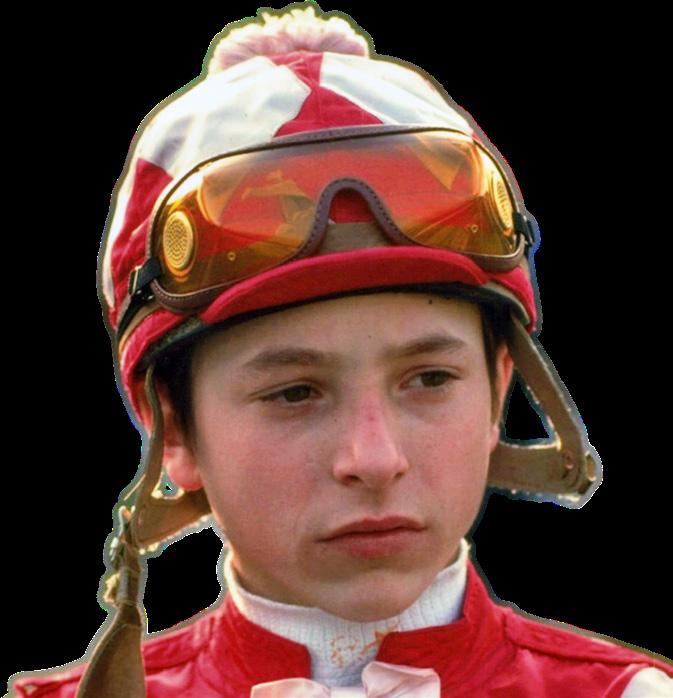
Frank Coltiletti 1970 1919-1934 Won 667 races, including the Preakness, Travers, Futurity, Metropolitan Handicap
Angel Cordero, Jr. 1988 1962-1992 Three-time national riding leader, won 7,057 races, three Eclipse Awards, six Triple Crown events, 14 Saratoga riding titles

Robert H. Crawford 1973 1916-1928 Four-time leading steeplechase rider, won the American Grand National three times
Pat Day 1991 1973-2005 Four-time Eclipse Award winner, won 8,803 races, 12 Breeders’ Cup races, nine Triple Crown events, rode Easy Goer, Lady’s Secret


Edward J. Delahoussaye 1993 1967-2002 Won 6,384 races, including seven Breeders’ Cup races, five Triple Crown events, rode A.P. Indy and Princess Rooney Kent J. Desormeaux* 2004 1986-present Three-time Eclipse Award winner, has won more than 6,100 races, including seven Triple Crown events, rode Real Quiet, Big Brown Ramon A. Dominguez 2016 1996-2013 Three-time Eclipse Award winner, won 4,985 races, including Saratoga record 68 in 2012, rode Havre de Grace and Gio Ponti Lavelle “Buddy” Ensor 1962 1917-1945 Won 436 races, including Travers, Brooklyn, and Suburban, rode Exterminator and Grey Lag Victor Espinoza* 2017 1993-present Has won more than 3,400 races, Triple Crown with American Pharoah, Kentucky Derby and Preakness with War Emblem, California Chrome Laverne Fator 1955 1919-1933 Two-time national riding leader, won 1,075 races, including two editions of the Travers Earlie Fires 2001 1965-2008 Won 6,470 races, all-time leading rider at Arlington Park with 2,886 wins Jerry Fishback 1992 1964-1987 Five-time leading steeplechase rider, won 301 career steeplechase races, rode Café Prince and Flatterer Mack Garner 1969 1914-1936 Won 1,346 races, including two editions of the Belmont, one Kentucky Derby Edward R. “Snapper” Garrison 1955 1882-1897 Famous 19th century rider, won the Belmont, American Derby, three editions of the Jerome Handicap Avelino Gomez 1982 1944-1980 Sovereign Award winner, won 4,081 races, including four editions of the Queen’s Plate Garrett K. Gomez 2017 1988-2013 Four-time national riding leader, won 3,769 races, two Eclipse Awards, 13 Breeders’ Cup races, including Classic with Blame Henry F. Griffin 1956 1891-1897 Elite 19th century rider, won 569 races, rode Henry of Navarre and Clifford, won both Preakness and Belmont in 1896
O. Eric Guerin 1972 1941-1975 Regular rider of Native Dancer, won 2,712 races, including Kentucky Derby, Preakness, two editions of the Belmont Anthony Hamilton 2012 1881-1904 Won American Derby and Futurity, as well as Brooklyn, Suburban, and Metropolitan handicaps
William J. Hartack 1959 1952-1974 Four-time national riding leader, won 4,272 races, including nine Triple Crown events, rode Northern Dancer, Tim Tam, Ridan Sandy Hawley 1992 1968-1998 Eclipse Award winner, won 6,450 races, including 10 Canadian Triple Crown races
Lloyd Hughes 2014 1872-1883 First rider to win the Preakness three times, also won Belmont and Travers twice each Albert M. Johnson 1971 1917-1929 Two-time winner of both the Kentucky Derby and Belmont, rode Exterminator and Crusader William J. Knapp 1969 1901-1919 Won 649 races, including the Kentucky Derby with Exterminator, rode Upset to defeat Man o’ War
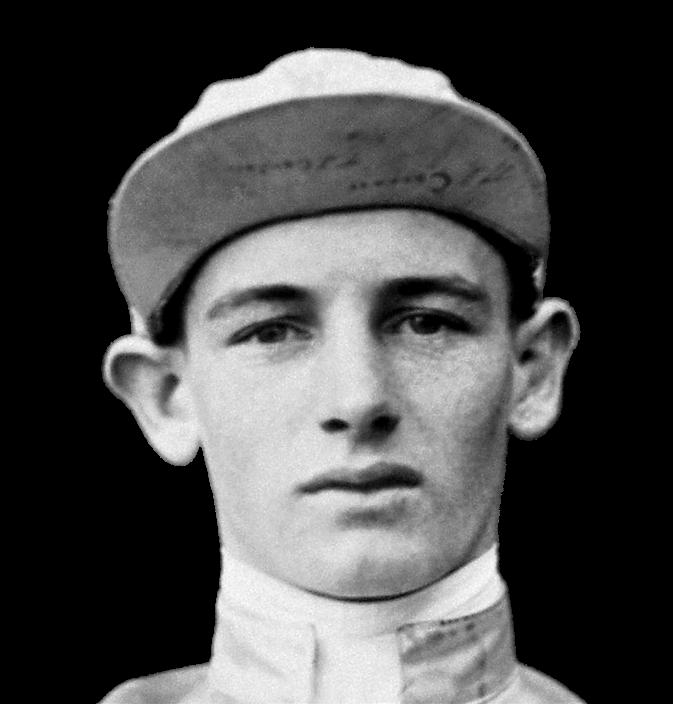
Julie Krone 2000 1981-2004 Won 3,704 races, first woman in Hall of Fame, first to win a Triple Crown race and Breeders’ Cup race
Clarence Kummer 1972 1916-1928 Won Preakness and Belmont twice each, rode Man o’ War, Sir Barton, Exterminator, Sarazen, and Zev
Charles E. Kurtsinger 1967 1924-1939 Two-time national riding leader, won 721 races, Triple Crown with War Admiral, Kentucky Derby and Preakness with Twenty Grand John P. Loftus 1959 1909-1919 Rode Man o’ War, Sir Barton, and Pan Zareta, won Kentucky Derby and Preakness twice each, Belmont once
John Longden 1958 1927-1966 Three-time national riding leader, won 6,032 races, including Triple Crown with Count Fleet

Daniel A. Maher 1955 1895-1915 National riding leader in America and England, won 3,192 races, including three editions of the Epsom Derby

Eddie Maple 2009 1965-1998 Won 4,398 races, including the Travers and Belmont twice each, seven editions of the Saranac Handicap
Darrel McHargue 2020 1972-1988 Won 2,553 races, Eclipse Award, set single-year earnings record, won Preakness, rode John Henry, My Juliet, Ancient Title
J. Linus “Pony” McAtee 1956 1914-1932 Won 930 races, including two editions of the Kentucky Derby, one Preakness Chris McCarron 1989 1974-2002 Two-time Eclipse Award winner, won 7,141 races, including eight Breeders’ Cup races, six Triple Crown events Conn McCreary 1975 1939-1960 Won 1,263 races, including two editions of both the Kentucky Derby and Preakness
Rigan McKinney 1968 1929-1939 Four-time leading amateur steeplechase rider, won American Grand National twice James McLaughlin 1955 1876-1892 Four-time national riding leader, won Belmont six times, Travers four times, Kentucky Derby and Preakness once each Walter Miller 1955 1904-1909 Two-time national riding leader, won 1,094 races, including Preakness, Travers, and Alabama, rode Colin Isaac B. Murphy 1955 1876-1895 First three-time Kentucky Derby winner, won American Derby and Clark Handicap four times each Ralph Neves 1960 1934-1964 Won 3,772 races, including three editions of the Hollywood Derby, also won Santa Anita Derby, Santa Anita Handicap Joe Notter 1963 1904-1918 Rode Colin, Fair Play, Maskette, Peter Pan, Regret, and Whisk Broom II
Winfield “Winnie” O’Connor 1956 1896-1923 National riding leader, won 1,229 races in America and Europe, won Futurity aboard Yankee George M. Odom 1955 1898-1905 Won 527 races, rode and later trained a Belmont winner, trained Busher Frank O’Neill 1956 1901-1930 Rode Beldame and Roseben before becoming an 11-time leading rider in France Ivan H. Parke 1978 1923-1931 Two-time national riding leader, later trained Kentucky Derby winner Hoop Jr. Gilbert W. Patrick 1970 1836-1879 Rode Boston, Lexington, Kentucky, and Ruthless, won inaugural editions of the Travers, Belmont, Saratoga Cup
Craig Perret 2018 1967-2005 Eclipse Award winner, won Kentucky Derby, Belmont, two editions of both the Travers and Queen’s Plate

Donald Pierce 2010 1954-1985 Won 3,546 races, including five editions of the Santa Anita Oaks, Santa Anita Handicap four times, Santa Anita Derby twice Laffit Pincay, Jr. 1975 1966-2003 Seven-time national riding leader, won 9,530 races, five Eclipse Awards, seven Breeders’ Cup races, four Triple Crown events
Vincent Powers 2015 1907-1923 Two-time national riding leader, won Kentucky Derby, also leading steeplechase rider and trainer Edgar S. Prado* 2008 1986-present Three-time national riding leader, has won more than 7,100 races, Eclipse Award, two editions of the Belmont, one Kentucky Derby

Samuel Purdy 1970 1800-1823 Amateur standout, rode American Eclipse to defeat Sir Henry in famous 1823 match race

John Reiff 1956 1898-1914 Won 1,016 races in America and Europe, including the Kentucky Oaks, English Derby, 2000 Guineas, French Derby, French Oaks
Alfred M. Robertson 1971 1927-1943 Won 1,856 races, including two editions of the Travers, rode Top Flight and Whirlaway
Randy P. Romero 2010 1973-1999 Won 4,294 races, including two editions of the Breeders’ Cup Distaff, rode Go for Wand and Personal Ensign
John L. Rotz 1983 1953-1973 Won 2,907 races, including the Preakness and Belmont, rode Gallant Bloom, Carry Back, and Ta Wee
Earl Sande 1955 1918-1953 Three-time national riding leader, won 968 races, including nine Triple Crown races, rode Gallant Fox, Grey Lag, and Zev
Jose A. Santos 2007 1984-2007 Four-time national riding leader, won 4,083 races, Eclipse Award, seven Breeders’ Cup races, three Triple Crown events, rode Funny Cide
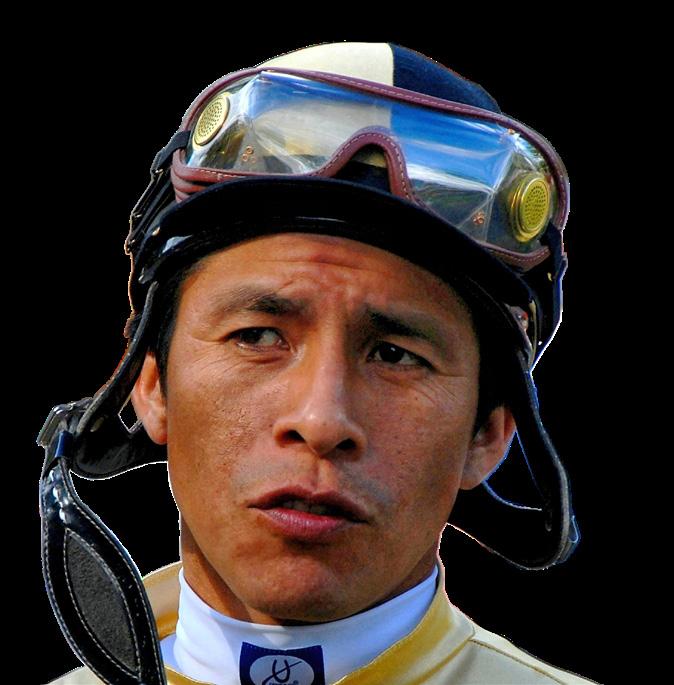
John Sellers 2007 1955-1977 National riding leader, won 2,797 races, Kentucky Derby and Preakness with Carry Back, Belmont with Hail To All
Carroll H. Shilling 1970 1904-1912 National riding leader, won 969 races, including Kentucky Derby, Travers, two editions of the Alabama

William Shoemaker 1958 1949-1990 Ten-time national riding leader, won 8,833 races, Eclipse Award, 11 Triple Crown events, 11 editions of the Santa Anita Handicap Willie Simms 1977 1887-1901 National riding leader, won 1,125 races, including two editions of both the Kentucky Derby and Belmont, one Preakness Tod Sloan 1955 1889-1900 Rode both Hamburg and Clifford in America, starred in England, won Ascot Gold Cup and One Thousand Guineas Mike E. Smith* 2003 1982-present Two-time Eclipse Award winner, has won more than 5,600 races, record 27 Breeders’ Cup events, Triple Crown with Justify Alfred P. “Paddy” Smithwick 1973 1947-1966 Four-time leading steeplechase rider, second all time with 398 steeplechase wins Alex O. Solis 2014 1982-2017 Won 5,035 races, including three Breeders’ Cup races, Preakness, Dubai World Cup Gary L. Stevens 1997 1979-2018 Eclipse Award winner, won 5,187 races, including 11 Breeders’ Cup events, nine Triple Crown races James Stout 1968 1930-1954 Won 2,056 races, including three editions of the Belmont, one Kentucky Derby, rode Granville, Johnstown

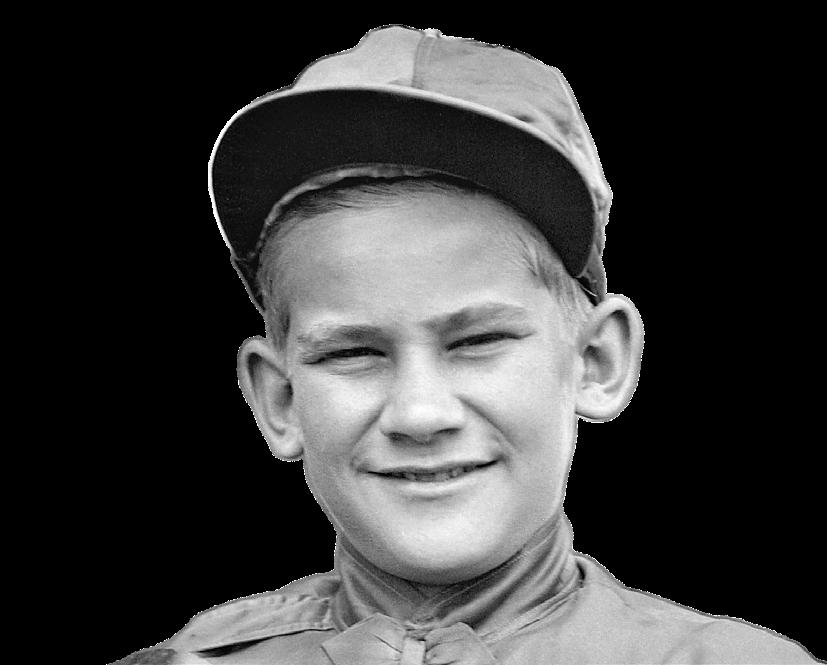
Fred Taral 1955 1883-1908 Won 1,437 races, including the Kentucky Derby, Belmont, and two editions of both the Preakness and Travers Bayard Tuckerman, Jr. 1973 1910-1930 Outstanding amateur steeplechase rider, later a trainer, owner, leading executive Ron Turcotte 1979 1961-1978 Won 3,032 races, Triple Crown aboard Secretariat, Kentucky Derby and Belmont with Riva Ridge Nash Turner 1955 1895-1914 Won the Belmont, Alabama, Suburban, Jerome, and Clark in America before starring in France

Robert N. Ussery 1980 1951-1974 Won 3,611 races, including two editions of the Kentucky Derby and one Preakness Ismael Valenzuela 2008 1951-1980 Won 2,545 races, including Kentucky Derby and Preakness twice each, rode Kelso Jacinto Vasquez 1998 1959-1996 Won 5,231 races, including two editions of the Kentucky Derby, rode Ruffian, Forego, and Genuine Risk Jorge Velasquez 1990 1963-1997 National riding leader, won 6,795 races, including Kentucky Derby, Preakness, and Breeders’ Cup Classic
John R. Velazquez* 2012 1990-present Two-time Eclipse Award winner, more than 6,400 wins, 18 Breeders’ Cup victories, Kentucky Derby and Belmont twice each Thomas M. Walsh 2005 1956-1967 Two-time leading steeplechase rider, won 253 career steeplechase races, including six editions of the American Grand National Jack Westrope 2002 1933-1958 National riding leader, won 2,467 races, including Santa Anita Derby, Hollywood Derby, Hollywood Gold Cup, and Suburban Handicap James Winkfield 2004 1898-1932 Two-time Kentucky Derby winner, also won Latonia Derby and Clark Handicap, later had success riding in France and Russia George M. Woolf 1955 1927-1946 Won 721 races, including the Preakness and three editions of the Hollywood Gold Cup, rode Seabiscuit, Alsab, Challedon, and Whirlaway Raymond Workman 1956 1926-1940 Two-time national riding leader, won 1,169 races, including the Preakness, rode Equipoise, Top Flight, and Discovery Wayne D. Wright 2016 1931-1949 Two-time national riding leader, won 1,492 races, including Kentucky Derby, Preakness, Belmont, Travers, Santa Anita Handicap Manuel Ycaza 1977 1957-1983 Won 2,367 races, including the Belmont and four editions of Kentucky Oaks, rode Dr. Fager, Damascus, Fort Marcy, and Ack Ack
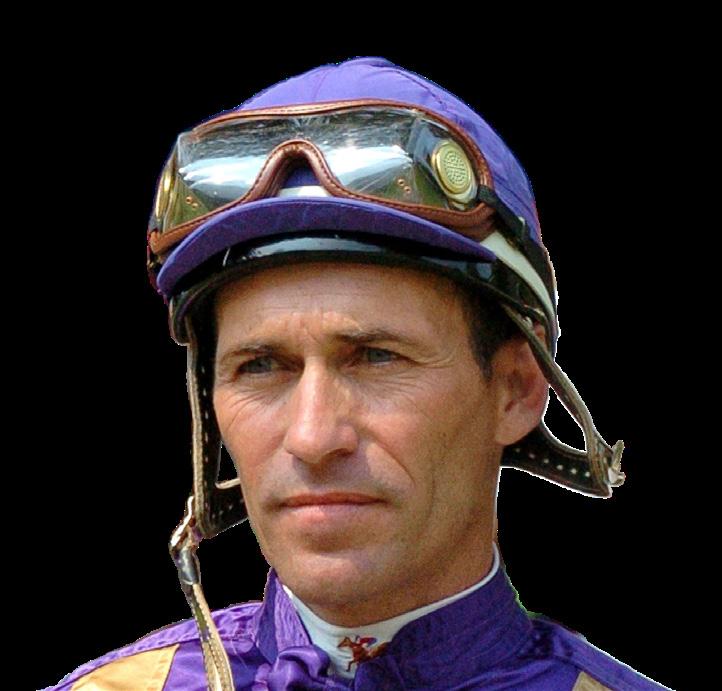
*Active
each Hall of Fame member

 GULFSTREAM PARK GOLDEN GATE FIELDS MARYLAND JOCKEY CLUB SANTA ANITA PARK
GULFSTREAM PARK GOLDEN GATE FIELDS MARYLAND JOCKEY CLUB SANTA ANITA PARK


Steven M. Asmussen* 2016 1986-present Two-time Eclipse Award winner, has won a record 9,700-plus races, including eight Breeders’ Cup races, Preakness twice, Belmont once Roger L. Attfield* 2012 1972-present Eight-time Sovereign Award winner, has won more than 2,000 races, including 22 Canadian Triple Crown events

Bob Baffert* 2009 1979-present Four-time Eclipse Award winner, has won more than 3,200 races, including record 16 Triple Crown events, 18 Breeders’ Cup wins
Lazaro S. Barrera 1979 1945-1991 Four-time Eclipse Award winner, won 2,268 races, Triple Crown with Affirmed, Kentucky Derby and Belmont with Bold Forbes
H. Guy Bedwell 1971 1907-1951 Seven-time national training leader, won Triple Crown with Sir Barton, also trained Billy Kelly Edward D. Brown 1984 1874-1903 Won the Belmont as a jockey, Kentucky Derby, two editions of the Kentucky Oaks as a trainer, conditioned Hindoo, Ben Brush
J. Elliott Burch 1980 1955-1985 National training leader, won three editions of the Belmont, trained Sword Dancer, Arts and Letters, Fort Marcy, Bowl of Flowers Preston M. Burch 1963 1902-1957 National training leader, won 1,236 races, including Preakness, trained Flower Bowl William P. Burch 1955 1866-1926 Won Saratoga Cup, Maryland Handicap, Saratoga Handicap, Spinaway and Withers Fred Burlew 1973 1889-1927 Won 977 races, trained Beldame, won Kentucky Derby with Morvich Matthew Byrnes 2011 1881-1900 Trained Parole, Salvator, and Firenze, won the Belmont with Scottish Chieftain Mark E. Casse* 2020 1979-present 14-time Sovereign Award winner, more than 3,200 wins, five Breeders’ cup victories, won Preakness and Belmont Frank E. Childs 1968 1932-1972 Trained Kentucky Derby winner Tomy Lee, also won Kentucky Oaks, Blue Grass Stakes, Del Mar Oaks, and Hollywood Oaks Henry S. Clark 1982 1929-1989 Won four editions of the Delaware handicap, two each of the Massachusetts and Diana handicaps, one Travers W. Burling Cocks 1985 1941-1993 Four-time leading steeplechase trainer, won American Grand National six times, trained Zaccio James P. Conway 1996 1946-1984 Won the Kentucky Derby and Belmont with Chateaugay, also trained Miss Request, Grecian Queen, Pucker Up Warren A. “Jimmy” Croll, Jr. 1994 1940-2002 Won 1,909 races, trained Holy Bull and Housebuster, won the Belmont with Bet Twice Grover G. “Bud” Delp 2002 1962-2006 Eclipse Award winner, won 3,674 races, including the Kentucky Derby and Preakness with Spectacular Bid

Neil D. Drysdale *2000 1974-present More than 1,500 wins, six Breeders’ Cup wins, Kentucky Derby and Belmont, trained A.P. Indy, Princess Rooney, Bold ’n Determined
William Duke 1956 1887-1925 Won the Kentucky Derby, Preakness, and Travers, as well as five editions of the French Derby

Janet Elliot* 2009 1979-present Two-time leading steeplechase trainer, first woman trainer in the Hall of Fame, trained Correggio, Flat Top, and Census
Louis Feustel 1964 1908-1950 National training leader, conditioned Man o’ War, as well as Chance Play, Ladkin, and Rock View
Jack Fisher* 2021 1987-present 14-time leading steeplechase trainer in wins, eight-time leader in earnings, won 10 graded stakes with Hall of Famer Good Night Shirt
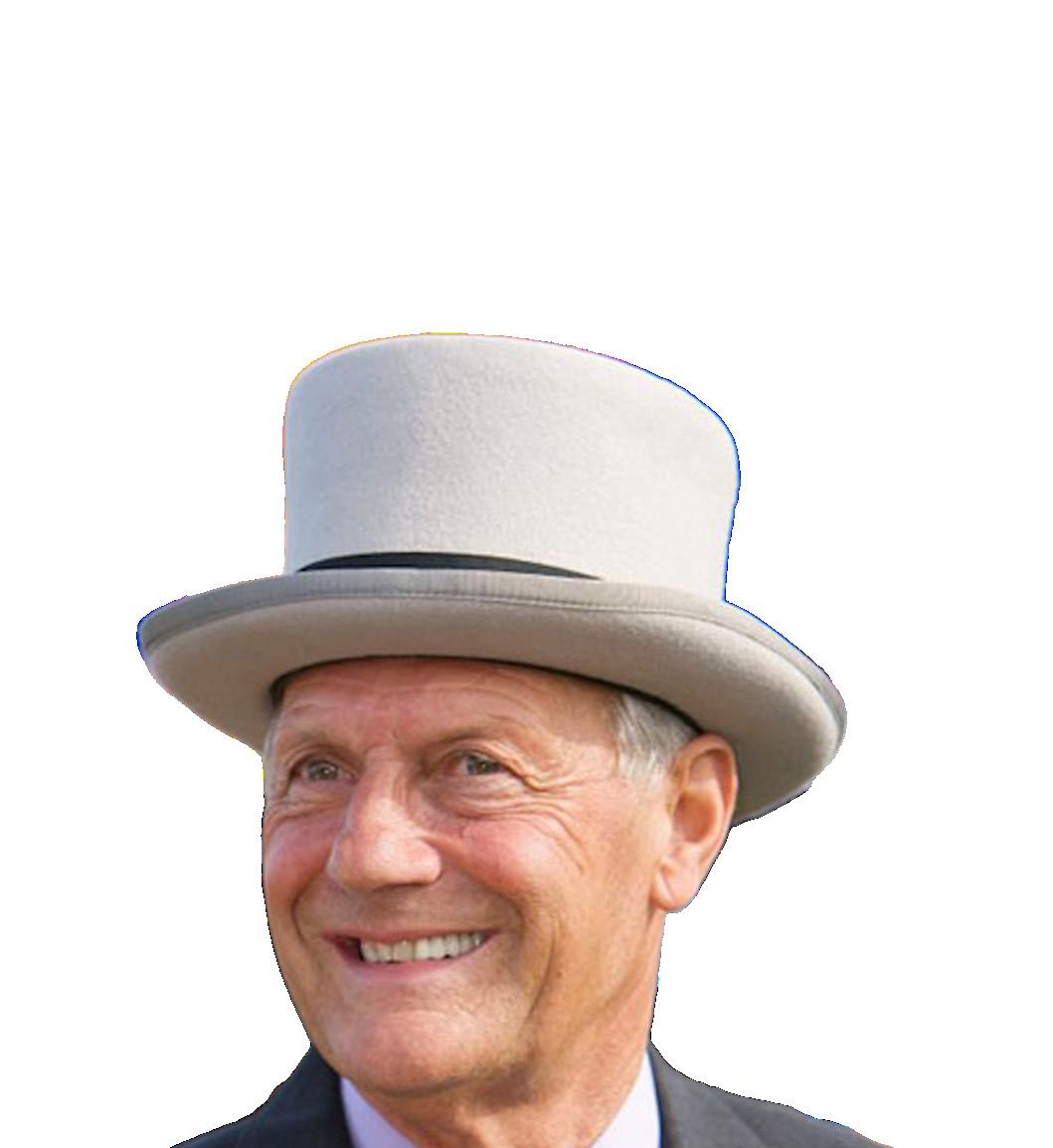
James “Sunny Jim” Fitzsimmons 1958 1894-1963 Five-time national training leader, won 2,275 races, Triple Crowns with Gallant Fox and Omaha, total of 13 Triple Crown race wins Henry Forrest 2007 1938-1975 Won 1,837 races, including the Kentucky Derby and Preakness with both Forward Pass and Kauai King
Robert J. Frankel 1995 1966-2009 Five-time Eclipse Award winner, won 3,654 races, including six Breeders’ Cup races, trained Ghostzapper, won Belmont with Empire Maker


John M. Gaver, Sr. 1966 1936-1977 Two-time national training leader, won three editions of the Belmont, Kentucky Derby and Preakness once each, trained Tom Fool, Devil Diver Carl Hanford 2006 1939-1968 Trained five-time consecutive Horse of the Year Kelso, winning 31 stakes with the immortal gelding Thomas J. Healey 1955 1888-1941 Won the Preakness five times, the Belmont once, trained Equipoise and Top Flight
Samuel C. Hildreth 1955 1887-1929 Nine-time national training leader, won the Belmont and Brooklyn Handicap seven times each, Suburban five times, trained Grey Lag, Zev Hubert “Sonny” Hine 2003 1948-2000 Won 1,314 races, including the Breeders’ Cup Classic and a total of 16 stakes with Horse of the Year Skip Away Maximillian Hirsch 1959 1900-1969 Won 10 Triple Crown races, trained Triple Crown winner Assault, as well as Gallant Bloom, Grey Lag, Sarazen, Stymie William J. “Buddy” Hirsch 1982 1932-1982 Trained Gallant Bloom, won two editions of the Santa Anita Derby, also won the Santa Anita Handicap and Hollywood Derby Thomas Hitchcock, Sr. 1973 1895-1941 Steeplechase pioneer, won two editions of the American Grand National as a trainer/owner, trained flat standout Salvidere Jerry Hollendorfer* 2011 1979-present Has won more than 7,700 races, including three editions of the Kentucky Oaks, trained Blind Luck, Shared Belief, Songbird Hollie Hughes 1973 1914-1975 Won six editions of the American Grand National, trained Kentucky Derby winner George Smith, won the Whitney with Round View John J. Hyland 1956 1886-1913 Two-time Belmont winner, also won three editions of the Futurity, trained Beldame and Henry of Navarre Hirsch Jacobs 1958 1926-1970 National training leader in wins 11 times and earnings three times, won 3,596 races, trained Affectionately and Stymie H. Allen Jerkens 1975 1950-2015 Eclipse Award winner, won 3,859 races, 14 training titles in New York, trained Sky Beauty, Beau Purple, and Onion Philip G. Johnson 1997 1943-2004 Won 2,315 races, including Breeders’ Cup Classic with Volponi, eight training titles in New York William R. Johnson 1986 1801-1849 America’s most prominent pre-Civil War trainer, conditioned Boston and Sir Archy


LeRoy S. Jolley 1987 1958-2017 Won the Kentucky Derby with Foolish Pleasure and Genuine Risk, also trained Manila, General Assembly, and Ridan Benjamin A. Jones 1958 1909-1953 Four-time national training leader, won nine Triple Crown races, trained Whirlaway, Citation, Twilight Tear, Armed, Coaltown Gary F. Jones 2014 1975-1996 Won 1,465 races, 15 training titles in Southern California, trained Best Pal and Turkoman
Horace A. “Jimmy” Jones 1959 1926-1964 Five-time national training leader, won seven Triple Crown races, trained Citation, Bewitch, Tim Tam, and Two Lea Andrew J. “Jack” Joyner 1955 1884-1943 National training leader, won two editions of the Preakness, enjoyed considerable success training in England Thomas J. Kelly 1993 1945-1998 Won 1,553 races, trained 65 stakes winners, including Plugged Nickle, Noble Dancer II, and King’s Bishop William Lakeland 2018 1877-1908 Trained Domino and Hamburg, won more than 110 stakes races, including the Preakness and three editions of the Futurity Lucien Laurin 1977 1942-1990 Eclipse Award winner, won 1,161 races, Triple Crown with Secretariat, Kentucky Derby and Belmont with Riva Ridge, Belmont with Amberoid King T. Leatherbury* 2015 1959-present Has won more than 6,500 races, 52 training titles in Maryland, 26 stakes with Ben’s Cat J. Howard Lewis 1969 1901-1937 Trained Bushranger and Fairmount, won the Temple Gwathmey six times and the American Grand National five times D. Wayne Lukas* 1999 1974-present Four-time Eclipse Award winner, has won more than 4,800 races, including 20 Breeders’ Cup races, 14 Triple Crown events
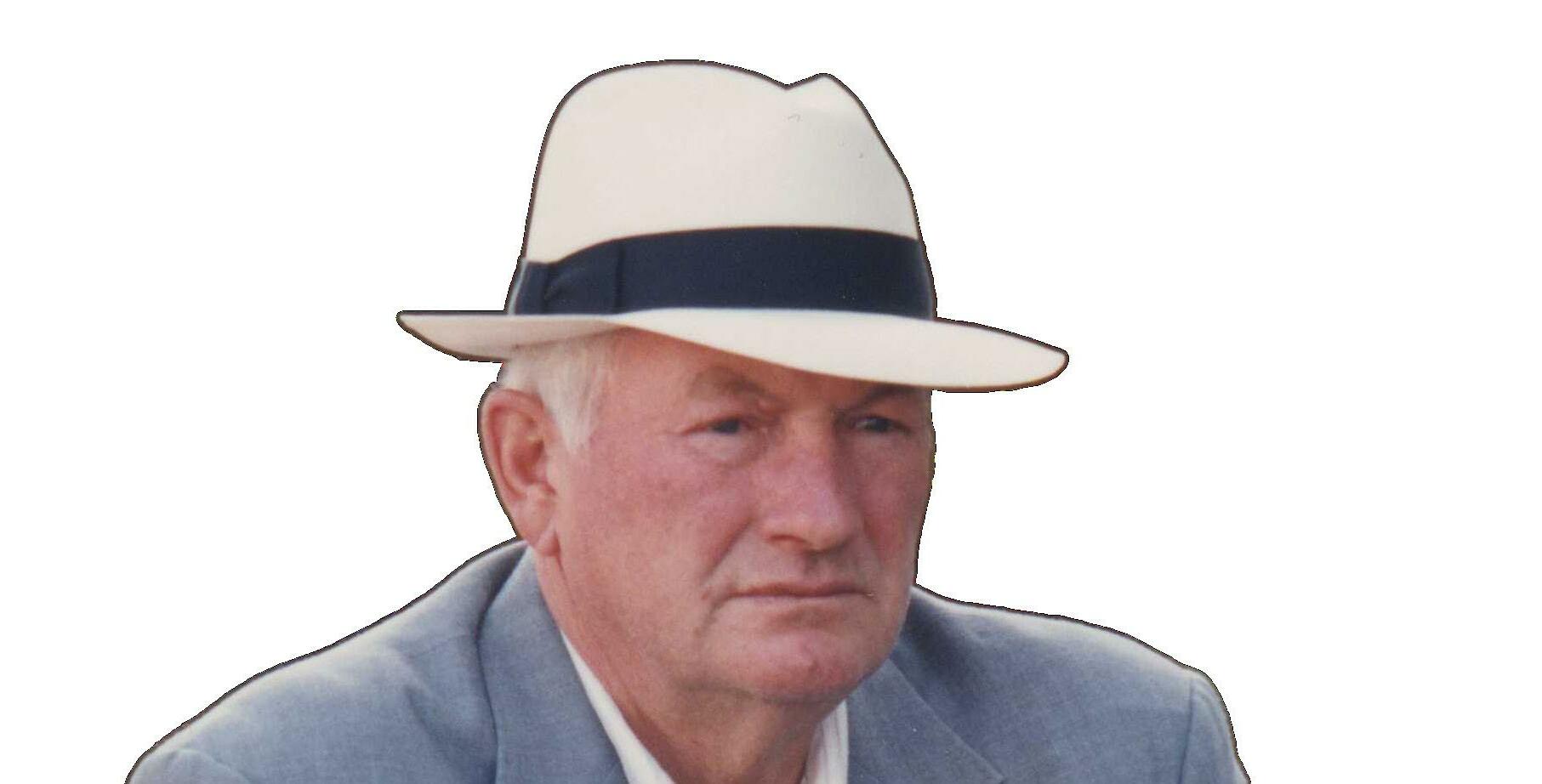

Horatio A. Luro 1980 1937-1984 Won the Kentucky Derby twice, Preakness once, three editions of the Queen’s Plate, trained Northern Dancer John E. Madden 1983 1888-1912 Won the Kentucky Derby and Travers, trained Hamburg, bred 182 stakes winners, including 14 recognized as champions James W. Maloney 1989 1935-1984 Trained 42 stakes winners, including Gamely and Lamb Chop, won the Travers, Santa Anita Derby, Hollywood Gold Cup Richard E. Mandella* 2001 1974-present Has won more than 2,200 races, including nine Breeders’ Cup races, trained Beholder, Pleasantly Perfect, Kotashaan Frank “Pancho” Martin, Sr. 1981 1947-2012 National training leader, won 3,241 races, trained Outstandingly, Sham, and Autobiography Ronald L. McAnally* 1990 1956-present Three-time Eclipse Award winner, has won more than 2,500 races, trained John Henry, Paseana, Bayakoa
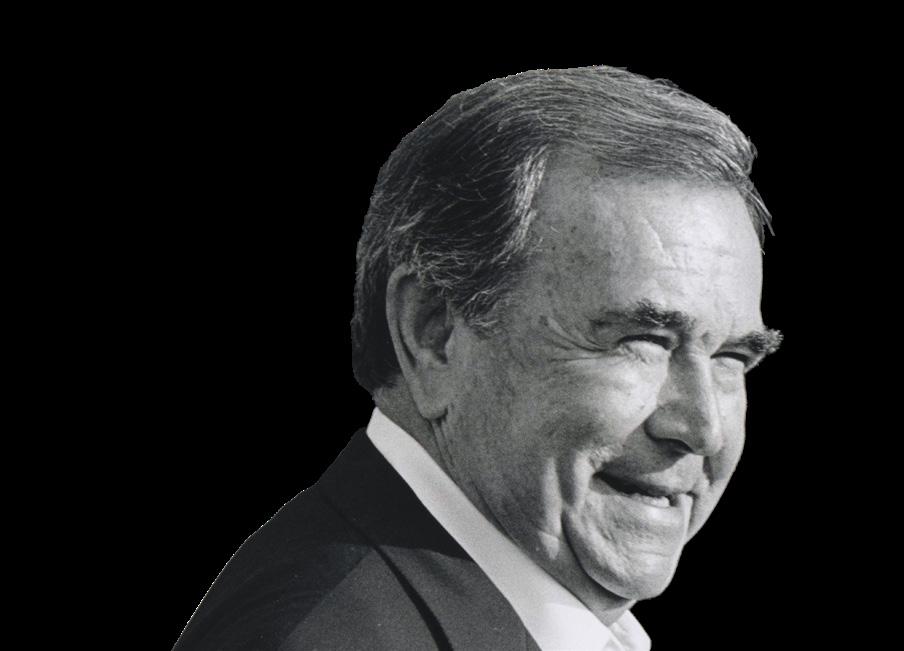

Frank McCabe 2007 1885-1907 Won the Belmont and Travers three times each, trained Hanover, Kingston, Miss Woodford, and Tremont Claude R. “Shug” McGaughey* 2004 1979-present Eclipse Award winner, has won more than 2,200 races, including nine Breeders’ Cup races, Kentucky Derby, Belmont Henry McDaniel 1956 1884-1947 Won the Kentucky Derby and Belmont, trained Exterminator, Reigh Count, Sun Beau, Sun Briar MacKenzie “Mack” Miller 1987 1949-1995 Won 1,104 races, including the Kentucky Derby, two editions of both the Travers and Whitney, trained Sea Hero and Java Gold Michael E. “Buster” Millerick 2010 1935-1984 Won 1,886 races, including 34 stakes with Native Diver, trained a total of 54 stakes-winning horses William Molter 1960 1935-1960 Four-time national training leader, won 2,158 races, including the Kentucky Derby, trained Round Table and T.V. Lark William I. Mott* 1998 1973-present Three-time Eclipse Award winner, has won more than 5,200 races, including 10 Breeders’ Cup races, Belmont, trained Cigar, Royal Delta W. F. “Bert” Mulholland 1967 1926-1967 Won the Travers a record five times, three editions of the Hopeful, Belmont once, trained Eight Thirty and Jaipur Carl A. Nafzger* 2008 1973-present Has won more than 1,100 races, Kentucky Derby and Travers twice each, trained Street Sense, Unbridled, Banshee Breeze Edward A. Neloy 1983 1945-1971 Three-time national training leader, trained Buckpasser, Gun Bow, Bold Lad, Successor John A. Nerud 1972 1935-1978 Won 1,006 races, including the Belmont, trained Dr. Fager, Gallant Man, Ta Wee, Intentionally, Fappiano Burley E. Parke 1986 1927-1966 Defeated Citation four times with Noor, also trained Roman Brother, Raise a Native, Occupation, Occupy Angel Penna, Sr. 1988 1950-1991 Trained Bold Reason, Private Account, Waya, Relaxing, and Allez France, won two editions of the l’Arc de Triomphe Jacob Pincus 1988 1861-1907 Trained Iroquois, the first American-bred to win the Epsom Derby, also won the Belmont with Fenian, Travers and Jerome with Glenelg Todd A. Pletcher* 2021 1996-present Seven-time Eclipse Award winner, has won more than 5,300 races, four Belmont wins, Kentucky Derby twice, 12 Breeders’ Cup wins John W. Rogers 1955 1880-1907 Won the Preakness and Belmont, trained Artful, Clifford, Tanya, Burgomaster James G. Rowe, Sr. 1955 1876-1929 Three-time national training leader, won 11 Triple Crown races, trained 10 Hall of Fame horses, including Colin, Miss Woodford, Regret Flint S. “Scotty” Schulhofer 1992 1964-2002 Won 1,328 races, including two editions of the Belmont, trained Cryptoclearance, Lemon Drop Kid, Colonial Affair, Fly So Free Jonathan E. Sheppard 1990 1966-2020 Won 3,426 races, led all steeplechase trainers in earnings 29 times and in wins 26 times, trained Café Prince, Flatterer Robert A. Smith 1976 1894-1937 Two-time national training leader, won the Kentucky Derby, Preakness, and Travers, trained Cavalcade, High Quest, Psychic Bid


Tom Smith 2001 1933-1957 Two-time national training leader, trained Seabiscuit, Kayak II, won the Kentucky Derby with Jet Pilot D. M. “Mikey” Smithwick 1971 1952-2006 Twelve-time leading steeplechase trainer, conditioned Neji, Bon Nouvel, Jay Trump, Top Bid Woodford C. “Woody” Stephens 1976 1936-1997 Eclipse Award winner, won 1,937 races, five consecutive editions of the Belmont, also won Kentucky Derby and Preakness Meshach A. “Mesh” Tenney 1991 1935-1973 Two-time national training leader, won Kentucky Derby and Preakness, trained Swaps, Prove It, Candy Spots, Olden Times H. J. “Derby Dick” Thompson 1969 1918-1937 Four-time Kentucky Derby winner, also won Preakness and Belmont, trained Blue Larkspur, Burgoo King Harry Trotsek 1984 1931-1988 National training leader, won 1,690 races, including the Preakness, trained Moccasin, Hasty Road, Oil Capitol Jack C. Van Berg 1985 1955-2017 Eclipse Award winner, won 6,523 races, Kentucky Derby, two editions of the Preakness, trained Alysheba Marion Van Berg 1970 1945-1966 Fourteen-time leading owner in wins, four-time leading owner in earnings, owned most of the horses he trained John M. Veitch 2007 1974-2003 Won 76 graded stakes, trained Alydar, Davona Dale, Sunshine Forever, Proud Truth, Our Mims, Before Dawn
Sylvester E. Veitch 1977 1946-1988 Two-time Belmont winner, trained Counterpoint, First Flight, Phalanx, Career Boy, What a Treat, Fisherman Thomas H. Voss 2017 1974-2013 Five-time leading steeplechase trainer, conditioned Slip Away, John’s Call, Guelph, Planets Aligned, Ginz, Ironfist R. W. Walden 1970 1872-1902 Won seven editions of the Preakness, Belmont four times, Travers twice, trained Duke of Magenta, Tom Ochiltree Michael G. “Mickey” Walsh 1997 1941-1990 Three-time leading steeplechase trainer, won six editions of both the Carolina Cup and Saratoga Steeplechase Sherrill W. Ward 1978 1929-1975 Eclipse Award winner, trained Forego, Summer Tan, Idun, Wise Daughter

Sidney Watters, Jr. 2005 1948-1999 Six-time leading steeplechase trainer, won 1,159 races, trained Slew o’ Gold, Hoist the Flag, Love Sign, Quick Call Robert L. Wheeler 2012 1938-1992 Won 1,336 races, trained Silver Spoon, Bug Brush, Track Robbery, Tompion

Oscar White 2022 1940-1978 Won the Belmont twice, Travers and Alabama three times each, Saratoga Cup twice, trained One Count
Frank Y. Whiteley, Jr. 1978 1936-1986 Won 848 races, including two editions of the Preakness and one Belmont, trained Ruffian, Damascus, Forego, Tom Rolfe
Charles E. Whittingham 1974 1950-1999 Seven-time national training leader, won 2,534 races, three Eclipse Awards, trained five Hall of Famers, including Sunday Silence
Ansel Williamson 1998 1860-1881 Won the Kentucky Derby, Belmont, two editions of the Travers, trained Aristides, Norfolk, Asteroid, Tom Bowling

G. Carey Winfrey 1975 1917-1962 Won 940 races, trained Dedicate, Squared Away, Martyr, Son of Erin
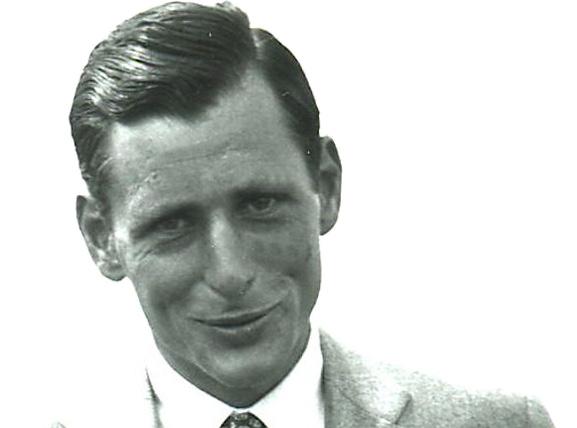
William C. Winfrey 1971 1932-1978 National training leader, conditioned 38 stakes winners, won the Preakness and Belmont, trained Native Dancer, Bed o’ Roses, Buckpasser Nicholas P. Zito* 2005 1972-present Has won more than 2,000 races, including the Kentucky Derby and Belmont twice each, Preakness once
*Active members
Trainer Elected Career Summary Visit www.racingmuseum.org for more detailed information on each Hall of Fame member

For more than 50 years, trainer Oscar White played an integral role in the success of the Jeffords family racing stable
BY MICHAEL VEITCH Museum HistorianOscar White was hired to train for Mr. and Mrs. Walter Jeffords near the end of the 1940 racing season. He was ready.

That fall, at Bowie Race Course in Maryland, White saddled seven horses for the Jeffords family and won with five, with another finishing second. Stepping up to the opportunity, White had arrived at his position through determination, study, and steely resolve after working his way up the ladder in the Jeffords barn. He was already a dozen or so years into a remarkable career-long association with the family that would span more than a half-century and included considerable success at the highest levels of the game.
Born in Pittsville, Maryland, on Aug. 27, 1908, White joined the Jeffords family’s racing stable while still a teenager in 1927, beginning as a groom at their Glen Riddle Farm in Berlin, Maryland. Prior to being named head trainer for the operation, White learned the ropes from several outstanding conditioners, including future Hall of Famers Preston Burch and Buddy Hirsch, as well as Scott Harlem and John Ward.
When White took over as head trainer, the Jeffords family stable was enduring lean times. And as it usually does — or should — it took a while for White’s program to take effect and show notable results at the track, the early burst of success at Bowie notwithstanding. Patience, patience, and more patience was a virtue understood by patrons of thoroughbred racing in that era.
When White’s program kicked in, it did so with gusto in 1944, when the trainer guided Pavot to an unbeaten 2-year-old championship season. After breaking his maiden on June 26 at Delaware Park, Pavot reeled off seven consecutive stakes wins for the stable during the next three months. They were the Christiana at Delaware Park; the Mayflower at Suffolk Downs; and the United States Hotel, Saratoga Special, Grand Union, Hopeful and Futurity at Belmont Park. Because of travel restrictions during World War II, there was no racing at Saratoga in 1943, 1944, and 1945. Thus, the United States Hotel, Saratoga Special, Grand Union, and Hopeful were run at Belmont.
Pavot ended the year as the leading money-winning thoroughbred of 1944 at $179,040. It was the first time since 1933 that a 2-year-old topped the earnings list. He was without doubt the best juvenile in the nation and at the time considered one of the best to have ever raced in the United States. With Pavot leading the way, White finished sixth among U.S. trainers in money won for 1944.
Pavot went on to win the Belmont Stakes in 1945, the Wilson at Saratoga in 1946, and the Jockey Club Gold Cup at Belmont Park in 1946. In the Jockey Club Gold Cup he defeated the great Stymie at level weights. In the 1946 Sussex Handicap at Delaware Park he defeated Stymie and Gallorette (both future Hall of Famers), and again defeated the latter in the Massachusetts Handicap.

Another good performer for White at this time was Trymenow, winner of the Whitney, Jersey Handicap, and Exterminator Handicap in 1945, and the Questionnaire Handicap in 1946. In addition to Pavot’s Wilson Stakes, White also sent out Natchez to win the Travers Stakes at Saratoga in 1946, and again ranked sixth among American trainers with money won.
White developed another champion for the Jeffords family in Kiss Me Kate, the best 3-year-old filly of 1951. Kiss Me Kate won a division of the Acorn Stakes at Belmont Park, the Delaware Oaks, the Gazelle Stakes at Aqueduct, and sealed her title with an authoritative eight-length win in the historic Alabama Stakes at Saratoga going 10 furlongs.
Another champion followed in 1952, when White guided One Count to honors as Horse of the Year and champion 3-year-old male. At his best
Opposite page: Oscar White won 706 races in his career, including 104 stakes, and trained 35 stakes-winning horses. Above: From left, Louis Olson, George D. Widener, Sarah Jeffords, Mrs. Eddie Arcaro, Eddie Arcaro, and Oscar White at the trophy presentation for the 1952 Belmont Stakes, won by One Count.
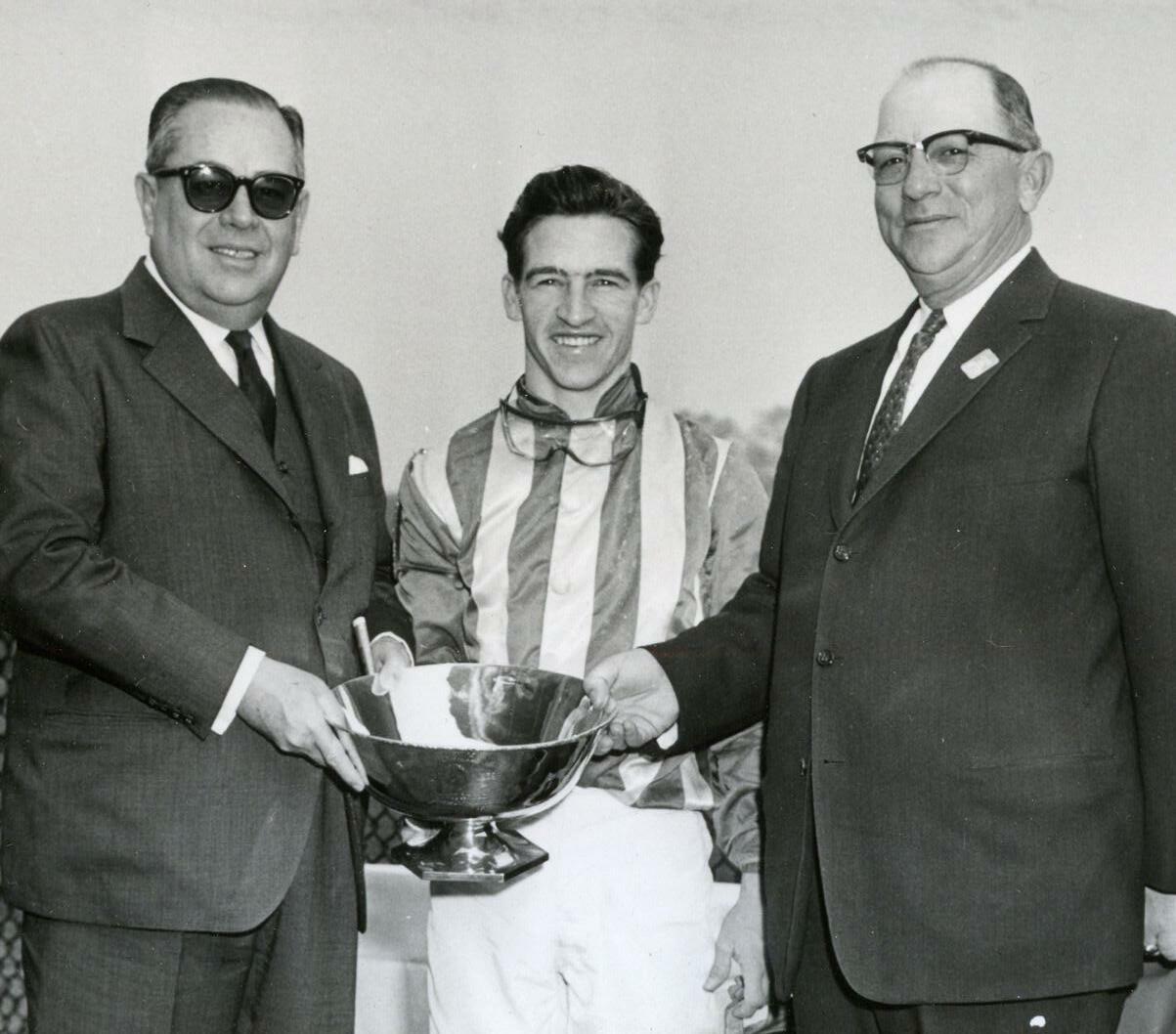

Born: Aug. 27, 1908, Pittsville, Maryland
Died: April 7, 1983, Pittsville, Maryland
Career Dates: 1940 – 1978
Achievements:
• Trained 1952 Horse of the Year One Count and 1951 Champion 3-Year-Old Filly Kiss Me Kate
• Won the Belmont Stakes 1945, 1952
• Won the Travers Stakes 1946, 1952, 1958
• Won the Maryland Handicap 1947, 1951, 1965
• Won the Alabama Stakes 1949, 1951, 1952
• Won the Delaware Oaks 1951, 1965, 1967

in the heart of the season, One Count won the Belmont and Travers by open lengths, the Jockey Club Gold Cup, and the Empire City Gold Cup at Jamaica. With One Count leading the stable, White again was in the top 10 trainers in money earned.
Upon his retirement in 1978, White gave the edge to Pavot over One Count as he reflected upon his career.
“Most people might have guessed One Count, but I think it was Pavot,” he told Daily Racing Form on Oct. 30, 1978. He also selected Kiss Me Kate as the best female he trained.
White won 706 races, including 104 stakes. In addition to the aforementioned horses, his list included the Peter Pan (1946) and Jerome (1946) with Mahout; the Saratoga Cup (1948), Ladies (1947), and Beldame (1948) with Snow Goose; the Merchants and Citizens (1947), Manhattan (1948), Edgemere (1948) and Saratoga Handicap (1948) with Loyal Legion; the Monmouth Oaks (1949) and Alabama (1949) with Adile; the Alabama (1952) with Lily White; the Travers (1958) with Piano
Wins
Jim; the Delaware Oaks (1965) with Jaunita; the Black Eyed Susan (1968) Molly Pitcher (1969), Maskette (1969), and Gallorette (1970) with Singing Rain; and the Gardenia (1970) with Eggy.
Eggy was White’s final stakes winner. At the time, the Gardenia was the richest stakes race for fillies in the country.
In addition to his two Belmont Stakes wins with Pavot and One Count, White sent out the winners of three editions of the Travers and Alabama. Other important stakes won by his runners include the Schuylerville (1944) with Ace Card; the Grand Union Hotel (1949) with Suleiman; the Flamingo (1951) with Yildez; the Selima (1963) with My Card; and the Delaware Oaks (1967) with Lewistown.

Oscar White’s loyal association with the Jeffords family — and their dedication to his patient style — was a model for the sport during his career. Upon his retirement, White thanked them for being “the best people in the world.”
White died in 1983 at the age of 74.
For more than 40 years, the New York Thoroughbred Breeding and Development Fund has been using monetary incentives to promote the responsible breeding of quality Thoroughbred racehorses, in keeping with the founding legislation to preserve New York’s irreplaceable farmland. Our state-wide program has strong ties to the Saratoga community.
“We are proud to honor racing’s finest as they are recognized for their industry achievements, and invite breeders and owners to get with the best program by buying, breeding and racing registered NY-breds.” - Tracy Egan, Executive Director NYTBDF
For more information on becoming an owner or breeder of a NY-bred racehorse visit our website or call 518.388.0174








Elias J. “Lucky” Baldwin 2018 Prominent California owner/breeder, opened the original Santa Anita racetrack, campaigned four American Derby winners, Hall of Famer Emperor of Norfolk James E. “Ted” Bassett III 2019 Longtime Keeneland president, chairman of Keeneland board, president Breeders’ Cup, Ltd., Eclipse Award of Merit 1996
August Belmont I 2018 Established Nursery Stud, influential in the creation of Jerome Park and Monmouth, as owner won the Travers twice, namesake Belmont once August Belmont II 2013 Bred 129 stakes winners, including Man o’ War and Beldame, chairman of The Jockey Club from 1895 through 1924
James Cox Brady 2022 NYRA chairman, leadership roles with Jockey Club and TRA, successful owner and breeder, Thoroughbred Club of America Honored Guest Edward R. Bradley 2014 Bred 128 stakes winners, including 15 champions, won the Kentucky Derby four times as an owner

Cot Campbell 2018 Pioneer of racehorse ownership syndication with Dogwood Stables, won Preakness and Belmont, Eclipse Award of Merit 2012
Marshall Cassidy 2022 Jockey Club executive secretary, NYRA racing director, devised the modern starting gate among many innovations
Alice Headley Chandler 2020 Founder of Mill Ridge Farm, bred Epsom Derby winner Sir Ivor, Eclipse Award of Merit 2009, served as director of Breeders’ Cup, Keeneland, TOBA Christopher T. Chenery 2019 Established Meadow Stud, key figure in the restructuring of New York racing in the 1950s, bred 43 stakes winners, including Secretariat Penny Chenery 2018 Campaigned Triple Crown winner Secretariat, served in leadership roles with TOBA, Grayson Foundation and others, Eclipse Award of Merit 2005 J. Keene Daingerfield, Jr. 2020 Eclipse Arad of Merit 1985, Jockey Club member, Kentucky Chief State Steward 1973 through 1985, association steward at 17 racetracks Richard L. “Dick” Duchossois 2019 Purchased Arlington Park in 1983, led Arlington Million into international prominence, Special Eclipse Award 1989, Eclipse Award of Merit 2003 William S. Farish 2019 Two-time Eclipse Award winner for Outstanding Breeder, Eclipse Award of Merit 2009, has bred more than 300 stakes winners, industry leader John R. Gaines 2017 Organized the creation of the Breeders’ Cup, established Gainesway Farm as an elite international operation, Eclipse Award of Merit 1984 John W. Galbreath 2018 Established Darby Dan Farm, first person to breed and own a Kentucky Derby and English Derby winner, Eclipse Award 1974, bred 91 stakes winners
James Ben Ali Haggin 2022 Campaigned Hall of Famers Firenze and Salvator, transformational breeder, won Kentucky Derby and Belmont Stakes as an owner
Arthur B. Hancock, Sr. 2018 Founded Claiborne Farm, bred 138 stakes winners, including 10 champions, leading breeder in wins eight times, earnings five times
Arthur B. “Bull” Hancock, Jr. 2016 Bred 112 stakes winners at Claiborne Farm, which was leading stud farm in America four times under his direction
Hal Price Headley 2018 One of the founders of Keeneland, track’s president from 1936 to 1951, bred 88 stakes winners, including four champions John Hettinger 2019 Eclipse Award of Merit 2000, leading aftercare advocate, influential figure in Fasig-Tipton resurgence early 1990s, successful New York breeder/owner

James R. Keene 2019 Bred 113 stakes winners, including Colin, Sysonby, Kingston, Maskette, Commando, and Peter Pan, won the Belmont Stakes six times
Frank E. “Jimmy” Kilroe 2019 Revered racing secretary in both California and New York, Eclipse Awards of Merit 1979, Jockey Club member and steward
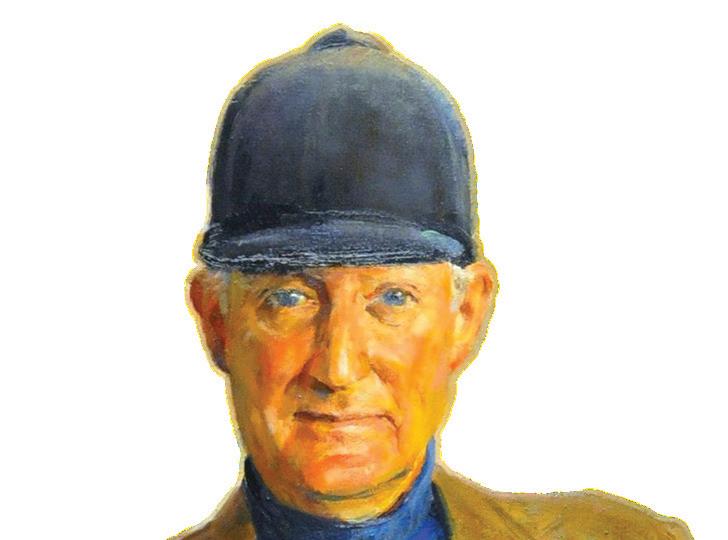
Paul R. Mellon 2013 Two-time Eclipse Award winner for Outstanding Breeder, only individual owner to win the Kentucky Derby, Epsom Derby, and Prix de l’Arc de Triomphe
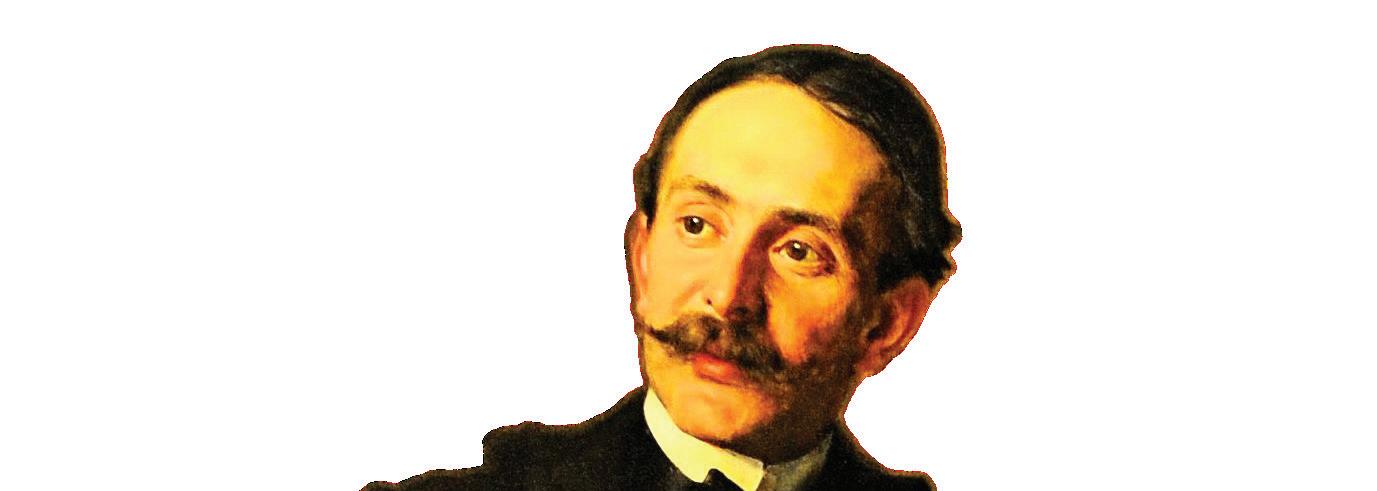
Name Elected Summary

John Morrissey 2018 Bare-knuckle boxing champion and later politician, established racing at Saratoga in 1863 and presided over the sport in the village until his death in 1878 Ogden Phipps 2019 Earned four Eclipse Awards, bred 108 stakes winners and 12 champions, including Buckpasser, Easy Goer, and Personal Ensign, Jockey Club chairman


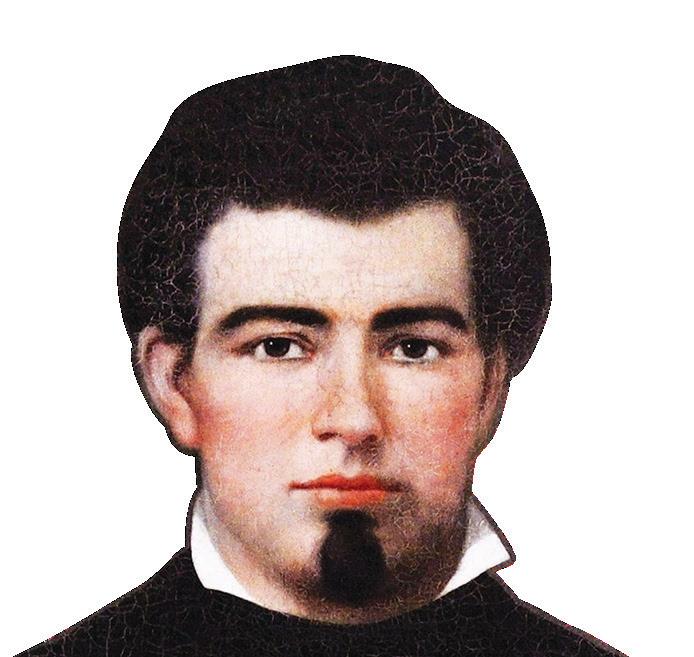
Gladys Mills Phipps 2019 Established Wheatley Stable, bred 11 champions among 102 stakes winners, bred top sire Bold Ruler, leading owner by earnings 1964 Ogden Mills “Dinny” Phipps 2017 Chairman of The Jockey Club from 1983 through 2015, bred 89 stakes winners, including Inside Information, Eclipse Award of Merit 1978 Dr. Charles H. Strub 2018 Spearheaded the opening of Santa Anita Park and brought prominence to California racing, introduced the use of photo-finish cameras, electric starting gate Edward P. Taylor 2014 Two-time Eclipse Award winner for Outstanding Breeder, bred more than 320 stakes winners worldwide, bred and owned Northern Dancer Alfred G. Vanderbilt 2015 Bred 77 stakes winners, including six champions, held various roles in the sport, including owner of Pimlico, chairman of NYRA
Cornelius Vanderbilt Whitney 2018 Bred 176 stakes winners, including five champions, won the Travers three times, Belmont twice, founder and first president of the National Museum of Racing Harry Payne Whitney 2018 America’s leading breeder 11 times, leading owner eight times, bred 20 champions among 191 stakes winners, including Regret, Equipoise, Top Flight
Helen Hay Whitney 2019 Established Greentree Stable, won Kentucky Derby and Belmont with homebreds Twenty Grand and Shut Out, bred 79 stakes winners John Hay “Jock” Whitney 2015 Bred 91 stakes winners, including four champions, campaigned Tom Fool and Belmont winner Stage Door Johnny Marylou Whitney 2019 Eclipse Award of Merit 2010, Jockey Club member, as an owner won Belmont, Kentucky Oaks, and Travers with homebreds, industry leader
William Collins Whitney 2018 Led revitalization of Saratoga racing at the start of the 20th century, bred 26 stakes winners, including four champions, leading owner in 1903 George D. Widener, Jr. 2020 Chairman of The Jockey Club 1950 through 1963, as owner won five editions of the Travers and 1962 Belmont Stakes, bred 102 stakes winners Matt Winn 2017 Formed a syndicate to purchase Churchill Downs in 1902, developed the Kentucky Derby into one of the world’s premier events, industry leader William Woodward, Sr. 2016 Bred 101 stakes winners, including seven champions, chairman of The Jockey Club 1930 through 1950, won the Triple Crown with Gallant Fox and Omaha Warren Wright, Sr. 2019 Bred 73 stakes winners at Calumet Farm, including 10 champions and eight Hall of Famers, leading owner seven times, leading breeder six times
Visit racingmuseum.org for more detailed information on each Hall of Fame member
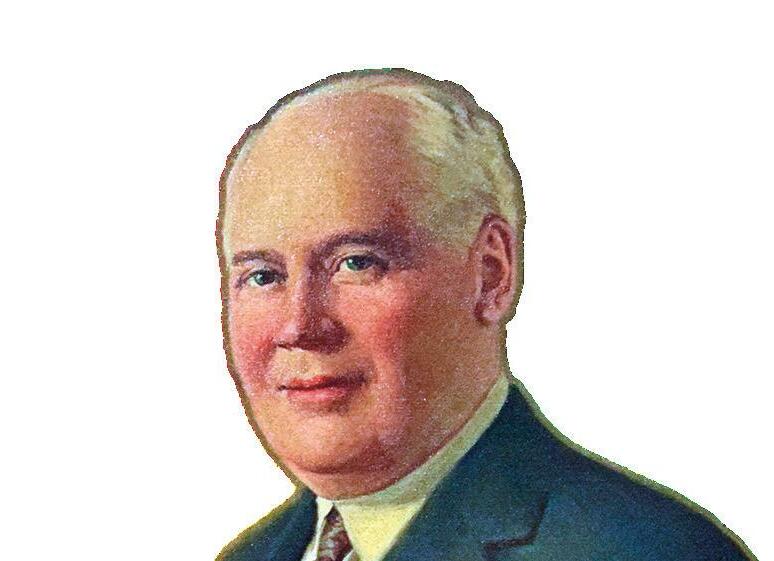
The career of James Cox Brady was one of strength in leadership and contributions to the best interests of thoroughbred racing. At the same time, it can be seen as a chapter in a winding family story, with both preceding and continuing chapters wrought by relatives.
Brady had a thread-like connection to racing history as far back as 19 th-century champions Himyar and Domino, beacons of American bloodlines. That connection came via Brady’s father, who for three years in the 1920s owned historic Dixiana Farm in Kentucky. Dixiana occupies property where Maj. Barak G. Thomas had bred Himyar, who in turn sired Hall of Fame member Domino.
James Cox Brady’s father, also named James Brady, was a son of Anthony N. Brady, who was the leading shareholder in the American Tobacco Company in the late 1800s. The senior James Brady inherited the family fortune in 1918 and thus became one of the 30 richest Americans. He passed away only nine years later.
In the young career of James Cox Brady, it was a horse purchased by his father which was much more of a direct factor than was the brief ownership of Dixiana. In 1925, the elder James Brady had paid a spectacular record price for the day, $50,500, for a yearling filly by Man o’ War. He named her War Feathers.
When James Cox Brady began his own racing operation, his earliest stakes success came from three sons and daughters of War Feathers, although the mare herself had not been inherited. The best of these was War Plumage, who won two of New York’s most important filly races, the Coaching Club American Oaks and the Alabama Stakes, in 1939. The following year, War Plumage defeated Santa Anita Handicap winner Kayak II and other males in the Washington Park Handicap. That victory and her stakes placings during the year were enough to earn
her championship status. She was voted champion in what was then named the Handicap Female division in the fifth year of Daily Racing Form’s championship polls.
World War II intervened, and James Cox Brady served as a commander in the Pacific. He earned the bronze star and six battle stars. Afterward, he returned to the business world and the horse world. In addition to thoroughbred racing, he was interested in promoting American performance horses in international horse shows. The family’s elaborate Hamilton Farm in New Jersey eventually was provided as training headquarters for the United States Equestrian Team.
Born in New Jersey and educated at Yale, Brady followed business activities built on family history. Throughout the years, he served as chairman of the board of Brady Security & Realty as well as Purolator Products and was a director of various other corporations, including Chrysler.
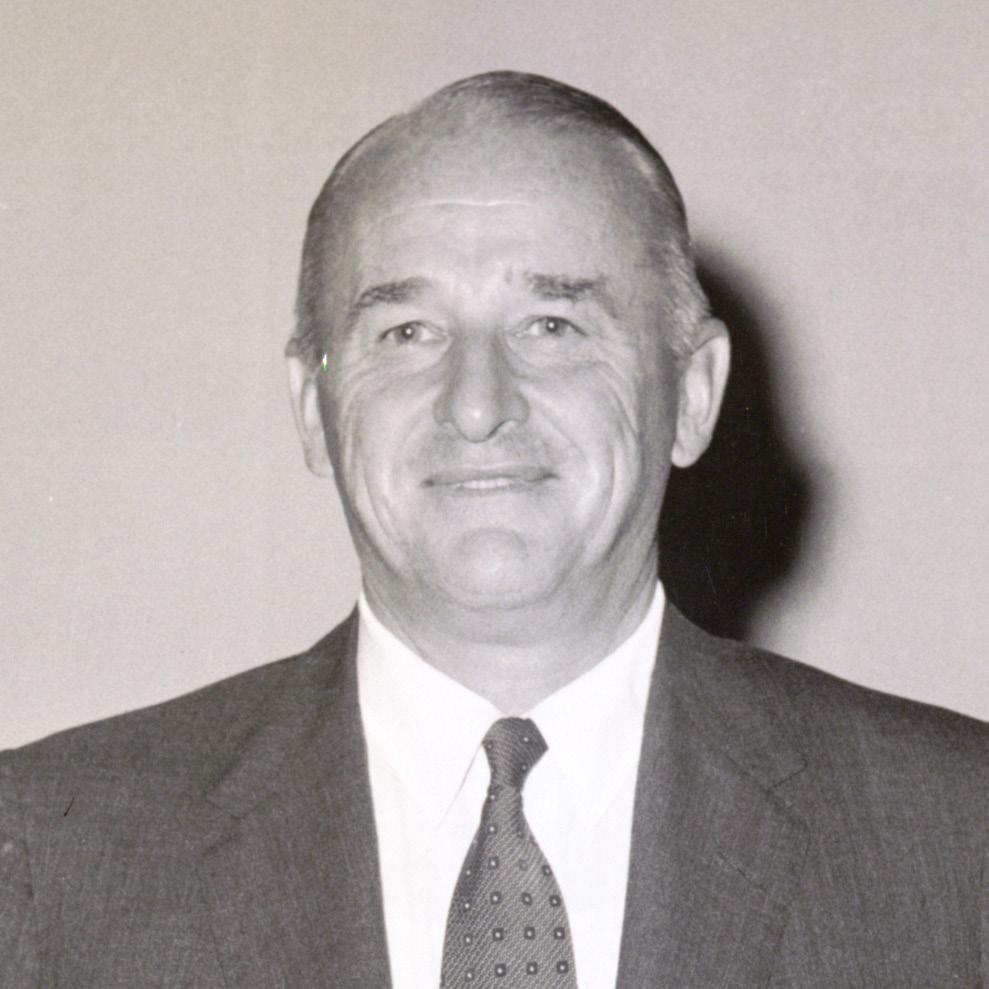
James Cox Brady was elected to The Jockey Club in 1961, and service to sport was provided through that and other posts. Looking back on Brady’s service following his death in 1971, Kent Hollingsworth, editor of The BloodHorse, commented that “Belmont Park today represents a good deal of James Cox Brady. He was a thoughtful man of keen intellect and forceful determination unsuspected before his election in 1961 to succeed John W. Hanes as chairman of the New York Racing Association.”
In the years immediately prior to Brady’s chairmanship appointment, and in years afterward, New York had faced various challenges to maintain its reputation as the most important of racing circuits. During the 1950s, New York racing had been challenged by the state racing commission to right its ship on its own or else face state intervention.
HALLA successful owner and breeder, James Cox Brady’s legacy is one of exceptional leadership that successfully navigated New York racing through challenging times

John W. Hanes had been one of a committee of three appointed by The Jockey Club Vice Chairman, Ogden Phipps, to develop a plan. The two others on the committee were Capt. Harry Guggenheim and Christopher T. Chenery.
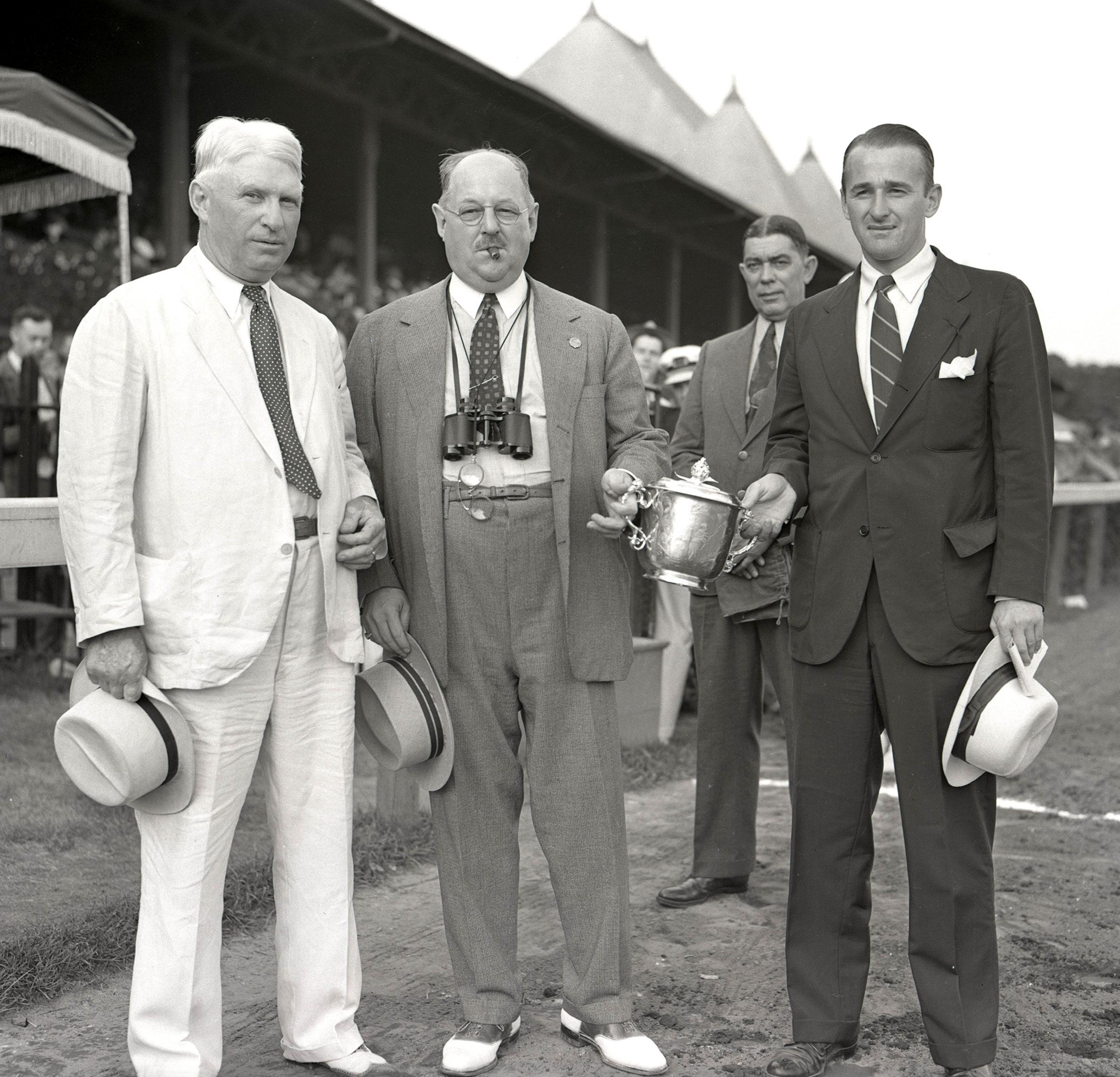
Hanes, Guggenheim, and Chenery devised a plan to borrow major money to renovate one of the New York City tracks, Aqueduct, to the highest standards of the day. The plan also involved selling off the Jamaica and Empire City tracks, so that Aqueduct and Belmont Park
would be the only tracks in the Metropolitan area. The overall project also recognized the importance of improving the upstate track, historic Saratoga. The tracks had been under separate ownership, but the committee’s vision was that all three be acquired by an entity named the Greater New York Association. This quasi-governmental body later was officially named the New York Racing Association.
By the time grand new Aqueduct was re-opened in 1959 and hailed as The Big A, the shadow of proposed off-track betting also was lurking in
Above: From left, Howard Oots, George H. Bull, and James Cox Brady are pictured in the winner’s circle at Saratoga after Brady’s War Plumage won the 1939 Alabama Stakes. Opposite page top: From left, James Cox Brady presents the 1957 Jockey Club Gold Cup to Bill Shoemaker, middle, and John Nerud, right, at Belmont Park. Opposite page bottom: James Cox Brady, right, is pictured with Ogden Phipps.the environment. Racing leaders tended to be against off-track betting, but when it did come about, their efforts had created a way that it supplemented rather than ravaged the industry’s share of betting handle.
Other problems faced Brady and NYRA, however. By 1962, the condition of the bellwether New York track, Belmont Park, had deteriorated to the extent that it had to be condemned. Thus, Brady and his compatriots faced a huge undertaking right when the most damaging possibilities of off-track betting were still brewing. As things transpired, a new and spacious Belmont Park opened in 1968 in time for the 100th running of the state’s signature classic, the Belmont Stakes.
While the ability of New York sportsmen to retain physical management of the racing game in those years had been paramount, Brady also found ways to refine and improve the sport he had grown to love. As recounted by Hollingsworth following Brady’s death, “While rebuilding of Belmont Park was the most obvious, there were other accomplishments during Brady’s eight-year tenure as head of NYRA. He rendered structurally sound while retaining the aging dignity of racing’s Dowager Queen — Saratoga. He sponsored more filly racing and nurtured distance racing.”


Hollingsworth summarized: “An investment banker by trade … he got the money to raise purses and rebuild the plants by negotiating with the state to permit greater retention of pari-mutuel takeout and by refinancing the long-term mortgage.”
As head of NYRA and as vice chairman of The Jockey Club, Brady’s primary visibility within the sport usually was of matters relative to finances, rules, and institutional well-being. Brady also was a founding director of the modern Monmouth Park in his home state of New Jersey, and he found time to chair the state’s Thoroughbred Horse Breeders Association. As a breeder and owner, however, he also had remained active and successful. His personal number of stakes winners raced reached 15, most of them homebreds. His best runners included Artismo, Casemate, Landlocked, and Top Round. A singular moment came in 1965, when Brady won one of England’s noble classic races, the Epsom Oaks, with homebred Long Look.
James Cox Brady was only 63 when he passed away in 1971. Both of his sons, Nicholas F. Brady and James C. Brady, had followed the family traditions in racing. In addition to individual involvement, the Brady family of sons and daughters operated a breeding and racing enterprise under the name Mill House. Nicholas F. Brady became chairman of The Jockey Club three years after the father’s passing, serving in that post for eight years. Nick Brady’s career then changed directions, into top-level government service. In 1982, New Jersey Gov. Thomas Kean appointed Brady a United States Senator to fill the vacancy caused by the resignation of Harrison Williams. Brady served eight months and did not run for election. However, he remained in government.
Brady accepted the post of Secretary of the Treasury for the final four months of President Ronald Reagan’s second term and stayed in that Cabinet position for all eight years of President George H. W. Bush’s administration. He returned to The Jockey Club in 1993.
James Cox Brady’s son, James, also gave long service to The Jockey Club, to which he was elected in 1973, as well as having a management role in the family racing operation. He had been a longtime steward at the time of his death, at 85, in 2020, and also served as vice chairman and as secretary-treasurer. The legacy of the Brady family lives on, for Ian Highet, a grandson of James Cox Brady, is the current secretarytreasurer of The Jockey Club.
Born: July 28, 1907, West End, New Jersey
Died: May 25, 1971, Summit, New Jersey
Achievements:
• Chairman of the New York Racing Association 1961 through 1968
• Elected to The Jockey Club 1961 (served organization as a steward and vice chairman)
• Campaigned champion filly War Plumage
• Thoroughbred Club of America’s Honored Guest 1970
Congratulating all 2022 inductees to the Thoroughbred Racing Hall of Fame





The New York Thoroughbred Breeders Inc. thanks its members for their continued support and welcomes new individuals to join by visiting nytbreeders.org



The life and times of Marshall Cassidy had a hint of similarities to Teddy Roosevelt’s career. Like the 26th President, Cassidy was a vigorous outdoorsman with wide-ranging interests yet eventually operated from within the milieu of formal offices. Throughout the years, Cassidy created or helped create a sequence of innovations which still contribute to thoroughbred racing. They include the modern-style starting gate, the photo finish, medication testing, prerace veterinary exams, electronic timing, and the pivotal film patrol to help stewards police race riding. The latter portions of his career saw his contributions made from the aura of The Jockey Club offices and board room of the New York Racing Association.
For all the visibility that such improvements brought to him personally, when Cassidy looked back on his career he gave full credit to others.
Beginning a 12-part series of Recollections for The BloodHorse in 1967, Cassidy wrote: “Those actually deserving the credit were the wonderful men for whom I worked. They not only permitted me to make changes, but furnished the money necessary for the projects, and all the final decisions were dependent on them.”
The son of race starter Mars Cassidy, Marshall Cassidy was born in Washington, D.C., in 1892. He rode flat runners and steeplechasers in amateur races from New York to Mexico and plied the starter’s role himself. He also served as groom, blacksmith, and steward.
The evolution to the modern starting gate involved a progression of various contraptions to address the difficulties of getting a field of milling thoroughbreds off to a relatively even start. Cassidy and various others had input. Later, Cassidy’s positions in racing gave his thought processes additional influence.
One of the other improvements was described in detail by Cassidy in Recollections and serves as an example of what the New York Times described after his death as “passionate honesty, indefatigable energy, and fertile imagination.”
Cassidy wrote that when he was an assistant starter for this father prior to World War I, he would walk to where he could watch the finish of races when a race’s distance made that possible. “The judge’s stand in those days was on the ground, or near ground level, and the judges sighted across the track to the finish post on the inside rail to determine the placing of the horses as they passed the post.” Because he had no official responsibility once the race was started, he could watch finishes from different vantage points. “It did not take me long to realize that the judges’ order of finish was not always correct. As a matter of fact, one day at Saratoga I saw a horse on the extreme outside rail win by a full length yet was not placed among the first three by the judges.”
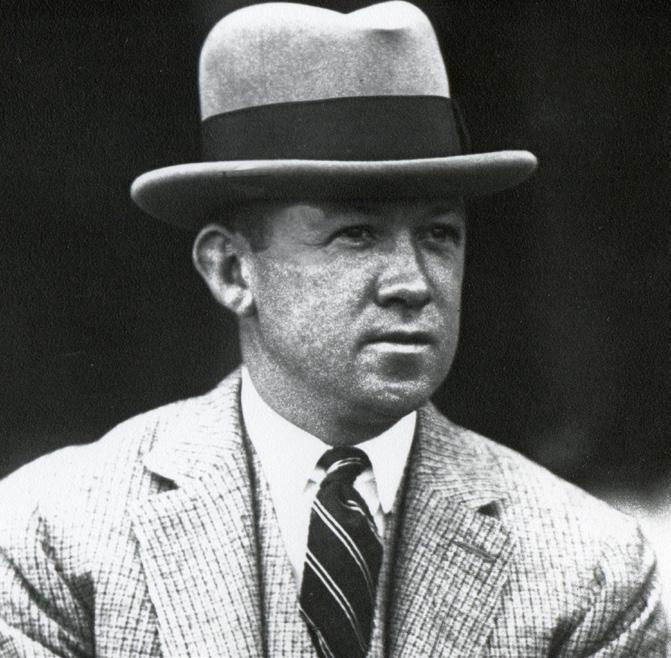
In 1921, Cassidy became a starter on his own, working Canadian tracks during the summer and at Tijuana in Mexico during the winter. Just being in Mexico conjured memories of a bizarre chapter. For all the seeming dedication to horse racing, Marshall Cassidy — again like Teddy Roosevelt — had other interests. They included gaining a transport pilot’s license and a deep-sea diver’s license. In the decade before that Canada/ Tijuana arrangement, he had studied during an earlier stint in Mexico to become a mining engineer. The location and time destined him to an adventure he clearly could have done without. What was known as the “Madera Revolution” broke out. Cassidy and some other United States citizens were making their way to the United States via a pedal-operated little “hand car,” as described by the New York Times. The device was dynamited by one of the rival factions, a happening that pushed Cassidy to the side of Pancho Villa. He served with Villa’s army for several months “with some reluctance,” noted the Times
.
When life’s twists and turns enabled Cassidy again to turn his attention to such matters as racetracks’ placing judges, he mulled the situation and tried various ideas without a breakthrough moment. Then one day he must have contrived to leave the start to his crew, for he watched a race from the grandstand roof.
“Right then I realized that if the judges were moved to the roof and a
HALLMarshall Cassidy dedicated 60 years to racing, making the sport better through innovation and refinement of methods
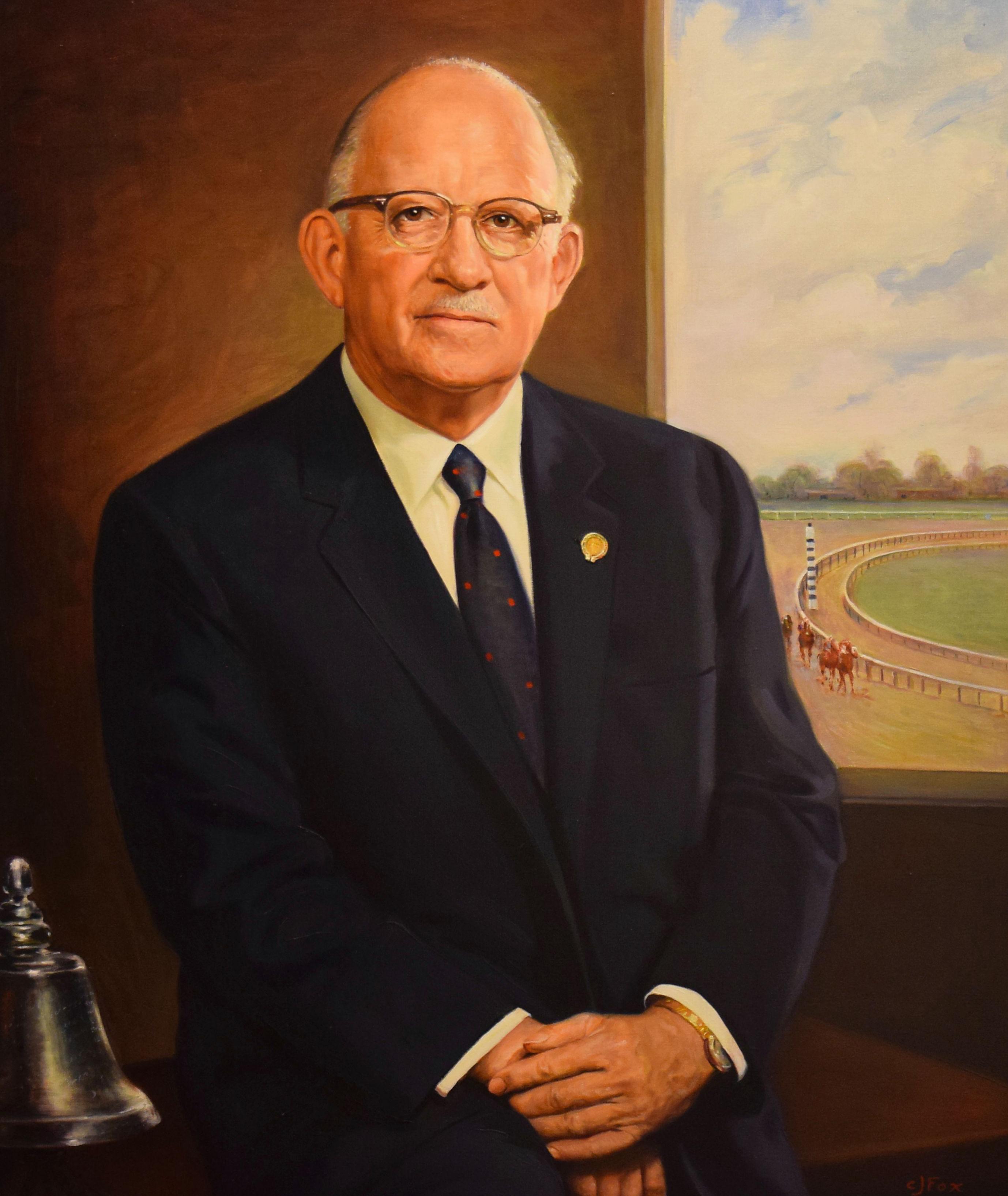
finish wire were placed over the track proper, the judges’ ability to see the finish would be improved 99 percent,” he recalled. Track management was not receptive to such a major change.
It was some years later that he became involved in the design of a racetrack for Agua Caliente, also in Mexico. Cassidy produced permanent starting stalls, positioned where nine chutes led into the track from different positions to accommodate various lengths of races. He also planned to place the judges’ stand on the grandstand roof and install the finishing wire he had imagined.
Still, those track owners, too, feared the idea too radical and not long before he had completed construction he was told he would not be allowed to implement the change. Flash forward to 1933, and Cassidy was appointed a steward at Hialeah, having resigned from Caliente. Hialeah had come under leadership of Joseph E. Widener, whose vision for an elegant palace of sport in tourist-rich Southeast Florida was to be enhanced by Cassidy’s imagination as well as his own.
Widener gave Cassidy plenty of leeway. In addition to being able — finally — to give the placing judges a raised, and enhanced, view, Cassidy “made headway on the photographing of race finishes.” After the Hialeah winter season, racing returned in the spring to New York’s Belmont Park, where Widener was also president. “The camera and

developing rooms, as well as rooms for the placing judges and stewards, were built on top of the grandstand.”
Those changes paved the way for Cassidy to continue refining the ideas. They led to a pair of developments which eventually would become part of the DNA of modern horse racing: The photo finish camera, to determine the order of finish with precision, and, thence to the film patrol. The conduct of fair race riding suddenly had impetus, and those watching (stewards) had authority to disqualify horses and impose financial penalties and suspensions on jockeys. In Recollections, Cassidy harked back to the great jockey Eddie Arcaro commenting in his book I Ride to Win, that “If I were asked what I considered the greatest boon to racing in the years I’ve been in it, I would have to cast my vote for the film patrol.”
Also in Florida in the 1930s, Cassidy recalled, Widener personally financed sending a racetrack veterinarian and a chemist to Europe to study France’s nascent system of saliva testing. The testing was done to detect illegal substances in horses. The system was impressive enough that Dr. J. G. Catlett was put in charge of conducting saliva tests at Hialeah, a crucial step in the ongoing progression to combat efforts to affect race results via medications.
Cassidy was cognizant that any activity involving gambling and large sums of money would summon bad apples. One nefarious practice was
Above: Marshall Cassidy, on right, is pictured with his father, longtime race starter Mars Cassidy. Opposite page top: Cassidy and Eddie Arcaro at Aqueduct. Opposite page bottom: Cassidy is pictured in his office at Aqueduct, 1959.substituting a faster horse for a slower one. He had been deft enough to spot a few ringers during his days as a starter in the 1920s. He had not discerned tiny differences in appearance, but a horse’s mannerisms before the start alerted Cassidy that he was not actually the horse he was entered to be. That stayed in his mind, and he was later involved in the steps leading to the lip tattoo to identify horses.
Cassidy’s involvement in organizational leadership roles grew throughout the years. He became assistant secretary and assistant treasurer of The Jockey Club in 1942, when William Woodward, Sr. was chairman, and was executive secretary for that organization from 1945 through 1964. For some years, Cassidy also served director of racing for the New York Racing Association. During those years, Cassidy started The Jockey Club’s school for race officials and a school for jockeys. He also supervised the Stud Book and founded The Jockey Club Round Table Conference.
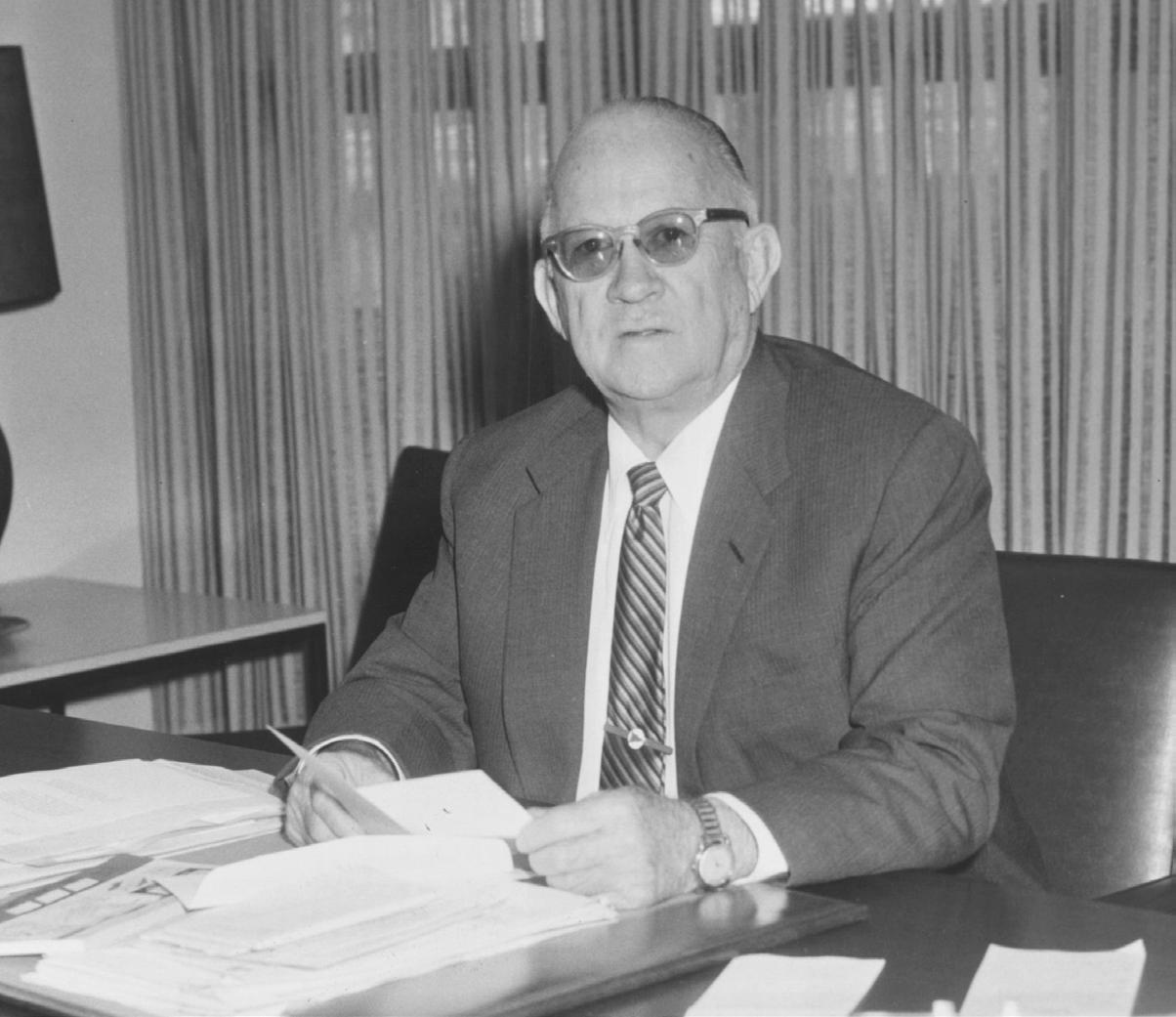
A member of Joseph E. Widener’s family, George D. Widener, was chairman of The Jockey Club at the time Cassidy sought to retire, in 1963. Widener was stepping down as chairman, so he prevailed on Cassidy to stay on to assist the incoming chairman, Ogden Phipps. The following year, Phipps expressed his appreciation for Cassidy’s assistance during the early phase of his chairmanship. He said, “Mr. Cassidy has acted as our ambassador to foreign countries and to the National Association of State Racing Commissioners.”
Cassidy died four years later, in 1968. His reputation, as Phipps noted, was international. Maj. John Nethersole, who served England’s Jockey Club as course inspector and later as Stipendiary Steward, once remarked, “The executive secretary of The (U.S.) Jockey Club is the most respected, knowledgeable, and best-known man in racing circles throughout the world.”
Born: Feb. 21, 1892, Washington, D.C.
Died: Oct. 23, 1968, Glen Cove, New York
• Developed the modern starting gate, the photo finish camera, and film patrol, among many innovations
• Executive Secretary of The Jockey Club 1945 through 1964
• Established The Jockey Club Round Table Conference
• Served as NYRA Director of Racing
• Thoroughbred Club of America’s Honored Guest 1957

“Right then I realized that if the judges were moved to the roof and a finish wire were placed over the track proper, the judges’ ability to see the finish would be improved 99 percent”
— MARSHALL CASSIDY

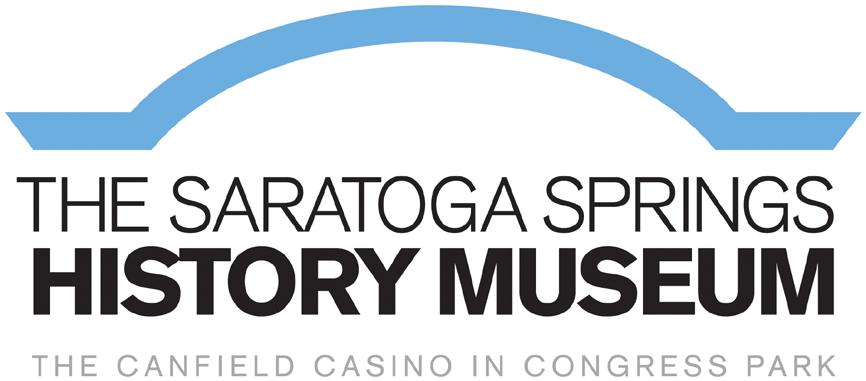








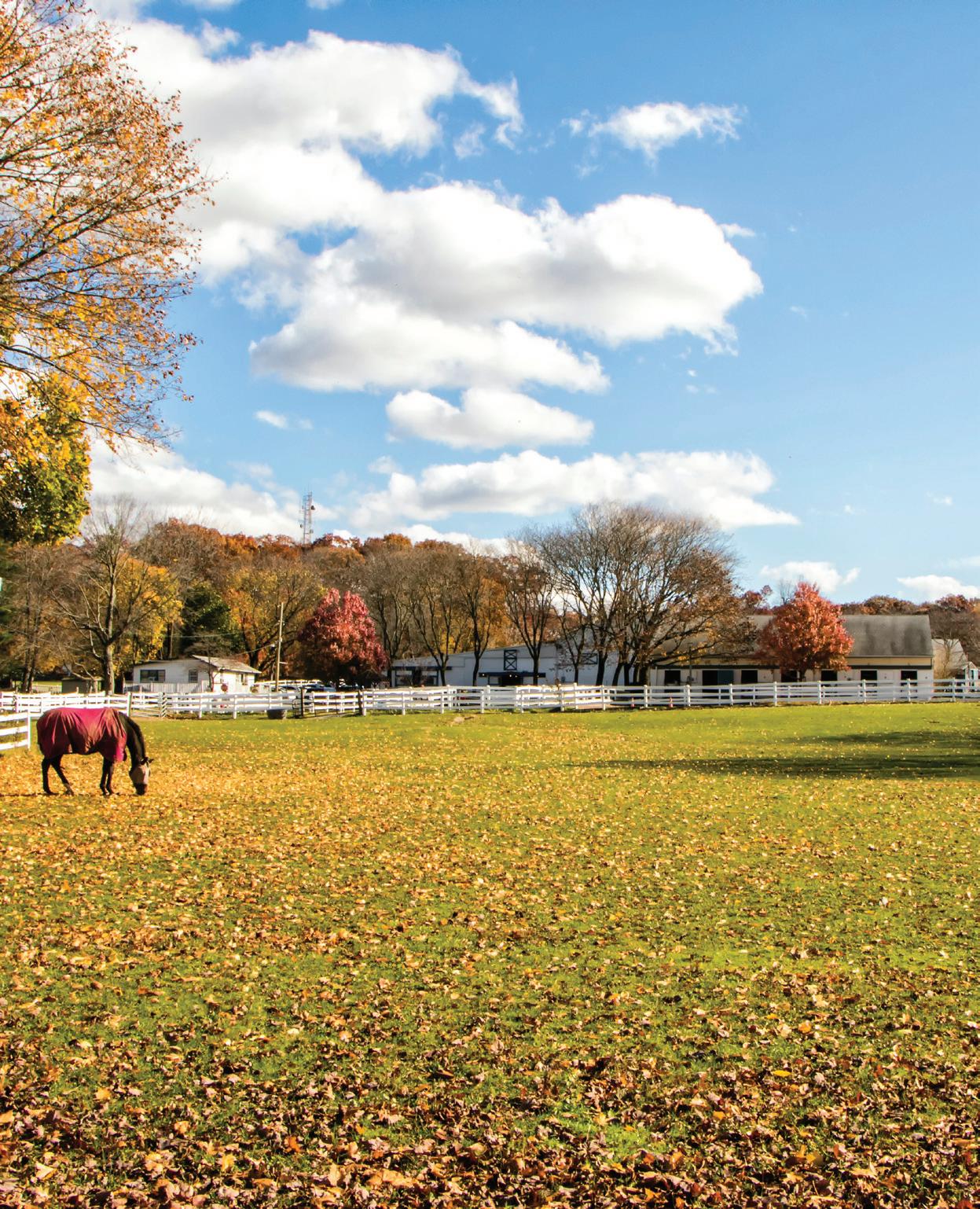



A1946 article in James Ben Ali Haggin as being “far and away the most successful as well as the most colorful breeder and racing man of his day.” It was a bold statement considering the turf luminaries of Haggin’s era included the likes of Elias “Lucky” Baldwin, August Belmont II, James R. Keene, and William C. Whitney. A deep dive into Haggin’s career in thoroughbred racing and his lasting imprint on the game as both a breeder and owner make the assessment a difficult one to dispute.
A transcendent individual as both a breeder and owner of racehorses from the early 1880s into the early 20 1822 in Harrodsburg, Kentucky. He was a grandson of Ibrahim Ben Ali, a Turkish army officer who came to America and practiced medicine in Baltimore. His daughter, Adeline, married Terrah Haggin of Harrodsburg, and James was one of their eight children.
After graduating from Centre College in Kentucky, Haggin briefly practiced law before heading west during the Gold Rush. In California, he partnered with Lloyd Tevis in what became the most prominent land and corporation law firm in the state. A bold speculator, Haggin and Tevis went on to partner with Sen. George Hearst in lucrative mining ventures. The mining partnership developed into the largest of its kind in the world and included operations in California, Nevada, Montana, Utah, and South Dakota. It was estimated that Haggin and his partners controlled 80 percent of the world’s copper supply at one time. On his own, Haggin invested in additional mining operations in Peru, where he built an 80-mile railroad at the cost of $2 million just to ship the ore.

In the history of thoroughbred breeding in America, few individuals have been as impactful as James Ben Ali Haggin
In 1873, Haggin established a thoroughbred breeding center on Rancho del Paso near Sacramento. By the early 1880s, the ranch was known as the world’s largest thoroughbred nursery. Haggin made his racing debut on Nov. 11, 1882, with a horse named Premium, who carried his colors of “old gold jacket, light blue sleeves, light blue cap.”
Premium finished second at the new Bay District track in San Francisco, but a week later he gave his owner his first victory at the same venue. Haggin was off and running.
Throughout the 1880s, Haggin was campaigning several prominent runners, including future Hall of Fame members
Firenze and Salvator. Both horses surpassed $100,000 in career earnings, an extraordinary sum for the time. Firenze won 47 races and was in the money 77 times in 82 career starts. Salvator, meanwhile, won 16 of 19 career starts and is retrospectively regarded as the Horse of the Year for 1889 and 1890.
Haggin raced primarily on the West Coast until the mid-1880s, when he established a stable in New York and proved he could win significant stakes races on both coasts — and everywhere in between. In 1885, Haggin won the Belmont Stakes and Withers Stakes with Tyrant and the following year won the Kentucky Derby and St. Louis Derby with Ben Ali (named for his son).
Haggin significantly reduced his racing stable in the 1890s to focus on his breeding interests. From Australia, he imported Sir Modred, who became the leading sire in America in 1894. Haggin also imported notable sires Goldfinch, Star Ruby, St. Gatien, and Watercress, all from England. Records from 1892 state 117 horses bred by Haggin were winners of an astonishing 500 races that year.


In 1897, Haggin returned to Kentucky to concentrate the bulk of his breeding operation near Lexington with the acquisition of Elmendorf Farm from Con J. Enright, who had bred Hall of Fame member Hamburg there. During the next 10 years, Haggin expanded the property significantly with purchases of surrounding parcels of land and at one point owned more than 8,700 acres in Central Kentucky. He purchased hundreds of top-quality broodmares, including future Hall of Famer Miss Woodford, to complement his stallion roster.
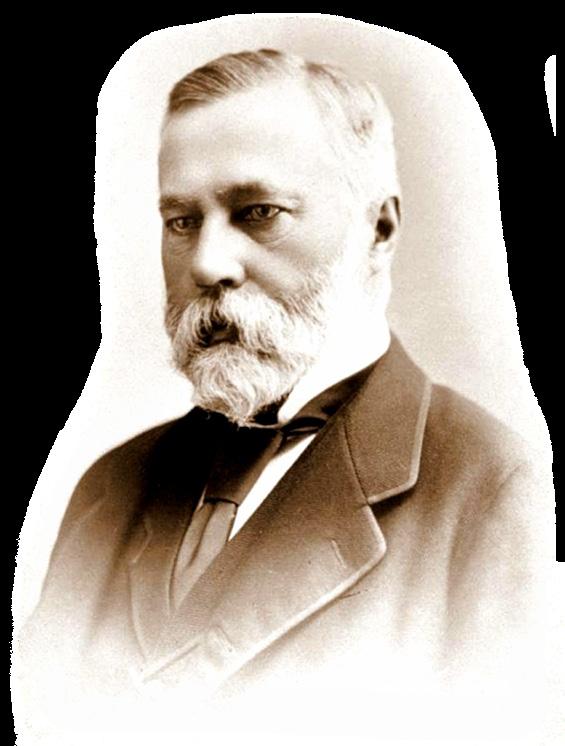
Haggin’s breeding exploits impacted the sport at the highest levels. He bred six horses that won races in what would later become known as the Triple Crown series:
Preakness Stakes winners Old England (1902), Cairngorm (1905), and Rhine Maiden (1915); Belmont Stakes winners Comanche (1890) and champion Africander (1903); and Kentucky Derby winner Stone Street (1908). Other standout horses bred by Haggin included Montana (winner of the Suburban Handicap), Sir Walter (winner of 36 races with earnings of $124,695), Tournament

Born: Dec. 9, 1822, Harrodsburg, Kentucky
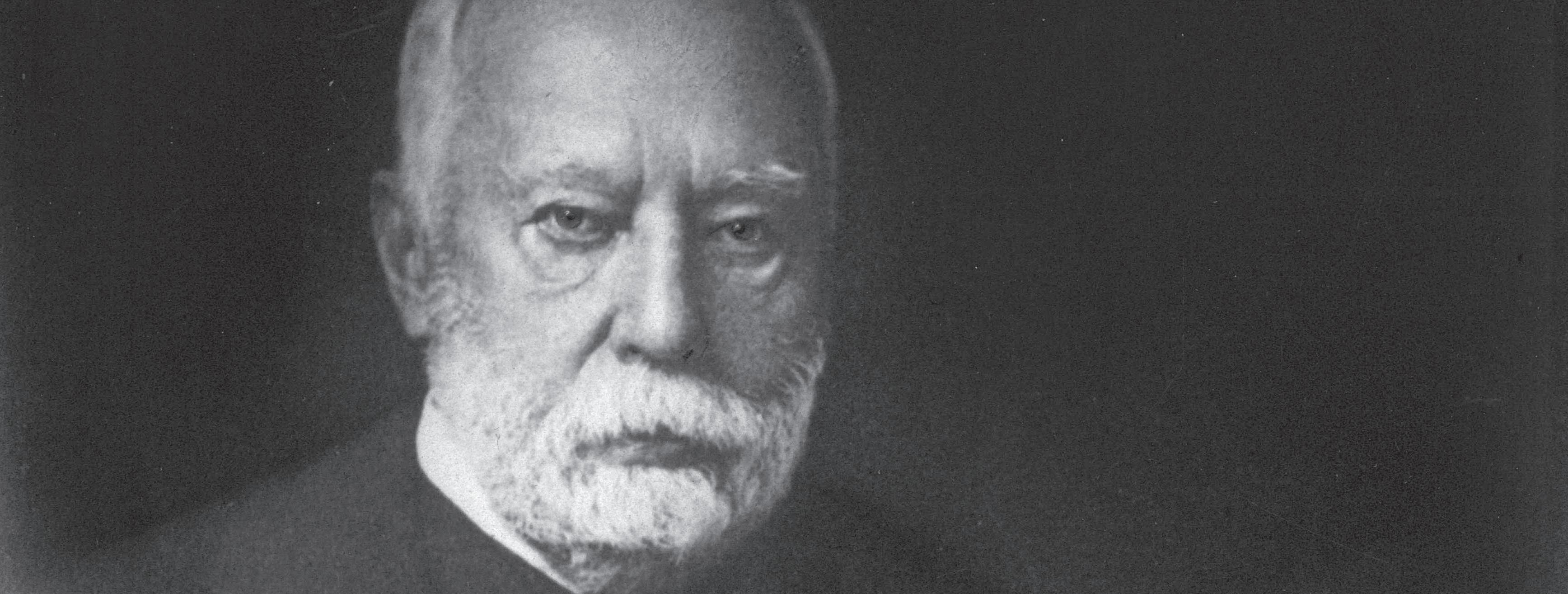
Died: Sept. 12, 1914, Newport, Rhode Island
Achievements:
• Won the 1885 Belmont Stakes (Tyrant)
• Won the 1886 Kentucky Derby (Ben Ali)
• Won the 1903 Travers Stakes (Ada Nay)
• Bred Preakness winners Old England (1902), Cairngorm (1905), and Rhine Maiden (1915)
• Bred Belmont Stakes winners Comanche (1890) and Africander (1903)
• Bred Kentucky Derby winner Stone Street (1908)
(winner of the Jerome Handicap), Tradition (winner of the Alabama Stakes), and champion Waterboy (campaigned by Haggin, winner of the Saratoga Handicap).
In 1903, it was reported that Haggin had 562 broodmares and more than 1,000 total horses at Elmendorf. That was in addition to his California stock at Rancho del Paso. Although his personal racing stable was smaller than during its heyday, that year Haggin won the Travers Stakes at Saratoga with his homebred filly Ada Nay. Haggin had previously bred 1890 Travers winner Sir John. The New York Times said Haggin “owned three times as many thoroughbreds as any man in the world. In 1904, when about 7,000 broodmares were registered with The Jockey Club, which owns the official stud book, the registrations showed that 1,500 of the 7,000 were owned by James B. Haggin. At that time he owned in addition some 60 stallions, 500 yearlings, and 500 other horses in training at various tracks. He maintained four private racing stables, while his colors flew over every track.”
Bred
winners of Triple Crown races
Campaigned
Hall of Fame members (Firenze and Salvator)
Owned
acres of land in Kentucky
Haggin regularly sold 200 or more yearlings annually, but his passion for racing began to wane early in the 1900s because of anti-racing elements that were affecting the sport in New York. In 1905, he pared down his expansive holdings when he sold 20 stallions and more than 500 mares, yearlings, and 2-year-old fillies at Rancho del Paso. In the next few years, Haggin sold 33 more stallions and 483 mares from Elmendorf to interests throughout the world, including buyers from Argentina, Australia, and Germany.
Haggin died in 1914 at the age of 91 in Newport, Rhode Island. His estate was estimated to be worth more than $50 million.
“All that he did was done on a large scale, his ranches and stock farms were the largest, his horses among the fastest, his homes palaces,” the Times said. “He was liberal and popular. His death may be said to close a noteworthy and most interesting chapter in American history. Take him all and all, he was an eminent American, one in whom his fellow citizens could take honest pride.”












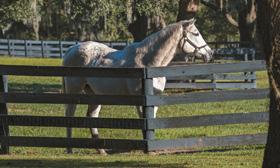









Fifty years ago, Secretariat announced his presence with authority during a juvenile season for the ages
BY Brien Bouyea Hall of Fame and Communications Directorefore he achieved immortal status in 1973 by winning the first Triple Crown in 25 years — setting records that still stand in the Kentucky Derby, Preakness Stakes, and Belmont Stakes en route to becoming a cultural phenomenon — Secretariat was already a superstar thanks to an extraordinary 2-year-old season.
Officially bred by Christopher Chenery’s Meadow Stud, Secretariat’s breeding was arranged by Chenery’s daughter, Penny, who took over day-




to-day operations of the stable when her father began experiencing health issues in 1968. Secretariat was a son of Bold Ruler out of the Princequillo mare Somethingroyal, who was owned by Meadow Stud. Bold Ruler, who was owned by the Phipps family, was North America’s leading sire from 1963 through 1969, and again in 1973 thanks in large part to Secretariat’s exploits. Bold Ruler stood at historic Claiborne Farm in Kentucky, but the Phipps family owned the majority of the mares to which the stallion was bred. Few were ever sold at public auction.

To infuse new blood into their breeding program, the Phipps family

on occasion negotiated foal-sharing agreements with other broodmare owners. In exchange for waving Bold Ruler’s stud fee, they arranged multiple matings with the stallion — either two mares in a year or one mare in consecutive years. On the assumption two foals were produced, the Phipps family would keep one and the mare owner would retain the other. A coin toss was used to determine who selected first. It was through such an agreement that Penny Chenery (then known as Penny Tweedy) sent two mares to be bred to Bold Ruler in 1968, Hasty Matelda and Somethingroyal. She sent Cicada and Somethingroal to Bold Ruler in 1969. The agreement stated the winner of the coin toss would get first choice of the 1969 foals, while the loser would receive first choice in 1970.
In the spring of 1969, a colt and filly were produced from the Bold Ruler matings. In the 1969 breeding season, Cicada did not conceive, leaving only one foal due in the spring of 1970. Therefore, the winner of the coin toss would receive only one foal, the first choice in 1969, and the loser would get the second choice in 1969 and the lone foal in 1970. The coin toss was held in the fall of 1969 in the New York Racing Association office of Alfred G. Vanderbilt, the NYRA chairman. Ogden Phipps won the toss and chose the 1969 weanling filly out of Somethingroyal. The filly, named The Bride, never won a race (she did later become a stakes producer). Chenery received the Hasty Matelda
colt in 1969 and the yet-to-be-born 1970 foal of Somethingroyal, to be named Secretariat.
Shortly after midnight on March 30, 1970, Secretariat was born at Meadow Stud in Virginia. The bright-red chestnut joined trainer Lucien Laurin’s winter stable at Hialeah Park in Florida in early 1972, quickly earning a reputation as a kind and intelligent horse. Secretariat had a desired physique but was clumsy in his early training. After several months of training, Laurin believed the Meadow colt was ready to make his debut.
Secretariat was a 3-1 favorite in his first career start on July 4, 1972, at Aqueduct. At the start of the 5½-furlong contest a horse named Quebec cut in front of the field, causing a chain of events that led to Secretariat being bumped hard and shuffled back in the field of 12. More trouble ensued on the backstretch when Secretariat and jockey Paul Feliciano found significant traffic trouble. In 10th at the top of the stretch, Secretariat quickly made up significant ground on the leaders and finished fourth, beaten only 1½ lengths by Herbull.
Eleven days later, Secretariat was favored at 6-5 going six furlongs in a field of 11 at Aqueduct. With Feliciano again in the irons, Secretariat broke poorly but proved to be superior to his competition, rolling to a six-length victory. The New York racing scene then transitioned upstate to Saratoga. At the Spa, Ron Turcotte, the regular rider for Meadow Stable, replaced Feliciano as Secretariat’s pilot.

“Never have I watched a lightly raced 2-year-old stamp himself so definitively as a potential great.”
— Andrew Beyer, Washington StarOpposite page: Secretariat won seven of his nine starts as a 2-year-old in 1972 and won the Eclipse Awards for Horse of the Year and Champion 2-Year-Old Male. Above: Secretariat, om right, is pictured winning the 1972 Sanford Stakes at Saratoga Race Course.


Turcotte was already familiar with Secretariat from having been on the colt in several morning works, but he was unavailable for his first two starts while recovering from an injury. Turcotte was well trusted by Laurin, having won the Kentucky Derby and Belmont for him and Meadow Stable on Riva Ridge that year, among other races. At Saratoga, the legend of Secretariat began.
With Turcotte up, Secretariat earned an impressive allowance victory at Saratoga on July 31, covering six furlongs in 1:104�5 as the 2-5 favorite. Secretariat’s first Spa victory prompted legendary sportswriter Charles Hatten to say, “You carry an ideal around in your head, and boy, I thought, ‘This is it.’ I never saw perfection before. I absolutely could not fault him in any way. And neither could the rest of them and that was the amazing thing about it. The body and the head and the eye and the general attitude. It was just incredible. I couldn’t believe my eyes, frankly.”
Next up for Secretariat was the historic Sanford Stakes, a Saratoga
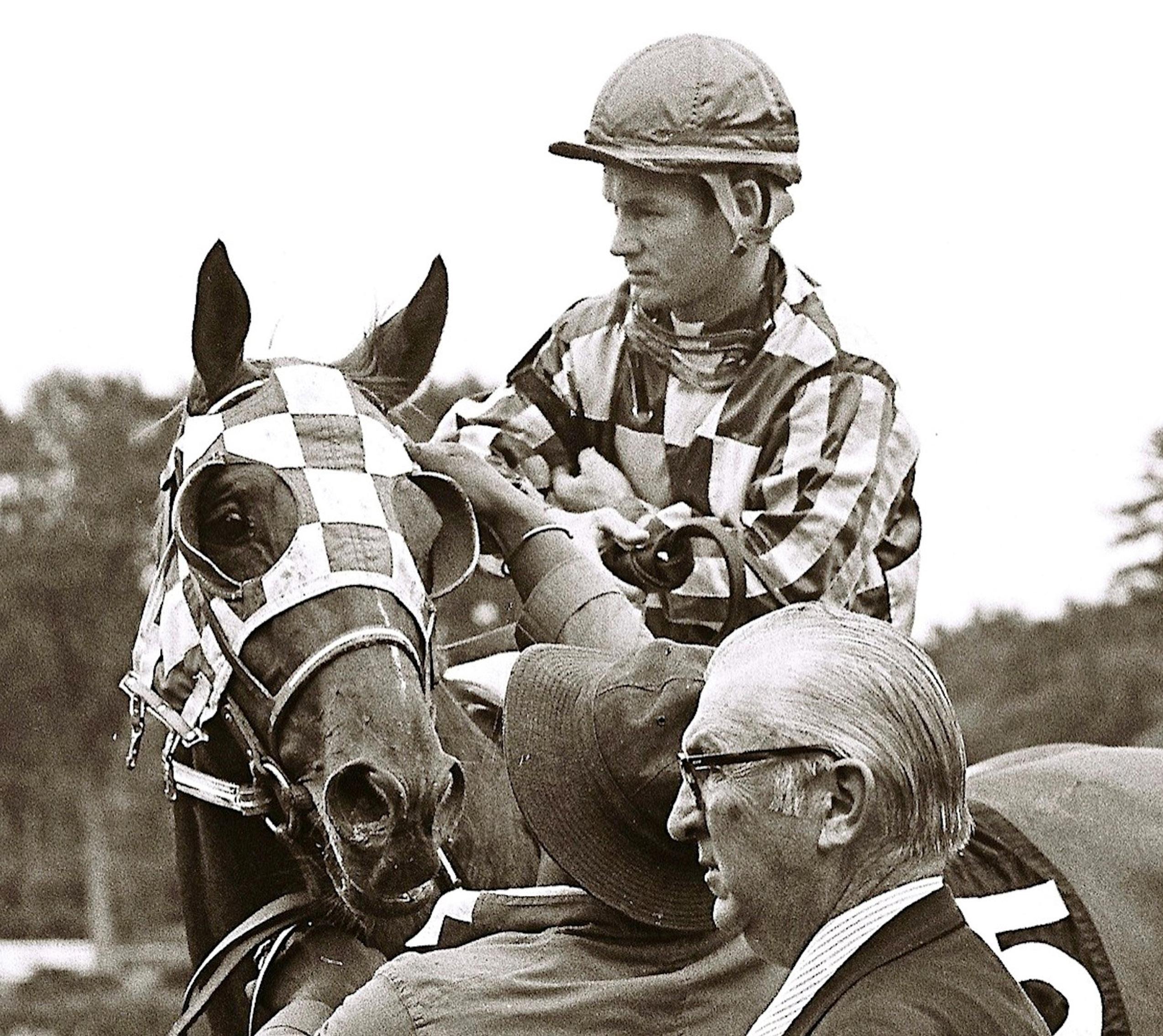
fixture since 1913, notable as the only race the mighty Man o’ War ever lost. Secretariat did not suffer the same fate; his Sanford was a tour de force. Facing off with the highly regarded Linda’s Chief — the only horse ever to be favored against Secretariat — the emerging Meadow star had his work cut out for him in the stretch. Impeded by horses in front of him, Turcotte moved Secretariat through the field “like a hawk scattering a barnyard of chickens,” according to Daily Racing Form. At the finish, Secretariat was three lengths clear of Linda’s Chief. The final time for six furlongs was 1:10. Andrew Beyer, covering the race for the Washington Star, wrote, “Never have I watched a lightly raced 2-year-old stamp himself so definitively as a potential great.”
Secretariat was even better 10 days later in the Hopeful Stakes, which was first contested at Saratoga in 1903 and had been won by greats such as Regret, Man o’ War, Whirlaway, Native Dancer, Nashua, and Buckpasser. For most of the Hopeful, Secretariat looked to be out of contention.
“He was shuffled back to last place soon after the start,” the New York Times reported. “Secretariat, for all intents and purposes, was not in the hunt as the field hit into the stretch run.
“The achievement of Secretariat was made most remarkable, even in view of his expected triumph, by his lightning forward thrust. Suddenly, as if activated by coiled springs, Secretariat was up front, enjoying a head advantage over Sunny South. After that the Meadow Stable colt went his own way, extending his lead over his foes with every stride.”
At the finish line, Secretariat was five lengths in front of Flight to Glory for his fourth win in five starts. The time of 1:161 5 for 6½ furlongs was three-fifths of a second off the track record.
Turcotte said Secretariat “took himself back as he usually does right after the break. I let him settle into stride and he began to pick up on his own as we came up to the half-mile pole. By the time we straightened out, he was in front. Through the stretch he just kept reaching out without pressure.”
The Times added Secretariat’s Hopeful win was achieved with “contemptuous ease” and the result “was a fitting one for the final program of the Saratoga season.”
Secretariat’s exploits at Saratoga confirmed his star status. He then made his Belmont Park debut on Sept. 16, winning the prestigious Futurity by 1½ lengths. In October, Secretariat was favored at 7-10 in the Champagne. He flew past his rivals turning for home and crossed the finish line first by two lengths, but the stewards disqualified him for bearing in and interfering with Stop the Music, who was declared the winner. Secretariat was placed second.
Two weeks later, Secretariat had no trouble in trouncing Stop the Music by eight lengths in the Laurel Futurity. His time of 1:162 5 was one-fifth of a second off the track record for 11 16 miles. Secretariat closed out his season on Nov. 18 with a 3½-length victory as the 1-10 favorite in the Garden State Futurity in New Jersey. He again dropped back of the field early before gobbling up his rivals turning for home. Laurin, not one to normally speak in reverential tones about young horses, was in awe of Secretariat’s talent.
“In all his races, he has taken the worse of it by coming from behind, usually circling his field,” the trainer said. “A colt has to be a real runner to do this consistently and get away with it.”
With a record of 7-1-0 from nine starts and earnings of $456,404, Secretariat was an easy choice for Champion 2-Year-Old Male in the balloting for the Eclipse Awards and, in a rare occurrence for a juvenile, was named Horse of the Year. Prior to Secretariat, only Commando (1900), Colin (1907), Native Dancer (1952), and Moccasin (1965) had earned Horse of the Year titles as a 2-year-old (Native Dancer and Moccasin were both co-Horse of the Year winners). Since the establishment of the Eclipse Awards, only Secretariat and Favorite Trick (1997) have by voted Horse of the Year honors as a juvenile.
This feature is the first of a two-part retrospective of the career and legacy of Hall of Fame member Secretariat, whose Triple Crown season of 1973 will be commemorated in a special 50th anniversary exhibit at the National Museum of Racing and Hall of Fame in 2023. Part two will be featured in the 2023 Hall of Fame Guide.



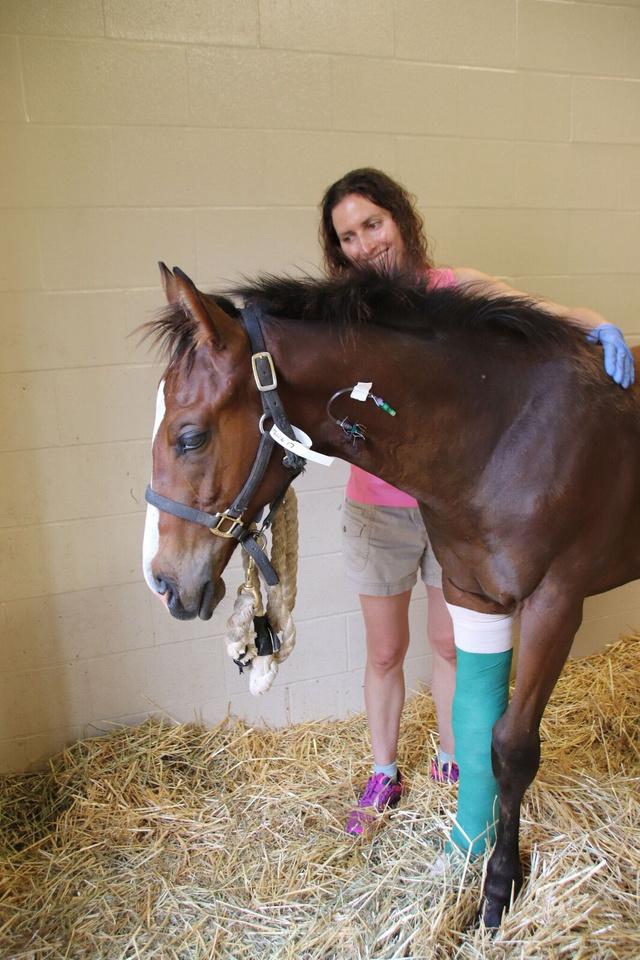


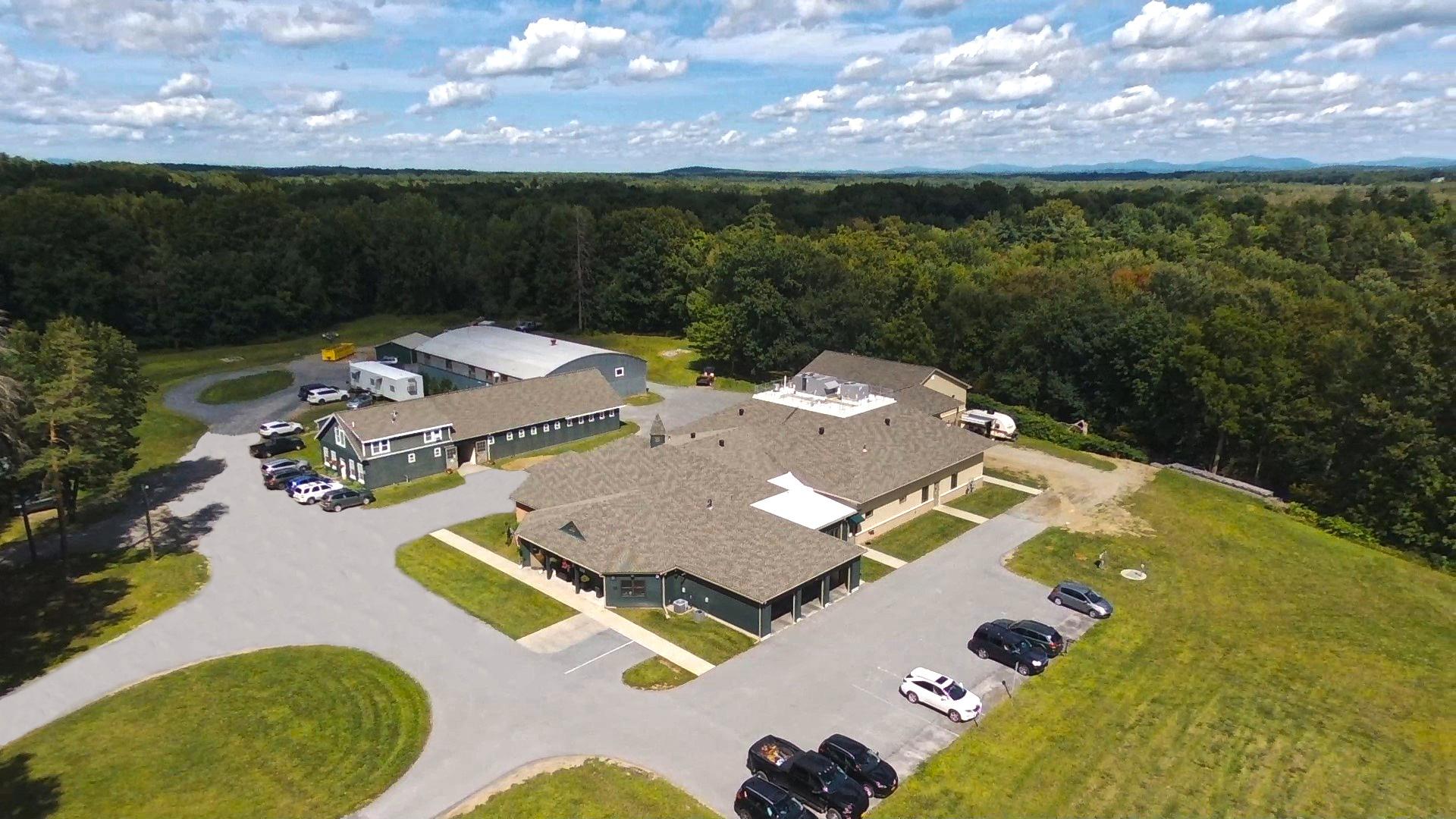

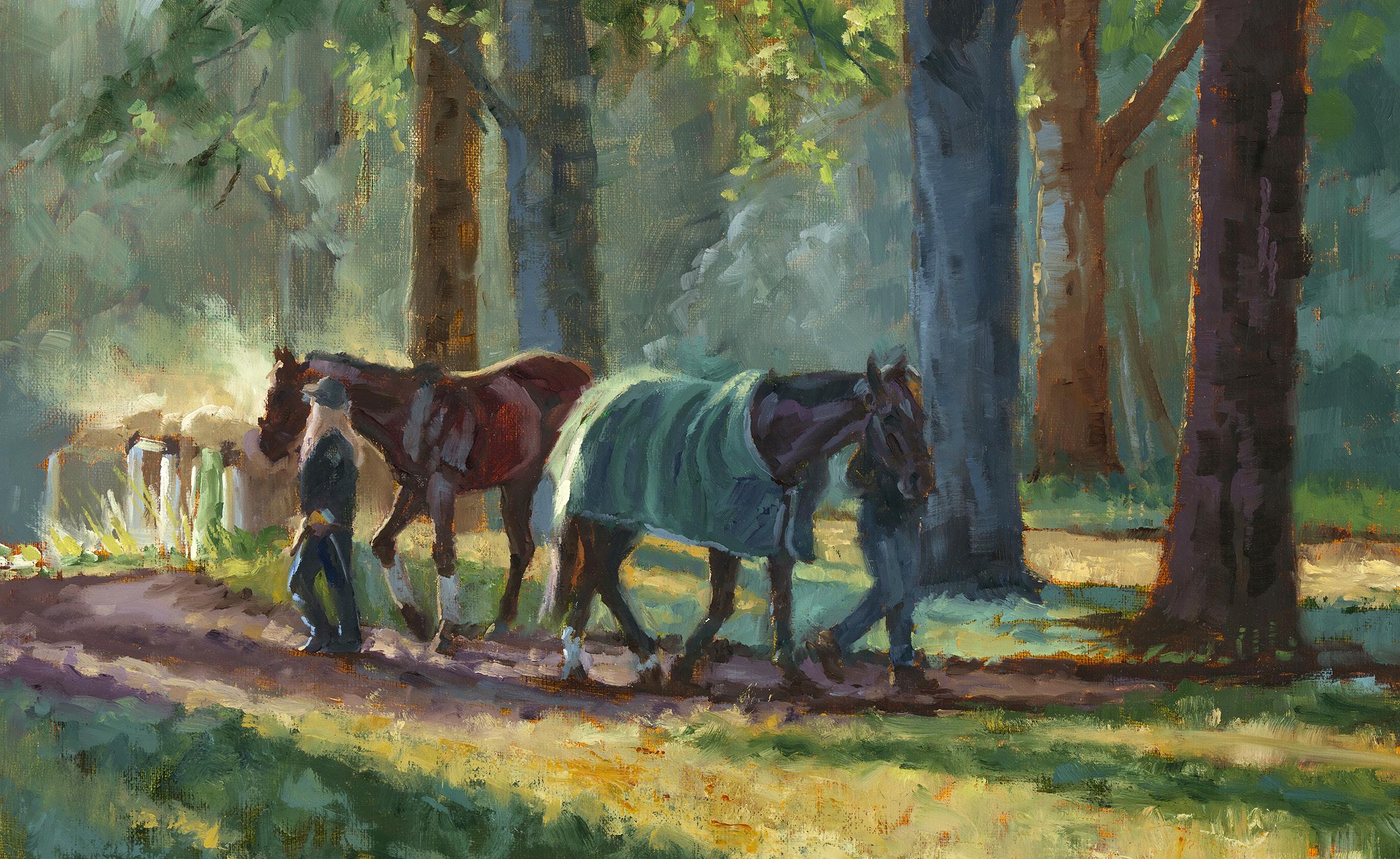
Walter Miller’s reign as America’s top jockey was a brief one, but few have ever done it better
BY Brien Bouyea Hall of Fame and Communications Directort the age of 16, Walter Miller was without question the greatest jockey in America. By the time he was 20, however, Miller’s meteoric career was all but finished. Although his run of dominance was fleeting, Miller made a significant enough historical impression to earn inclusion in the Hall of Fame’s inaugural induction class in 1955.

Born in 1890 in Brooklyn, New York, Miller first arrived at the races in 1904 at the old Benning track in Washington, D.C.
At 5-foot-8, Miller was a giant for his profession, but he used his attributes — rare strength, athleticism, and keen observation — to his advantage. He was able to get his mounts away quickly and keep them in hand. In the stretch, Miller’s powerful finishing techniques were peerless and led to numerous victories that would have been impossible for other riders to attain.
Miller was an immediate sensation, attracting the attention of Hall of Fame jockey James McLaughlin, who served as a mentor to the teenage rider. McLaughlin fine-tuned Miller’s raw ability and taught him subtle tricks of the trade. Miller quickly developed and the results were remarkable. By the fall of 1904, Miller was in great demand and signed to ride in California for the stable of millionaire W. A. Stanton, whose trainers were Sam Doggett and the up-and-coming James “Sunny Jim” Fitzsimmons. Like McLaughlin, Fitzsimmons was enamored with Miller’s talent and became his agent through most of his American riding career.
“Miller’s great success was due in large part to his ability to get his mount away from the post on top,” Fitzsimmons said. “To average racegoers, his post riding was uncanny, but I was his manager at the time and it was not a mystery to me. In fact, I had quite a bit to do with his quick getaways.
“I suggested he studied the starter as well as his horse. He accepted the suggestion
and soon learned it was profitable. After getting his mount straightened out and quiet behind the barrier webbing in use at that time, he studied every movement of the starter, the slightest twists or nods of his head, the tightening or relaxing of his jaws, the blinking of his eyes, movements of his lips, hands or feet, and his facial expressions.
“Within a short time he learned when the starts would be made and was off without an instant’s delay. Veteran starters wondered how Miller was able to ‘beat’ the gate so frequently. They said they did not know how or why he was able to anticipate the starts. One official at the gate told me he often made poor starts by trying to stop Miller’s getaways.”
Miller returned to the eastern tracks in the spring of 1905 and won on 178 of his 888 mounts (20 percent) that year. The following year, he produced one of greatest years of any jockey in the history of the game. Miller amazed the sports world when he won on an astonishing 388 of his 1,384 mounts (28 percent) in 1906. No other rider had ever won 300 in a single year. Miller’s wins that year included the Preakness Stakes with Whimsical. He also won the Alabama, Brighton Mile, Champagne,
Edgemere Handicap, Excelsior Handicap, Matron, National Stallion, Toboggan Handicap, and Travers, among others. That summer, Miller won five consecutive races on a single card at Brighton Beach and earlier in the year winning eight in a row during a two-day period at Benning.
In 1907, Miller had another phenomenal year in the irons, again topping the North American standings by winning with 334 of his 1,194 mounts (28 percent). Among his many highlights were 11 victories aboard James R. Keene’s undefeated Hall of Famer Colin, including 10 stakes. Colin was Horse of the Year and Champion 2-Year-Old Male that year. Miller was also the regular rider of the 1907 Champion 3-Year-Old Male and Hall of Famer Peter Pan, also from the mighty Keene stable. A quarter-century passed until another rider, Hall of Famer Jack Westrope, surpassed 300 wins in a year in 1933.
Miller continued to succeed into 1908, although not at the unprecedented heights of the previous two years. He won on 194 of his 870 mounts (22 percent), but increasing weight began to take a toll on his riding, as did several suspensions for rough riding. Miller’s career in


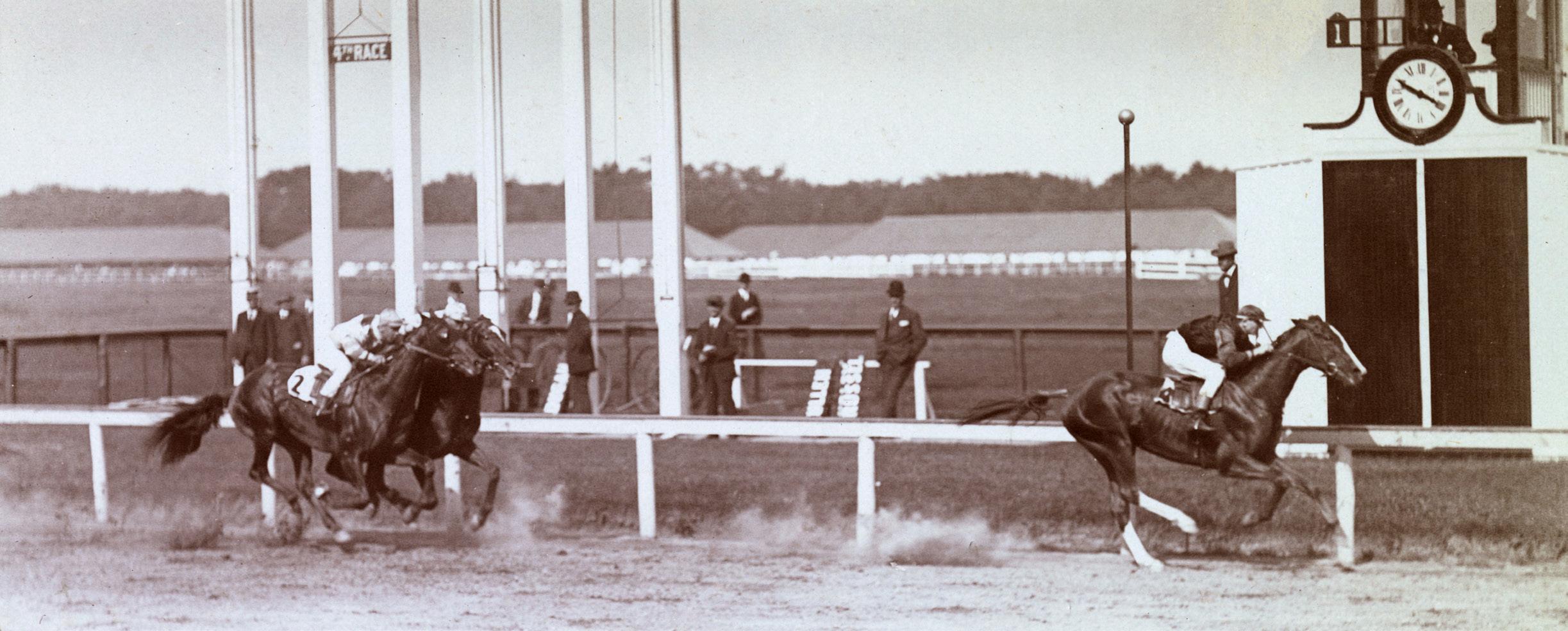
Born: 1890, New York City
Died: 1959, New York City
Notable:
• Won 1,094 races from 1905 through 1908
• North America’s leading rider in wins 1906, 1907
• Won 388 races in 1906, a record that stood until 1952
• Rode Hall of Famers Colin and Peter Pan and champion Ballot
• Won the Preakness Stakes 1906
• Inducted into the Hall of Fame 1955
America was abruptly done at the end of the season. He was struggling to make weight and his license was tabled in 1909 because of an “unresolved incident” at a California track, according to the New York Times. From 1905 through 1908, Miller won a remarkable 1,094 races from 4,336 mounts (25.2 percent).

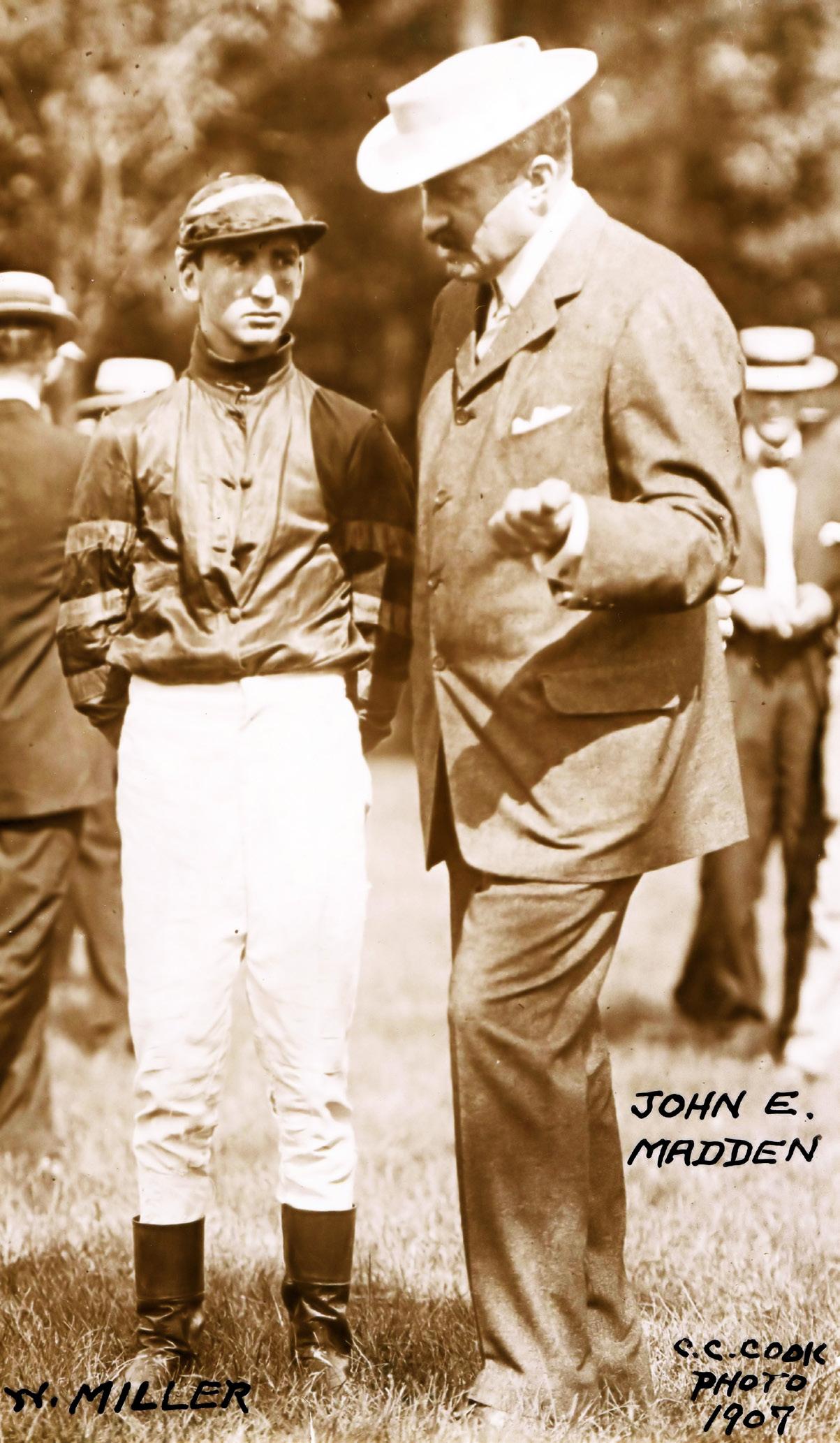
Looking to extend his time in the saddle, Miller moved his tack to Europe, where he could compete at higher weights. He rode with mixed success in Austria, England, and Germany, notably winning the Berlin Grand Prix, before returning to the United States in 1912. He never rode again.
Details of Miller’s post-racing career are scant. He was reportedly playing semi-professional baseball in California in 1918 (Miller also had a tryout with the New York Giants) and for a time owned a haberdashery business in New York City.
“The thing about Walter was that he was a natural athlete,” Fitzsimmons said. “I used to have to go across the street from the track to take him out of a baseball game so he could ride his horses.”
Miller’s 388 wins in 1906 stood as the single-year record until matched by Hall of Famer Bill Shoemaker and Joe Culmone in 1950. Two years later, Anthony DeSpirito set a new standard with 390 wins.
In 1955, Miller was one of a dozen jockeys inducted into the National Museum of Racing’s first Hall of Fame’s class. His old mentor, McLaughlin, was also part of the inaugural group of inductees. Two years later, Miller was elected to the now-defunct Jockeys Hall of Fame at Pimlico Race Course, prompting Fitzsimmons to say, “Now you can really call it a Hall of Fame.”

Miller apparently wasn’t aware of either honor. In 1945, he suffered an illness and fell on hard times financially. He later suffered a mental breakdown and was placed in a New York City sanitarium, where he remained in obscurity until his death in 1959.
“When at the peak of his career, Miller was as much of an attraction as any horse in the country,” Fitzsimmons said. “He was a great drawing card for the tracks. Thousands visited the courses to see him ride and back his mounts.”





Where friendships forged in wood fire begin






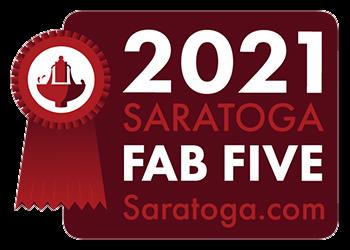





Ed Brown, who was born into slavery, became one of racing’s most consummate horsemen, earning a spot in the Hall of Fame
BY Brien Bouyea Hall of Fame and Communications Directorhether it was caring for them, riding them, or training them, racehorses were Ed Brown’s life. His passion for those activities — and his incredible proficiency at them — garnered Brown a lasting legacy as one of America’s finest and most accomplished horsemen.
The life of Edward Dudley Brown is a remarkable story of triumph. Overcoming the atrocity of being born an enslaved person, Brown became a sensation as a jockey around the time of the Civil War before establishing himself as a prominent and respected trainer and owner of thoroughbreds as a free man.

Brown was born in 1850 near Lexington, Kentucky. At the age of seven, he was sold to Robert A. Alexander, the proprietor of the famous Woodburn Stud and one of America’s most influential turfmen. Put to work in Woodburn’s stables, Brown displayed a natural ability working with horses. While in his youth at Woodburn, Brown also demonstrated great speed in footraces, which earned him the nickname Brown Dick, a nod to the famous racehorse of the era who set the record for three-mile heats in 1856.
After learning the fundamentals of horse care,
Brown graduated to exercise riding before eventually being chosen by Alexander to ride in races. In 1861, the mighty stallion Lexington began his long reign as America’s leading sire at Woodburn. That year, his foals included future Hall of Famer Kentucky and undefeated colts Asteroid and Norfolk. Alexander believed Asteroid was the best of those Lexington sons and showed his faith in the 14-year-old Brown by giving him the mount in the horse’s debut in May of 1864 at the Laclede Association meeting at St. Louis. Brown rewarded Alexander by winning the race in mile heats. He retained the mount and went on to win again at mile heats at Lexington, a $750 stakes race at Louisville, and a walkover at two-mile heats.
In December of 1864, the 13th Amendment was passed and Brown was free. While the majority of former slaves struggled during Reconstruction to find a place in a society that was unprepared to integrate them, Brown had his abilities as a horseman to rely upon. He continued to ride for Alexander, winning on Asteroid several times as a 4-year-old in 1865, as well as with Woodburn standouts such as Bayswater, Maiden, and Merrill, among others.
Brown stayed in the employ of Woodburn through Alexander’s death in
1867, after which the farm was taken over by a brother, A. J. Alexander. When farm manager Daniel Swigert left Woodburn to establish his Stockwood Stud in 1869, Brown went with him. Swigert quickly became successful on his own, breeding the likes of Hall of Famers Firenze, Hindoo, and Salvator, as well as Kentucky Derby winners Apollo and Ben Ali. Like Alexander, Swigert also thought highly of Brown as a rider. On Kingfisher, a horse Swigert purchased for $490, Brown won the 1870 Belmont Stakes at Jerome Park. He also rode stakes winners Blind Tom, Edinburgh, Village Blacksmith, and Virgil for Swigert.
Increasing weight forced the end of Brown’s career as a jockey. He rode his final race on the flat in 1872, then rode steeplechasers for a while before transitioning to training in 1874. As a conditioner, Brown’s first notable success was in 1875 with King Alfonso, who defeated Hall of Famer Ten Broeck in the two-mile Kentucky St. Leger at Louisville. That year, King Alfonso won two other stakes at Louisville and one at Nashville. Also in 1875, Brown won the Belle Meade Stakes at Nashville with Ceylon, a son of Asteroid.
In 1876, Brown won the Ohio Derby and another stake with Bombay.

He also unveiled a 2-year-old that year named Baden-Baden, who won the Young America Stakes at Nashville. Bred at Woodburn, Baden-Baden was owned by Swigert. The following spring, Brown sent the son of imported Australian out to win the third running of the Kentucky Derby. Also for Swigert, Brown trained champion juveniles Spendthrift and Hindoo. Spendthrift won five straight stakes under the care of Brown in 1878 before the owner sold him to James R. Keene for $15,000. Spendthrift went on to win the 1879 Belmont Stakes. Hindoo, meanwhile, won seven consecutive races for Brown as a 2-year-old in 1880 before being sold to Mike and Phil Dwyer for $15,000. Hindoo won the Kentucky Derby and Travers Stakes the following year en route to Hall of Fame honors.
Brown began training for Col. Milton Young in 1880. The following year, he trained 53 winners for the stable from 103 starts. Fifteen of those wins took place at Saratoga, where he saddled Gateway to a track record and Boatman to victory in the prestigious Kenner Stakes. In 1886, Brown won the Kentucky Oaks for the first of three times with Pure Rye. He won it again in 1893 with Monrovia and in 1900 with Etta. Brown owned both Monrovia and Etta.

Following the practice he saw Swigert successful with, Brown began buying young horses, winning with them, then selling them at a tidy
profit. Examples of this included Ben Brush and Plaudit. Ben Brush was regarded as the champion as a 2-year-old in 1895, when he won 13 of 16 for Brown, who then sold him to Mike and Phil Dwyer. Ben Brush won the 1896 Kentucky Derby and eventually was elected to the Hall of Fame. Plaudit, meanwhile, was purchased by Brown as a yearling. He had considerable success with him before selling to John E. Madden. For Madden, Plaudit won the 1898 Kentucky Derby and became a top sire.
Brown began to experience physical issues in the late 1890s. He suffered from tuberculosis and rheumatism, a combination that was debilitating but never broke his spirit.
“The stocky, bearded horseman, who limps a little with rheumatism, must sometimes forget his own name, for he is known on every course in America as ‘Brown Dick,’ whose blue and white jacket carries not a single bloat of suspicion of dishonest trickery after a lifetime on the Turf,” wrote the Louisville Courier-Journal. “He is a leader among his people, not because he plays the demagogue and meddles in politics, but because they recognize that his life of integrity and self-respect has done honor to their race.
“You see one side of Brown Dick’s character when questions of fact are disputed before the judges and men accept his word as weightier
Born: 1850, Fayette County, Kentucky Died: March 11, 1906, Louisville, Kentucky
Notable:
• Won the 1870 Belmont Stakes (as a jockey aboard Kingfisher)

• Won the 1877 Kentucky Derby with Baden-Baden
• Won the Kentucky Oaks 1886, 1893, 1900
• Won the Louisville Cup 1878, 1881
• Won the Kenner Stakes 1881, 1882
• Won the Clark Stakes 1883, 1886

• Trained Hall of Fame members Ben Brush and Hindoo
• Trained champion Spendthrift
• Elected to the Hall of Fame 1984
evidence than the affidavits of many men. Another side you see when a party of ladies and children visit the stables. Brown Dick is never happier than when with his hat doffed, he is leading them from stall to stall and answering their absurd questions with gentlemen courtliness worthy of a wigged and ruffled cavalier.”
Brown died in Louisville in 1906 at the age of 56. He left behind a widow and a schoolteacher son. Although his wealth was reported to be between $75,000 and $100,000 at times, Brown was “practically
penniless” at the time of his death according to the Courier-Journal Reports suggested Brown’s medical issues and his generosity to less fortunate horsemen depleted his wealth.
In 1978, more than 70 years after Brown’s death, Daily Racing Form’s Joe Hirsch wrote, “The past speaks to those who would listen, and says in ringing terms that Ed Brown belongs in the Hall of Fame.” It took a few more years, but Brown finally received racing’s highest honor when he was inducted into the Hall of Fame in 1984.
“The stocky, bearded horseman, who limps a little with rheumatism, must sometimes forget his own name, for he is known on every course in America as ‘Brown Dick,’ whose blue and white jacket carries not a single bloat of suspicion of dishonest trickery after a lifetime on the Turf.”
— LOUISVILLE COURIER-JOURNAL
 BY EDWARD L. BOWEN Chairman, Hall of Fame Nominating Committee
BY EDWARD L. BOWEN Chairman, Hall of Fame Nominating Committee
Richard Stone Reeves often reminisced about watching War Admiral in the Belmont Stakes of 1937 as a pivotal moment in his career. The then 17-year-old already had developed a passion for art — and an appreciation for the horse — when he witnessed War Admiral’s historic performance. Reeves was touched by the courage and resilience of the thoroughbred. The little champion stumbled at the start, injured a hoof, and trailed blood for the entire 1½ miles. Yet he won the longest of America’s classic races, and completed the Triple Crown. The phrase “Red Badge of Courage” thereafter had added meaning for young Reeves.
Reeves expressed appreciation for many individuals, moments, and opportunities as he looked back on his career in the 1989 volume Legends: The Art of Richard Stone Reeves (Oxmoor House). Pivotal was the acceptance of his parents in supporting his somewhat chancy goal of a career as an artist as compared to, as he put it, “a direction toward a
responsible career in business.” That the family was related to successful artist Thomas Sully was a nice connection, but not a meal ticket.
He also appreciated the tangents of life which gave his career impetus after art school at Syracuse University. When World War II shaped his and millions of other young men’s immediate ambitions and responsibilities, Reeves found himself in China involved with Naval Intelligence. Even in war, responsibilities were not always urgent, and he filled idle hours drawing local citizens. This came to the attention of a fellow serviceman who urged him to make contact back home after the War. This fellow was none other than an executive at Roosevelt Raceway, a major harness track in New York.
Reeves knew standardbreds, but preferred thoroughbreds, and his first assignment after the war drew attention of both sporting industries. A major break was a commission to paint Armed, as the newly named 1947 Horse of the Year, for Daily Racing Form. A friendship brought that painting to the attention of Life magazine, which printed the portrait in an issue.

These were early steps which were followed by a succession of large advances recognizing his talent for detail, in equine portraiture as well as scenes. Reeves became arguably the best-known equine portraitist in North America, and his fame spread overseas. It became a virtual routine, he explained to us, that whenever His Highness the Aga Khan raced a new classic winner in Europe, Reeves would soon be on his way overseas. Indicative of the prolonged quality of the Aga Khan’s breeding operation, he became identified as the owner of the largest personal collection of paintings by Reeves.
In the manner of the top echelons of thoroughbred breeding, various other clients also produced sequences of major horses. This led to patterns of painting various horses of related pedigrees for successful owners and families of long standing. The star horses of one year gave rise to another generation of excellence.
One commission of particular note resulted from Ogden Mills “Dinny” Phipps’ idea for a single canvas depicting the Grade 1 winners raced by his father, Ogden Phipps, in the remarkable 1988 season. There were five of them when the commission was made, including Hall of Famers






Ogden Phipps was also the breeder and owner of Hall of Famer Buckpasser, a horse Reeves often recalled as singular in his experience of observing and depicting individual equines. A grandson of War Admiral, Buckpasser was described by Reeves as “a racehorse of surpassing beauty whose physical properties stand in my memory as the standard of perfection.”
The repeating successes of the Phipps family, the Aga Khan, and other distinguished breeders/owners was not the only pattern of the artist’s career. A countermelody of the turf is the frequent rise of a champion from a theretofore lesser-known breeder or owner’s sporting ambitions.

As expressed in Legends, the emergence of an outstanding thoroughbred from any origin “is something to anticipate with excitement, for to witness greatness is an experience ever fresh.”
So acclaimed and prolific was Reeves for several decades that eight volumes of his work were produced. In addition to Legends, they include Thoroughbreds I Have Known (A. S. Barnes and Co., 1973); Royal Blood: Fifty Years of Classic Thoroughbreds (The BloodHorse, 1995), and Belmont Park: A Century of Champions (The BloodHorse, 2005).
Richard Stone Reeves died on Oct. 7, 2005, at the age of 85. Survivors included Martha, his wife of 50 years; son Richard Stone Reeves, Jr., and daughter Nina Stone Reeves.

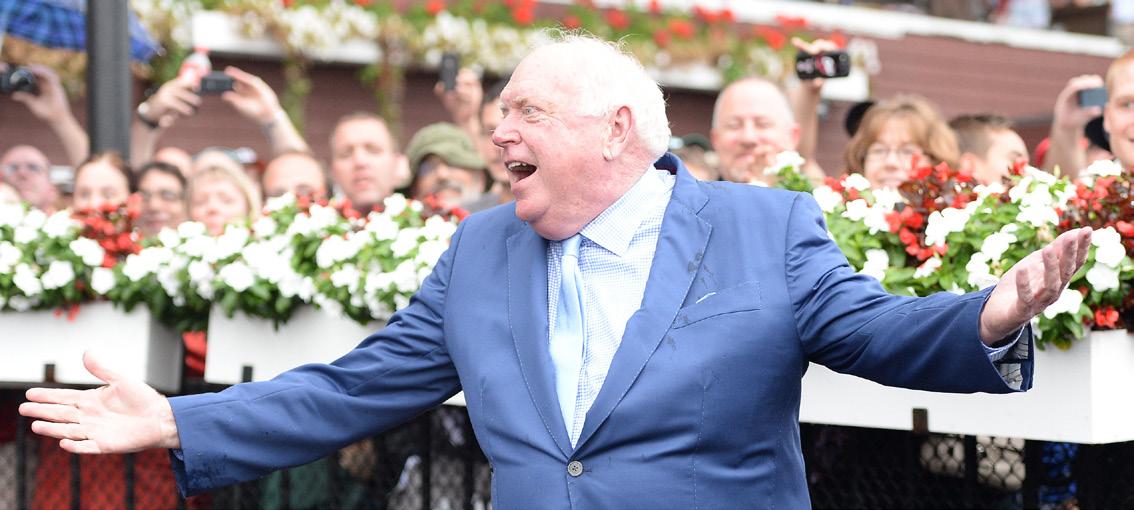




Jim Raftery’s love of horses and photography led to a career that spanned seven decades chronicling American racing
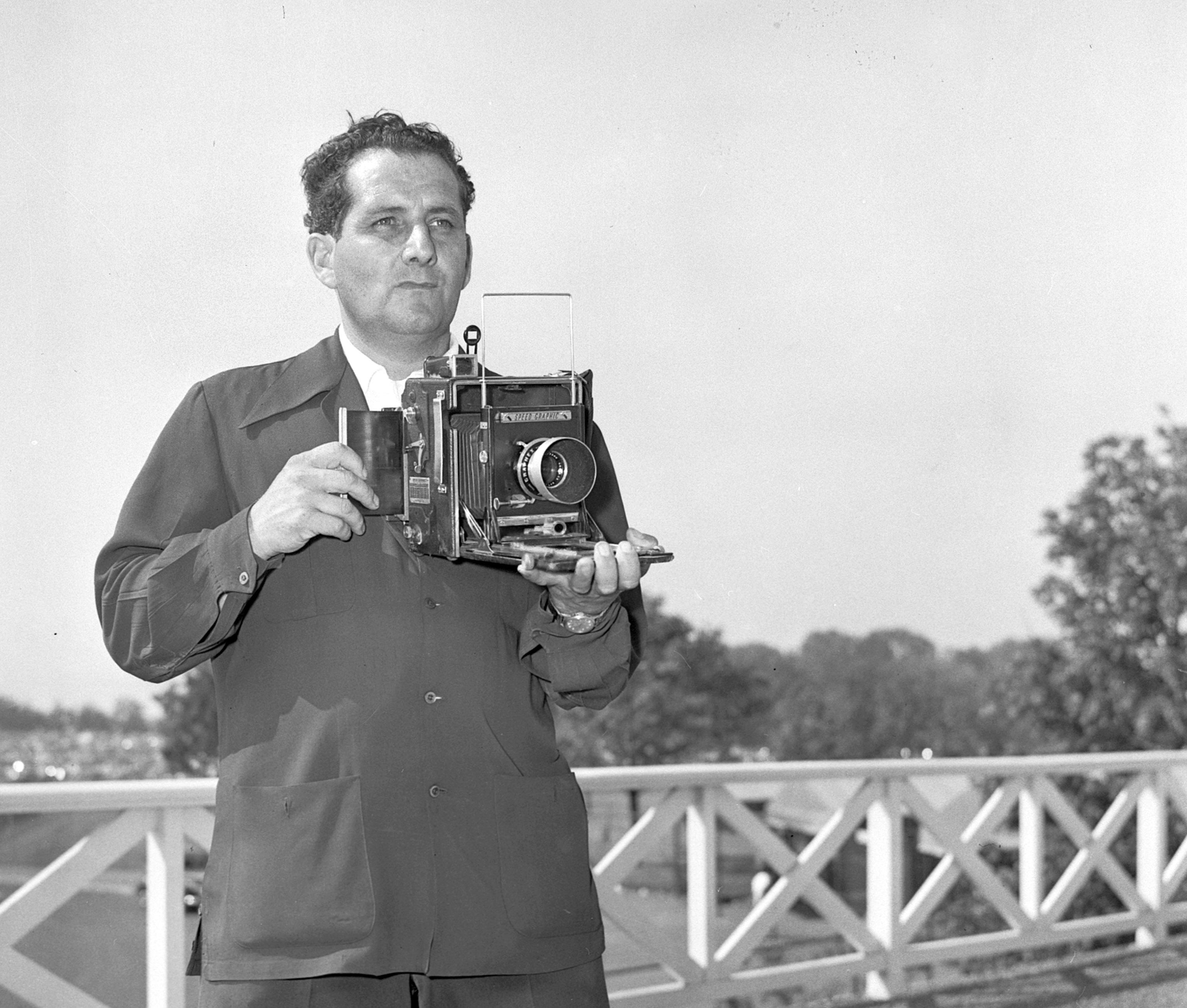 BY STEPHANIE LUCE Collections Manager
BY STEPHANIE LUCE Collections Manager
“This photographer guy kept lining us up with a string. I found out that he was a racetrack photographer and wouldn’t make a shot unless it was a photo finish.”
– BOB HOPE
Jim Raftery always enjoyed being around horses. Growing up near the Commonwealth Armory in Boston, Raftery had a variety of jobs that afforded him that opportunity, including exercising polo ponies, galloping thoroughbreds, and schooling jumpers. In 1933, Raftery led the first set of horses on the track at Rockingham after racing in New England was legalized. He first won as a jockey at the age of 20 at the Marshfield Fair in Massachusetts. Such early experiences led Raftery on a path to becoming one of the most accomplished racing photographers in American history.

James Joseph Raftery was born on Jan. 29, 1915, in Everett,
Massachusetts. After drifting away from an unsuccessful jockey career, he continued to work at the tracks. For a while, he had a job with the Harry M. Stevens hot dog stand, which took him to the tracks in New England, Maryland, and Florida. In 1935, Raftery was an amateur photographer with a cheap camera, but that all changed while working the hot dog stand at Tropical Park. One day a customer left an expensive camera, which Raftery brought to the lost and found. After going unclaimed, Raftery took the camera and began his career as a professional photographer. At the start, he set up a darkroom in his trailer and used any extra cash to buy better equipment.
“But I was fooling around with photography even when I was fooling
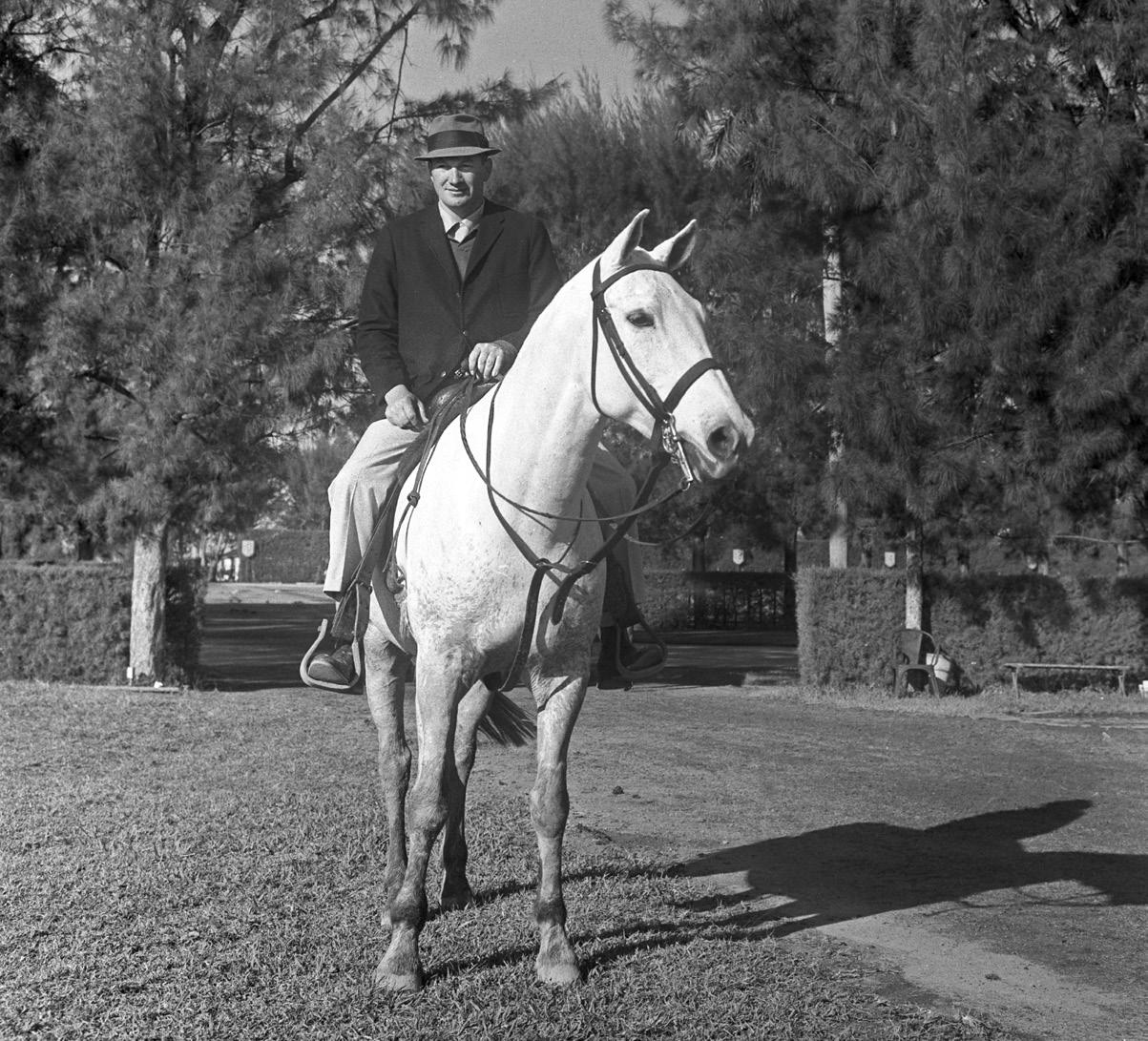


around with horses. Men like C. C. Cook, Mike Sirico, and Leo Frutkoff would always see me fooling around with cameras and taking pictures of horses, and they gave me my start,” Raftery said in a 1989 interview with the Miami Herald
When the racetracks reopened after the beginning of World War II, Raftery was working at Hialeah for photographer Leo Frutkoff when drafted into the Army. After the fighting in Europe ended, Raftery was sent to Camp Cooke near Santa Barbara, California. Many Hollywood stars came to the camp, and Bob Hope invited Raftery to his set with him. During one of his shows, Hope said, “This photographer guy
kept lining us up with a string. I found out that he was a racetrack photographer and wouldn’t make a shot unless it was a photo finish.”
After being discharged, Raftery went back to Hialeah to continue his photography career. He became the official photographer for the track in 1944, a position he held until his death. He became a staple at many of the racetracks in Florida and New Jersey. His track photography business, Turfotos, thrived and had locations at Atlantic City, Garden State, Gulfstream, Hialeah, and Monmouth. He also shot for various periods of time at Laurel, Narragansett, Pimlico, Saratoga, Suffolk Downs, Tropical Park, and Waterford Park, among others.



Raftery photographed many of the greats in thoroughbred racing during his career, including Hall of Fame members such as Bold Ruler, Kelso, Nashua, Swaps, James “Sunny Jim” Fitzsimmons, John Veitch, Bill Hartack, Bill Shoemaker, and many more. Also, during his career, he photographed some of the most prominent guests to visit the racetracks, including Winston Churchill, Bob Hope, Grace Kelly, Harry Truman, and the Duke and Duchess of Windsor.
Raftery was also an entertainer and an artist. He was a member of both the Clowns of America and the International Brotherhood of Magicians. He performed at children’s hospitals, and he even wrote and produced shows for the Jockey Guild dinners. He also designed and physically created countless signs and props, as well as cards featuring poetry and humor. Raftery continued to work and be hands-on with his business until he died in 1994.


During a career that encompassed the eras of Citation and Native Dancer to the beginning of the 21st century, Joe Hirsch received every conceivable honor that could have been bestowed upon someone who considered himself merely lucky to be able to write about the sport he loved.
A native New Yorker and a graduate of New York University, Hirsch made his mark in thoroughbred racing as both a tireless reporter for Daily Racing Form and a peerless ambassador of the game. His signature work occurred each spring when he followed the quest for the American classics in his “Derby Doings” for the Form, but beyond that the entire racing world was his oyster. He was instrumental in the creation of the Arlington Million in 1981, a midsummer classic for older runners that reached out to the best stables of Europe. Likewise, Hirsch was there at the dawn of the Japan Cup, the Breeders’ Cup, and the Dubai World Cup, stamping each event with the imprimatur of his formidable reputation.
A grateful racing industry gave Hirsch both an Eclipse Award for Outstanding Newspaper Writing (1978) and the Award of Merit (1992) for a lifetime of service. His British colleagues recognized Hirsch’s international reach with the Lord Derby Award (1981). Hirsch won the Big Sport of Turfdom Award (1983), The Jockey Club Medal (1989), and was the 1994

Honor Guest at the Thoroughbred Club of America’s testimonial dinner. The National Turf Writers Association, which was founded by Hirsch in 1959, honored him with the Walter Haight Award for excellence in turf writing (1984), the Joe Palmer Award for meritorious service to racing (1994), and the Mr. Fitz Award for typifying the spirit of horse racing (1998).
The Joe Hirsch Media Roll of Honor at the National Museum of Racing and Hall of Fame is not the only institution that bears the imprint of Hirsch’s name. Press boxes at Saratoga Race Course and Churchill Downs have been named for him, along with the Joe Hirsch Breeders’ Cup Writing Award, the Joe Hirsch Scholarship of the National Thoroughbred Racing Association, Joe Hirsch Turf Classic Invitational, and a major grass race run each fall at Belmont Park. Hirsch retired from Daily Racing Form in 2003 and died in 2009 in New York, at the age of 80.
The National Museum of Racing’s Joe Hirsch Media Roll of Honor was established in 2010 to recognize individuals whose careers have been dedicated to, or substantially involved in, writing about thoroughbred racing (non-fiction), and who distinguished themselves as journalists. The criteria has since been expanded to allow the inclusion of individuals who have contributed to racing through other forms of media.
William Nack (2010)
Dr. Russ Harris (2011)
Joe Palmer (2011)
Jay Hovdey (2012)
Whitney Tower (2012)
Andrew Beyer (2013)
Steven Crist (2010) Charles Hatton (2010) Walter “Red” Smith (2010) Kent Hollingsworth (2013) George F. T. Ryall (2013) Jennie Rees (2014) Jim Murray (2014) Steve Haskin (2015) Raleigh Burroughs (2015) Maryjean Wall (2016) Jim McKay (2016) Michael Veitch (2017) Jack Whittaker (2017) Barney Nagler (2017) Joe Burnham (2018) Tom Hammond (2018) Charlsie Cantey (2019) Billy Reed (2019) Pierre “Peb” Bellocq (2020) William Leggett (2020) Walter Haight (2021) Jack Mann (2021) Jay Priivman (2021)MEDIA ROLL OF HONOR
In 2018, the National Museum of Racing and Hall of Fame announced the call for submissions for Photo Finish, an annual juried photography exhibition. Amateur and professional photographers are invited to submit entries for consideration; the only requirement is that all photographs must relate to the sport of thoroughbred racing in North America. Now entering its fourth year, the next Photo Finish exhibition will debut in the von Stade Gallery in time for Breeders’ Cup weekend in November 2022. To date, 185 photographers have participated in this exhibition program, hailing from 27 states, three Canadian provinces, and Ireland. We hope you enjoy this sampling of exhibit photographs from the 2021 Photo Finish exhibition. More images from the exhibition can be found on the Museum’s website at racingmuseum.org/exhibits/photo-finish-juried-photography-exhibition.





















Let’s go beyond conventional HVAC thinking and make buildings more cost efficient and sustainable.
Trane is transforming buildings with experience, innovation and a passion for making buildings better. www.trane. com











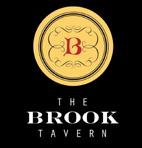
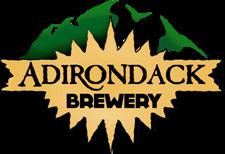
The National Museum of Racing and Hall of Fame would like to thank the generous sponsors and vendors that supported the 2022 Derby Party fundraiser!











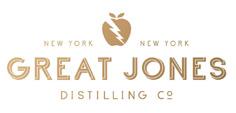



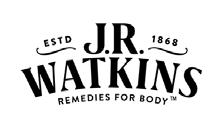





We were so grateful to welcome patrons back to celebrate in the Hall of Fame. With nearly 400 attendees and significant funds raised for the Museum, it was a success! Many, many thanks to our community partners who made the event possible.





Wednesday, July 13 — Museum Members Opening Reception: Betting on America: The Immigrant Experience and the Hall of Fame and Jim Raftery: A Turfotos Retrospective. We welcome Museum Members in for a first look at the Museum’s new summer exhibits, Betting on America and Jim Raftery. Reception features light refreshments and is business casual. Thank you to beverage sponsors Saratoga Eagle, Jackson Family Wines, and Mazzone Hospitality. Time: 5 p.m. to 7 p.m. Members Only. To become a museum member, call (518) 584-0400 ext. 112.
Saturday, July 16 — Saturday Morning Social Join Museum staff for complimentary coffee and donuts, and an author talk and book signing with Mary Perdue, author of “Landaluce: The Story of Seattle Slew’s First Champion.” Books will be available to purchase in the Museum’s Gift Shop. Special thank you to Saratoga Spring Water for supplying this event. Time: 9 a.m. to 11 a.m. Cost: Free to attend. Location: Museum Lobby.
Tuesday, July 19 — Racing Partnership and Syndicate Night
Learn about how to get involved in thoroughbred ownership from some of the top partnerships in the game. There will be giveaways, complimentary refreshments graciously donated by Saratoga Eagle and Price Chopper, and an opportunity to meet representatives from participating partnerships. Time: 5:30 p.m. to 7:30 p.m. Cost: Free to attend. Location: Hall of Fame.
Saturday, July 23 — Saturday Morning Social Join Museum staff for complimentary coffee and donuts, and a 30-minute presentation with Charlie Kuenzel on Hall of Fame trainer James E. “Sunny Jim” Fitzsimmons. Special thank you to Saratoga Spring Water for supplying this event. Special thank you to Saratoga Spring Water for supplying this event. Time: 9 a.m. to 11 a.m. Cost: Free to attend. Location: Hall of Fame.
Saturday, July 30 — Saturday Morning Social Join Museum staff for complimentary coffee and donuts, and a showing of a 33-minute documentary on racehorse Mill Reef. Special thank you to Saratoga Spring Water for supplying this event. Time: 9 a.m. to 11 a.m. Cost: Free to attend. Location: Hall of Fame.
*Saturday, July 30 — Racing and Rosé Fashion Show
With Saratoga Living magazine and Miss Scarlett Boutique, featuring special guest Carson Kressley. Time: 11 a.m. to 1 p.m. Please visit racingmuseum.org for more details.
Monday, August 1 — Educational Symposium
Free program with Amplify Horse Racing and Together for Racing International. Stop by for a meet and greet and educational program to engage the thoroughbred racing industry and Saratoga Springs community in ways to work together. There will be refreshments, a survey for attendees, and a raffle/drawing for a unique item/experience. Time: 5:30 p.m. to 7:30 p.m. Location: Hall of Fame.

The Museum inducts the 2022 Hall of Fame class. The ceremony will also be live streamed at racingmuseum.org. Time: 10:30 a.m. Cost: Free to attend (limited seating).
Location: Fasig-Tipton, 153 George Street, Saratoga Springs.
Saturday, August 6 — Saturday Morning Social Join Museum staff for complimentary coffee and donuts, and a Hall of Fame inductee autograph signing. Special thank you to Saratoga Spring Water for supplying this event. Time: 9 a.m. to 11 a.m. Cost: Free to attend. Location: Museum lobby.


Friday, August 12 — 46th Annual Museum Ball
By Invitation Only. For more information, contact (518) 584-0400 ext. 100.
Saturday, August 13 — Saturday Morning Social
Join Museum staff for complimentary coffee and donuts. Special thank you to Saratoga Spring Water for supplying this event. Time: 9 a.m. to 11 a.m. Cost: Free to attend.
Saturday, August 20 — Saturday Morning Social
Join Museum staff for complimentary coffee and donuts, and a book signing with Michael Veitch, author of “Legacy of Excellence: Thoroughbred Racing in Saratoga Springs 1956-2008.” Books will be available to purchase in the Museum Gift Shop. Special thank you to Saratoga Spring Water for supplying this event. Time: 9 a.m. to 11 a.m. Cost: Free to attend. Location: Museum lobby.
The National Museum of Racing and Hall of Fame partnering with ThoroFan for “Trivia Night at the Museum.” Contestants can compete individually or as a team (maximum of four people) for great prizes. Prizes will be awarded to the winner of each of three rounds, as well as to the overall points winner for the event. For more information, visit thorofan.com. Time: 6 p.m. to 8 p.m. Cost: $15 Museum members, $25 Non-members. RSVP to Tricia Warrens at (518) 584-0400 ext. 112 or at twarrens@racingmuseum.net
Celebrate the racing season at the Museum on Travers Stakes eve. Enjoy refreshments in the Museum’s Cornelius Vanderbilt Whitney Courtyard with fellow Museum members and racing enthusiasts. Time: 6 p.m. to 7:30 p.m. Cost: Free for members, $10 for non-members.
Saturday, August 27 — Saturday Morning Social
Join Museum staff for complimentary coffee and donuts, and special guest analysts for a casual discussion of Travers Day racing action at Saratoga. Complimentary coffee and donuts will be served, and Saratoga past performances will be provided. Special thank you to Saratoga Spring Water for supplying this event. Time: 9 a.m. to 11 a.m. Cost: Free. Location: Museum lobby.
Saturday, September 3 — Saturday Morning Social
Join Museum staff for complimentary coffee and donuts, and a book reading with Maddy Zanetti and meet and greet with local celebrity Upset. Special thank you to Saratoga Spring Water for supplying this event. Time: 9 a.m. to 11 a.m. Cost: Free to attend. Location: Museum lobby.

Celebrate the holiday season with a members-only gathering, featuring food, drink, entertainment, and a special gift shop discount. Time: 6 p.m. to 8 p.m. RSVP to Tricia Warrens at (518) 584-0400 ext. 112 or at twarrens@racingmuseum.net
Oklahoma Training Track Tours: Available June through October, this exclusive, 90-minute behind-the-scenes walking tour of Saratoga Race Course’s famous training site offers guests the opportunity to experience the morning workouts and includes Museum admission. Reservations required (no children under the age of 10 permitted). Cost: $15 adults, $10 seniors and students, 50% off for Museum members. Reservations and additional details: call (518) 584-0400 ext. 103.
Tom Durkin Museum Tours: Join legendary race caller Tom Durkin for a unique and entertaining tour experience of the National Museum of Racing and Hall of Fame. These special tours last one hour and include a showing of the Museum’s new signature film, What It Takes: Journey to the Hall of Fame. Dates: Beginning July 14, Wednesday through Sunday (no tour August 5). Cost: $30 Museum members, $35 Non-members. Reservations and additional details: call (518) 584-0400 ext. 103.
Betting on America: The Immigrant Experience and the Hall of Fame: An in-depth exhibit chronicling the lives and impact on the sport of the Hall of Fame inductees born outside of America. The exhibit features interactive content, artwork, memorabilia, photography and much more to tell the inspiring stories of the foreign-born members of the Hall of Fame. Location: McBean Gallery.
Jim Raftery: A Turfotos Retrospective (from the collection of Barbara D. Livingston): A look at the remarkable career of photographer Jim Raftery, featuring iconic images of the racing scene Raftery covered for more than half a century. Location: von Stade Gallery.
The Paintings of Richard Stone Reeves: A selection of paintings by legendary artist Richard Stone Reeves from the Museum Collection, featuring Hall of Fame racehorses such as Cicada, Exceller, Gallorette, Ruffian, Susan’s Girl, and Sword Dancer, among others. Location: Link Gallery.
Charles H. Thieriot Collection: A seasonal exhibition (on display each summer through December) featuring several paintings from the masters of British sporting art. Location: McBean Gallery.

Benoit Photo — Pg. 86 (Richard Mandella)
The BloodHorse — Pg. 44 (Damascus)
Breeders’ Cup/Eclipse Sportswire — Pg. 50 (Beholder), Pg. 51 (Beholder), Pg. 52 (Beholder), Pg. 53 (Beholder, both images), Pg. 55 (Beholder, both images)
Michael Burns — Pg. 84 (Roger Attfield), Robert Clark — Pg. 47 (Ghostzapper), (Wise Dan), (American Pharoah), Pg. 54 (Beholder), Pg. 61 (Tepin)
Currier and Ives — Pg. 40 (Salvator)
Skip Dickstein — Pg. 62 (Tepin), Pg. 63 (Tepin, bottom)
Alvan Fisher — Pg. 40 (American Eclipse)
Getty Images — Pg. 67 (Bill Hartack)
Charles J. Fox — Pg. 103 (Marshall Cassidy), Haggin Museum — Pg. 108 (James Ben Ali Haggin), Pg. 111 (James Ben Ali Haggin, both images)
Dell Hancock — Pg. 124 (Richard Stone Reeves and Secretariat)
Hollywood Park — Pg. 68 (Hillsdale, bottom left), Pg. 69 (Hillsdale, top right), Pg. 73 (Royal Heroine), Pg. 74 (Royal Heroine, both images), Pg. 75 (Royal Heroine, both images)
Keeneland Library Cook Collection — Pg. 41 (Exterminator), (Man o’ War), Pg. 42 (Twenty Grand), Pg. 66 (Thomas Burns), Pg. 67 (Clarence Kummer), Pg. 69 (Jack Westrope), Pg. 85 (Sam Hildreth), Pg. 86 (James Rowe, Sr.), Pg. 104 (Marshall Cassidy), Pg. 122 (Walter Miller), Pg. 123 (Walter Miller and Hamburg Belle), Pg. 124 (Walter Miller and Dandelion), (Walter Miller and Gravesend jockeys), Pg. 125 (Walter Miller, top and inset)
Keeneland Library Meadors Collection — Pg. 44 (Round Table),
Keeneland Library Morgan Collection — Pg. 43 (Count Fleet), (Citation), Pg. 67 (Eric Guerin), Pg. 87 (Mikey Smithwick), Pg. 88 (Oscar White), Pg. 89 (Oscar White), Pg. 90 (Oscar White, top left and top right), Pg. 96 (James Cox Brady), Pg. 98 (James Cox Brady), Pg. 99 (James Cox Brady, both images), Pg. 105 (Marshall Cassidy, both images)
Everett Kintsler — Pg. 97 (James Cox Brady)
Douglas Lees — Pg. 117 (Secretariat), Pg. 118 (Secretariat), Pg. 119 (Secretariat)
Barbara D. Livingston — Pg. 46 (Princess Rooney and Dance Smartly), Pg. 85 (Allen Jerkens), Pg. 87 (Charles Whittingham)
Charles C. Markham — Pg. 68 (James McLaughlin)
Tod Marks — Pg. 84 (Jack Fisher), Pg. 87 (Tom Voss)
Bob Mayberger — Pg. 26 (Museum exterior), Pg. 27 (Hall of Fame), Pg. 31 (top and bottom), Pg. 33 (20th Century Gallery), Pg. 35 (Pre-Civil War Gallery), Pg. 59 (Tepin)
Pat McDonough (courtesy of) — Pg. 67 (Hillsdale), Pg. 68 (Hillsdale, top and bottom right)
Audrey Menefee — Pg. 68 (Willie Simms)
National Museum of Racing Collection — Pg. 31 (middle left and middle right), Pg. 41 (Maskette), (Old Rosebud), Pg. 42 (Sarazen, by C. C. Cook), (War Admiral), (Eight Thirty), Pg. 43 (Stymie, by Bert Morgan), (Gallorette, by Bert Morgan), Pg. 44 (Bowl of Flowers, by Bert and Richard Morgan), Pg. 45 (John Henry, Hollywood Park), Pg. 66 (Hillsdale, by Bert and Richard Morgan), Pg. 66 (Braulio Baeza), Pg. 68 (Chris McCarron, by Bill Mochon), Pg. 68 (Isaac Murphy), Pg. 69 (Tod Sloan, by C. C. Cook), Pg. 84 (Matthew Byrnes), Pg. 84 (James Fitzsimmons, by Bert and Richard Morgan), Pg. 85 (William Lakeland), Pg. 86 (Ron McAnally, by Bill Mochon), Pg. 87 (R. W. Walden), Pg. 90 (Oscar White, bottom), Pg. 91 (Oscar White), Pg. 125 (Walter Miller and John Madden, by C. C. Cook), Pg. 128 (Edward D. Brown)
New York Racing Association — Pg. 44 (Kelso), Pg. 45 (Affirmed), Pg. 46 (Easy Goer), (Cigar), Pg. 58 (Tepin), Pg. 60 (Tepin), Pg. 63 (Tepin, top), Pg. 66 (Jerry Bailey), (Steve Cauthen), Pg. 67 (Ramon Dominguez), Pg. 68 (Edgar Prado), Pg. 69 (Gary Stevens), Pg. 85 (D. Wayne Lukas), Pg. 86 (Todd Pletcher), Pg. 114 (Secretariat), Pg. 116 (Secretariat), Pg. 117 (Secretariat)
Princess Livolf Parlegy — Pg. 110 (James Ben Ali Haggin)
Jim Raftery/Turfotos — Pg. 141-145 (all images), Pg. 162 (all images)
Richard Stone Reeves — Cover (Exceller), Pg. 45 (Ruffian), (Susan’s Girl), Pg. 47 (Point Given), Pg. 69 (Hillsdale), Pg. 72 (Royal Heroine), Pg. 132 (One Count), Pg. 133 (Dr. Fager), Pg. 134 (Nashua), Pg. 135 (Ruffian and Tom Fool), Pg. 136 (Shuvee and Mill Reef), Pg. 137 (Neji)
Gean Smith — Pg. 20-21 (Domino and Henry of Navarre), Pg. 109 (Waterboy and James Ben Ali Haggin)
Spirit of the Times — Pg. 130 (Baden-Baden)
Vic Stein Photography (Hollywood Park Collection) Pg. 68 (Hillsdale, bottom left), Pg. 69 (Hillsdale, top right)
Henry Stull — Pg. 131 (Hindoo)
Edward Troye — Pg. 40 (Ruthless), Pg. 129 (Asteroid)
Charles L. Zellinsky — Pg. 40 (Hanover)
Note: Hollywood Park vintage photos provided by Edward Kip Hannan and Roberta Weiser.
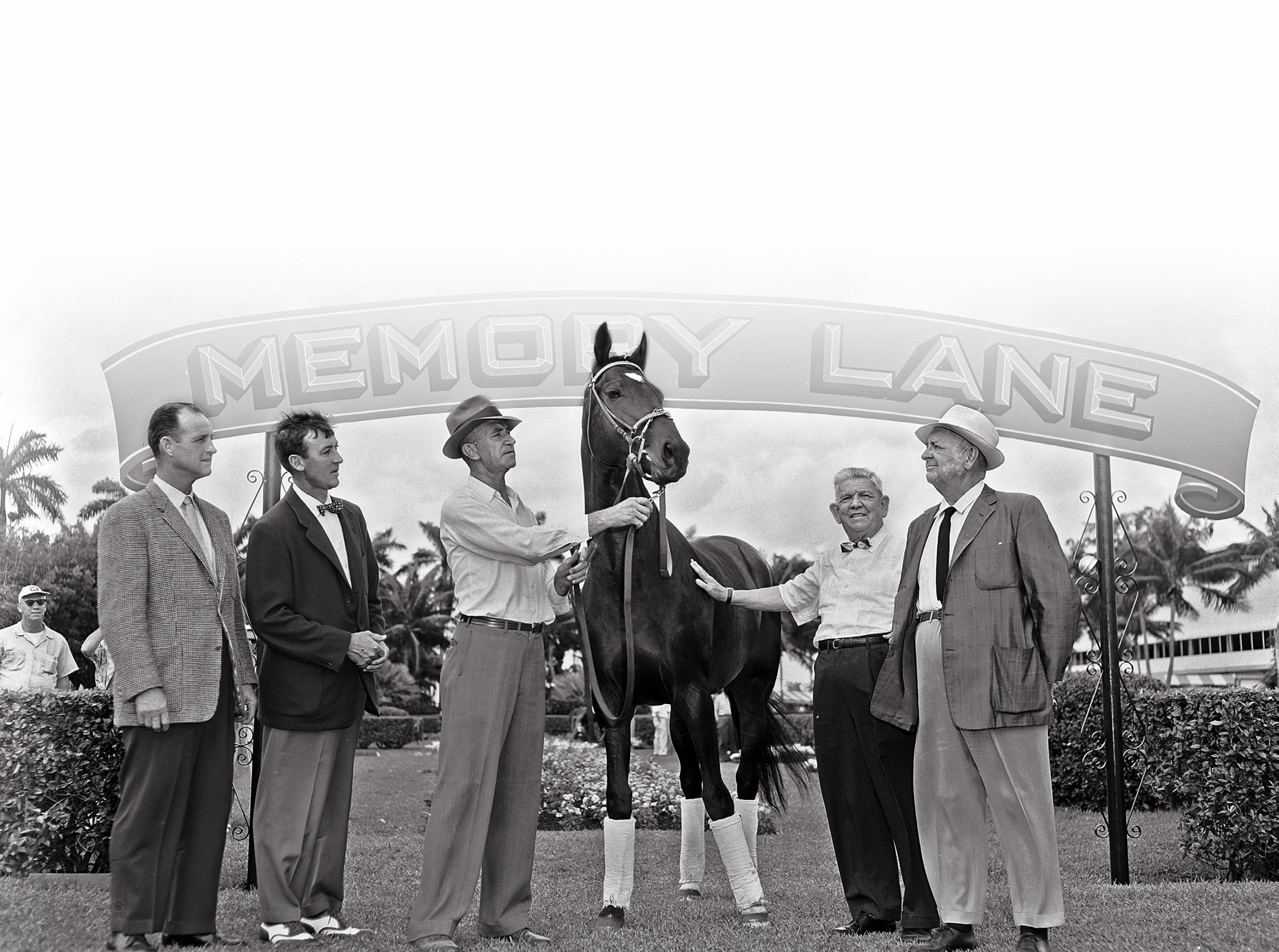

Breeders’ Cup Inside front cover
Adirondack Trust Pg. 3 Adelphi Hotel Pg. 4-5
Eclipse Thoroughbred Partners Pg. 6 Godolphin Pg. 7
Lane’s End Pg. 8 Oaklawn Park Pg. 9 Saratoga Arms Pg. 10 Claiborne Farm Pg. 11
University of Louisville
Pg. 14
WinStar Farm Pg. 15
Live Oak Plantation Pg. 16
Gainesway Farm Pg. 17
UHY Accounting Pg. 19
Tampa Bay Downs Pg. 22
The Jockey Club Pg. 23
New York Racing Association Pg. 24-25 Centennial Farms Pg. 30 Starlight Racing Pg. 34
New York Thoroughbred Horsemen’s Association Pg. 36 Old Tavern Farm Pg. 37 Mazzone Hospitality Pg. 38 Greg Montgomery/Spa Fine Art Pg. 39
Old Friends Pg. 48
Thoroughbred Club of America Pg. 49
Thoroughbred Racing Commentary Pg. 56
Private Jet Professionals Pg. 57
Skip Dickstein Pg. 64
Uptowncharlybrown Stud Pg. 65 Empire Merchants Pg. 70
The Saratoga Special
Pg. 71
Robert Clark Pg. 76
Saratoga Eagle Distributors Pg. 77
1/ST Racing
Pg. 82-83
New York Thoroughbred Breeding and Dev. Fund Pg. 92 Belmont Child Care Association Pg. 93
New York Thoroughbred Breeders Pg. 100 Wishing Well and Brook Tavern Pg. 100
Saratoga Springs History Museum Pg. 106 Miss Scarlett Boutique Pg. 106
Bonacio Construction Pg. 107 Julie and Co. Realty Pg. 107
West Side Property Management ............................................................................. Pg. 107
The Savory Pantry Pg. 112
Thoroughbred Retirement Foundation Pg. 112 West Point Thoroughbreds Pg. 113 The BloodHorse Pg. 113
Canadian Horse Racing Hall of Fame Pg. 120 Rood and Riddle Pg. 120 Donna Lawrence Productions Pg. 121 Sharon Crute Pg. 121 Taverna Novo Pg. 126
Discover Saratoga Pg. 126 Impressions/The Dark Horse Pg. 127 Holiday Inn Pg. 127
Celeste Susany Pg. 138
Clifton Park Rental Pg. 138 Capital OTB Pg. 139
TLore Stable Management Pg. 139 McKenna and Franck Pg. 146 AIM Services Pg. 146 Trane Technologies Pg. 154 TOGA Heritage Pg. 154
Fasig-Tipton..............................................................................................
Spendthrift Farm
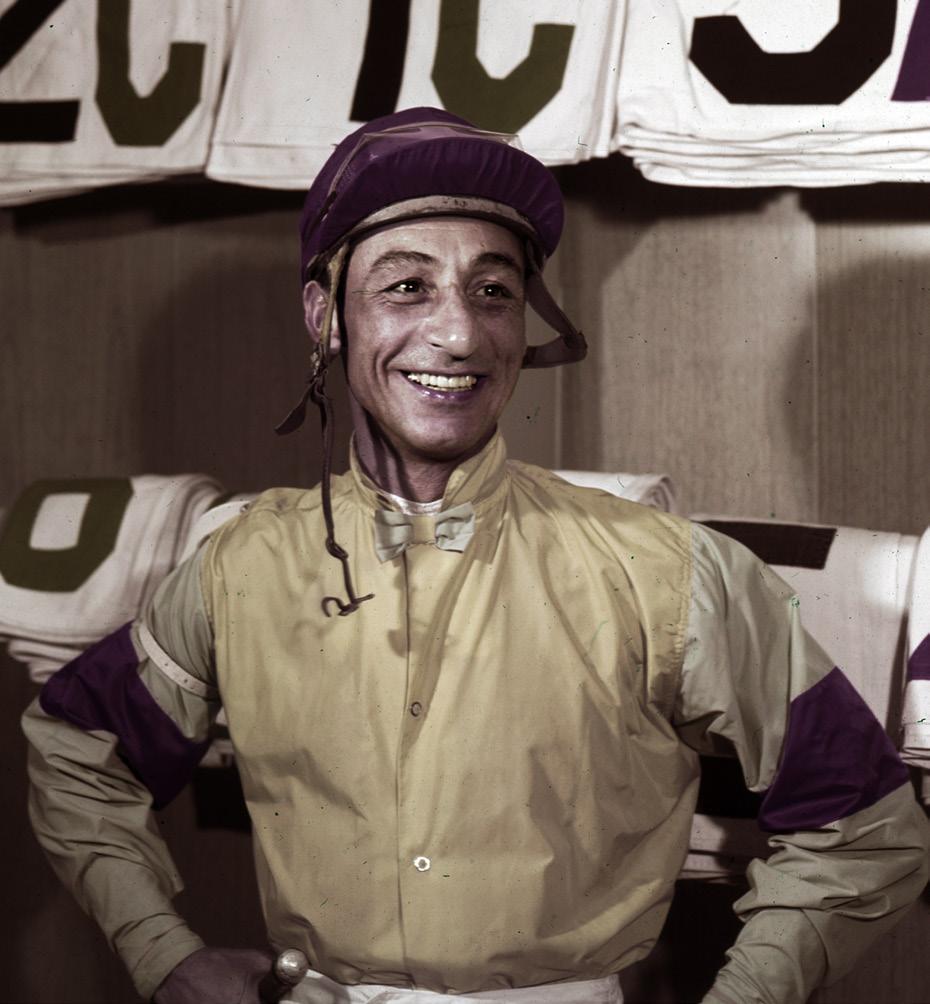



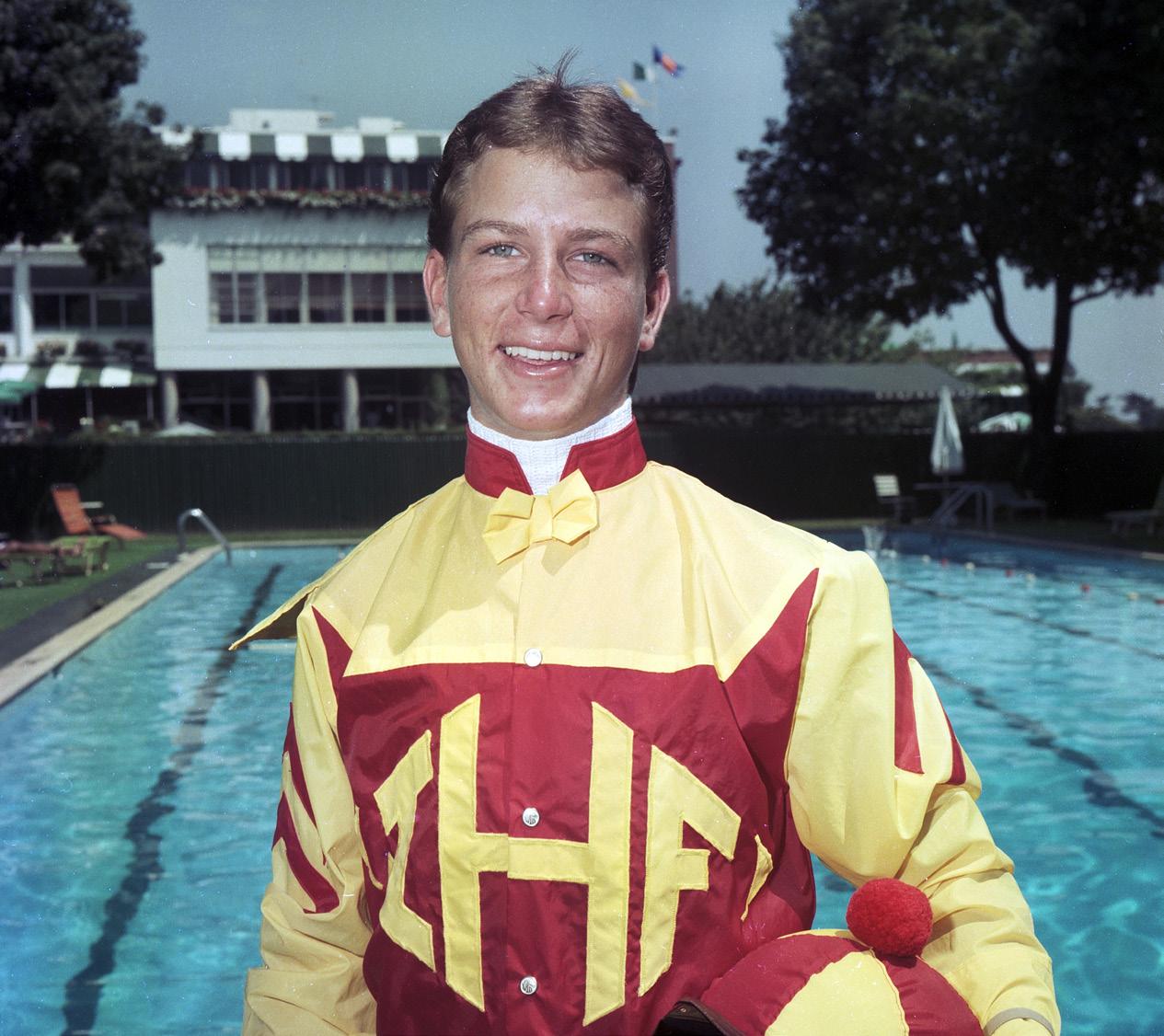
 Clockwise from top: Eddie Arcaro, Atlantic City Race Course, 1955; Chris Antley, Monmouth Park, 1984; Braulio Baeza, location and date unknown; Laffit Pincay, Jr., Gulfstream Park, 1984; Don Brumfield, Hialeah Park, 1967; Bill Hartack, Garden State Park, date unknown.
Clockwise from top: Eddie Arcaro, Atlantic City Race Course, 1955; Chris Antley, Monmouth Park, 1984; Braulio Baeza, location and date unknown; Laffit Pincay, Jr., Gulfstream Park, 1984; Don Brumfield, Hialeah Park, 1967; Bill Hartack, Garden State Park, date unknown.
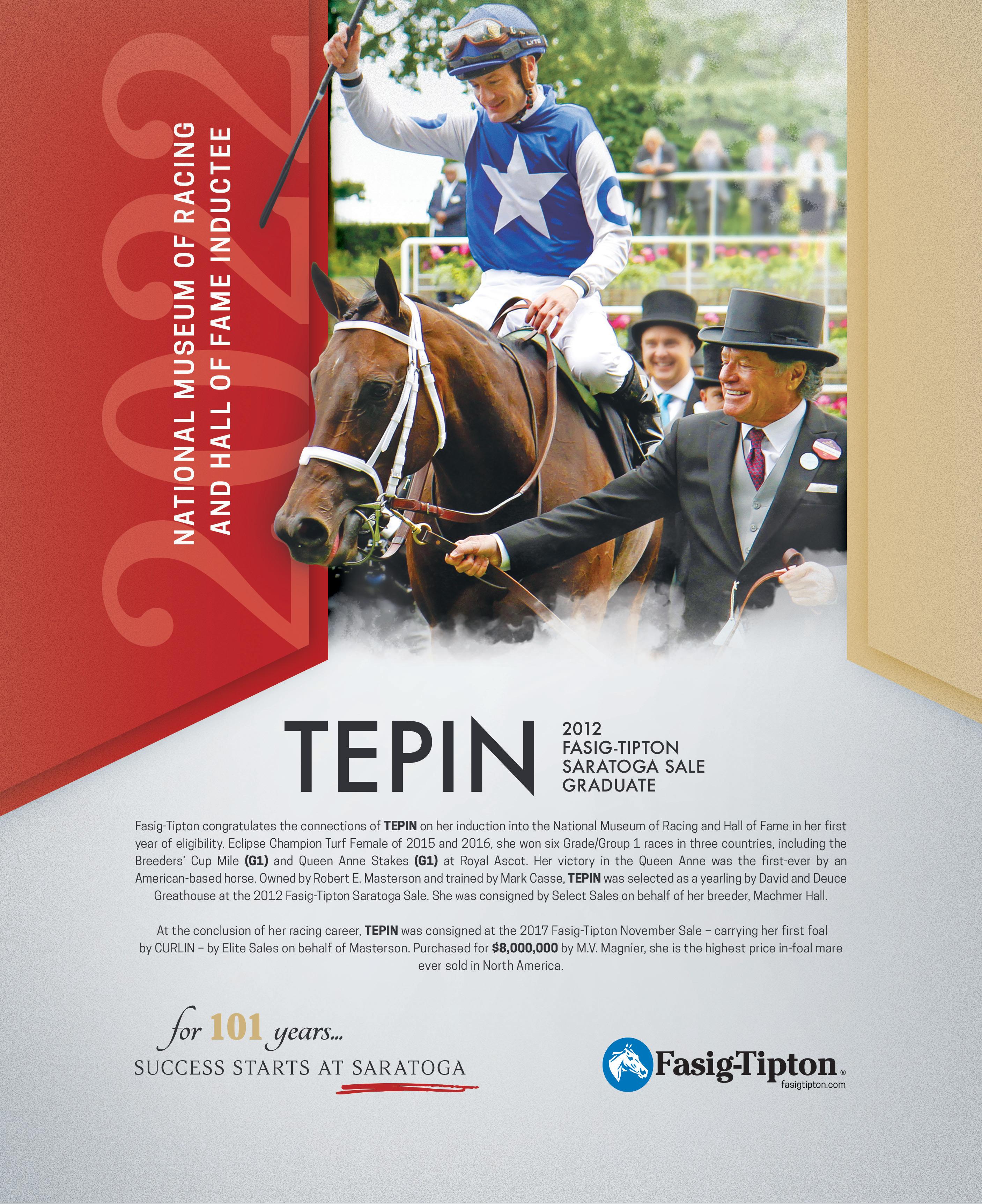
It takes a lot of special people along the way to help make a special racehorse.
We dearly thank everyone who contributed to the Hall of Fame career of Beholder.
 2022 National Museum of Racing and Hall of Fame inductee
2022 National Museum of Racing and Hall of Fame inductee